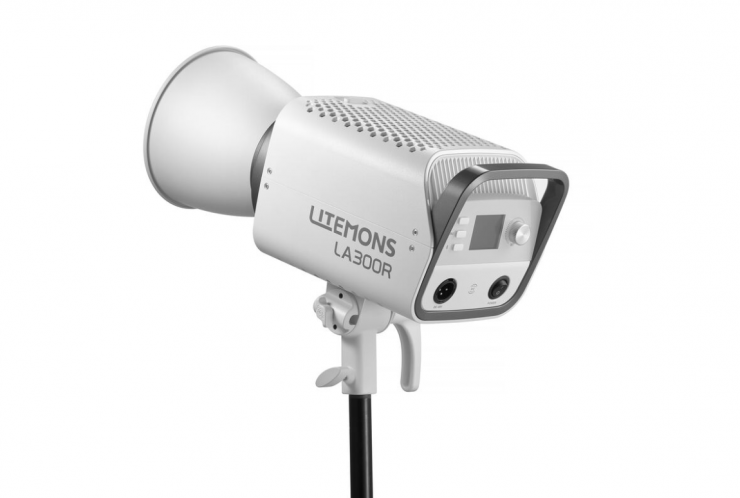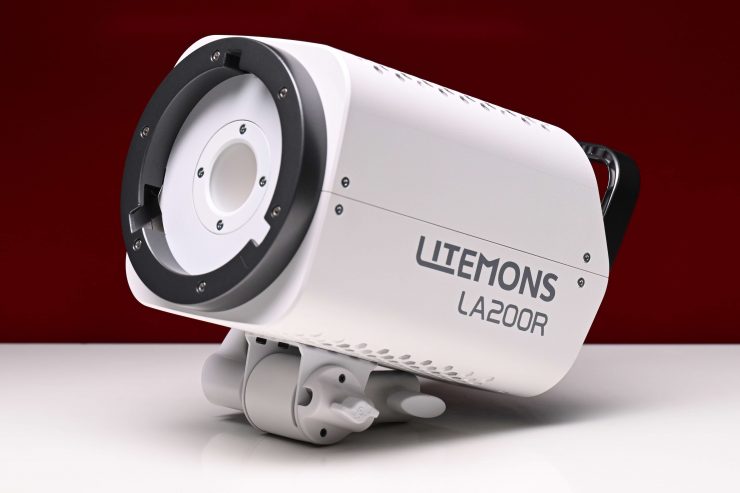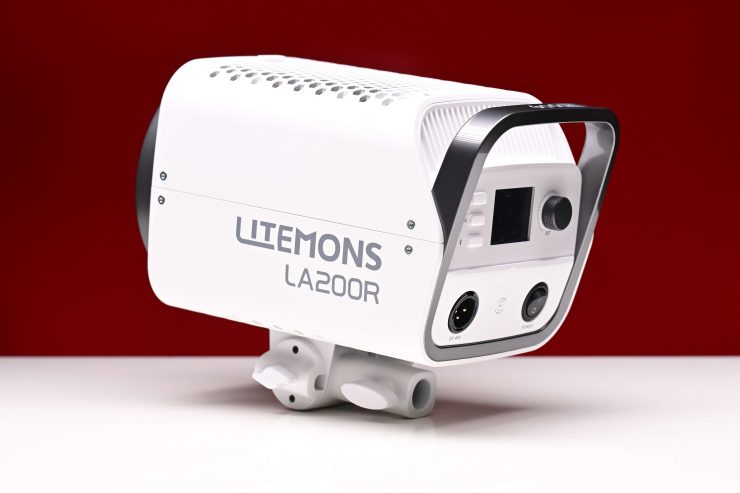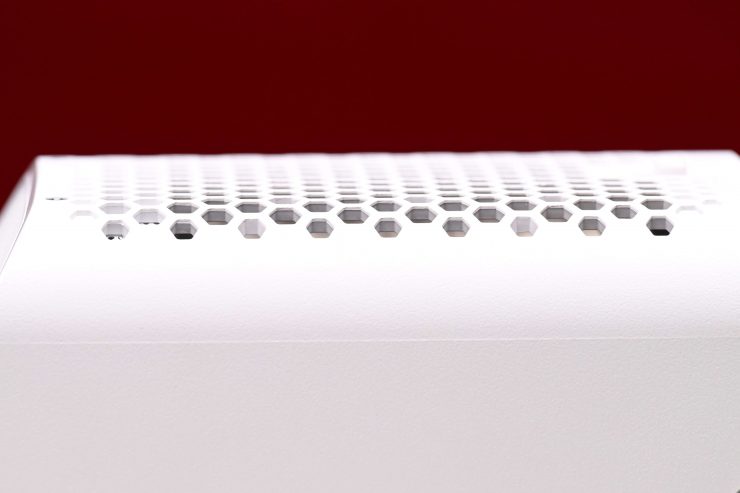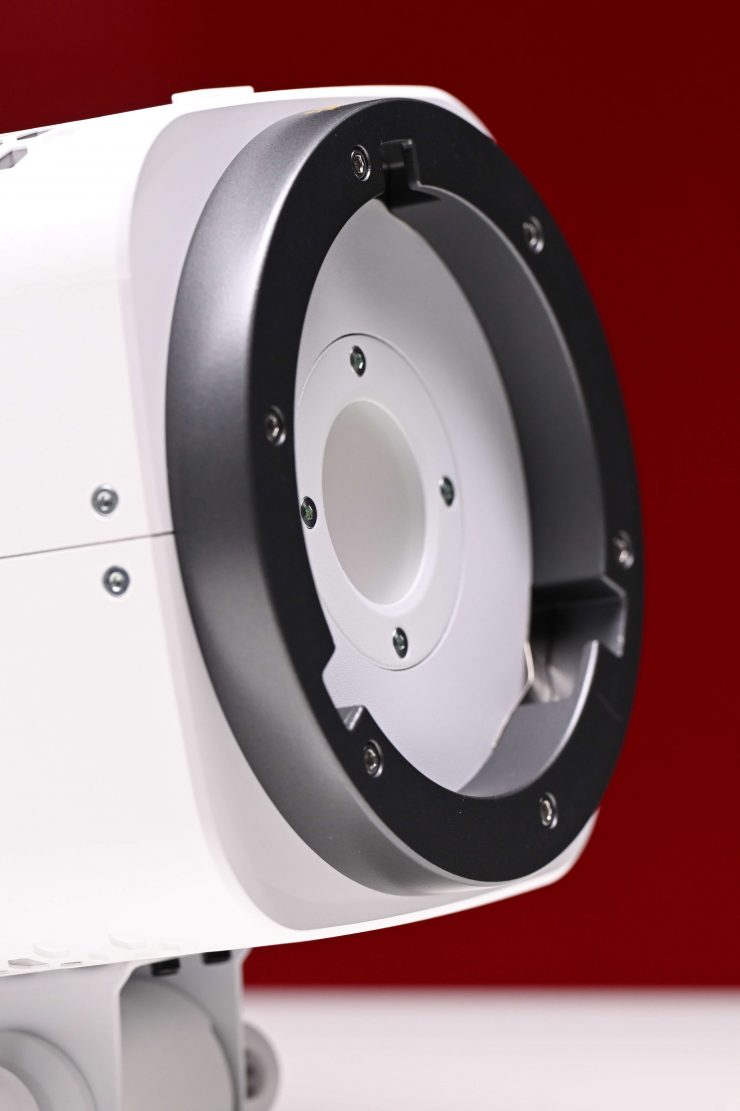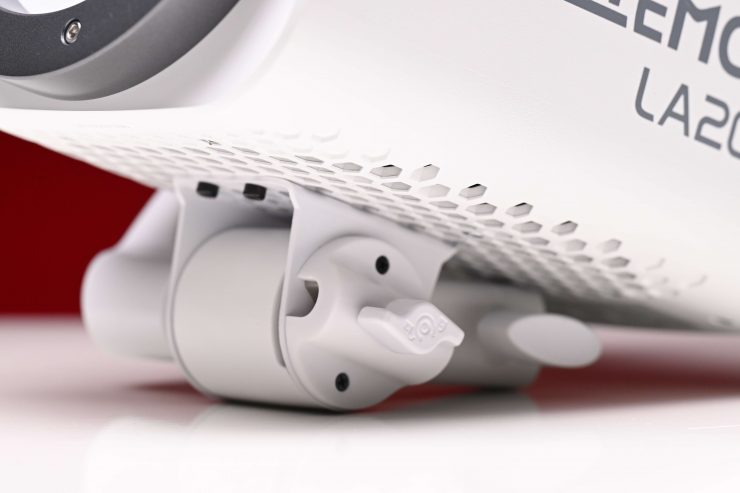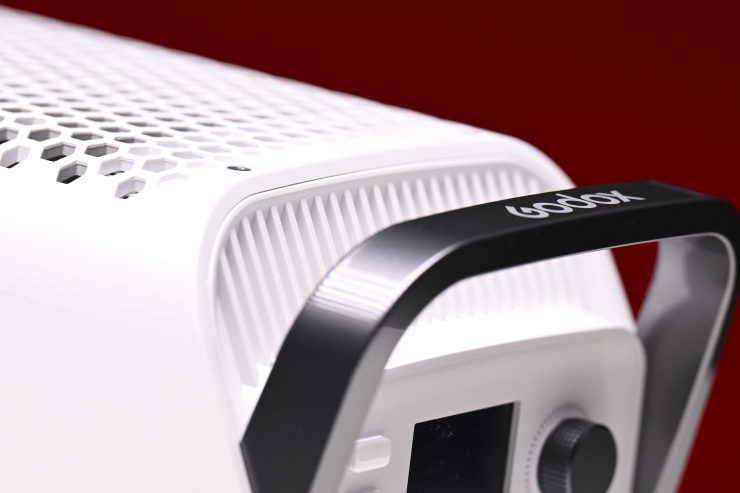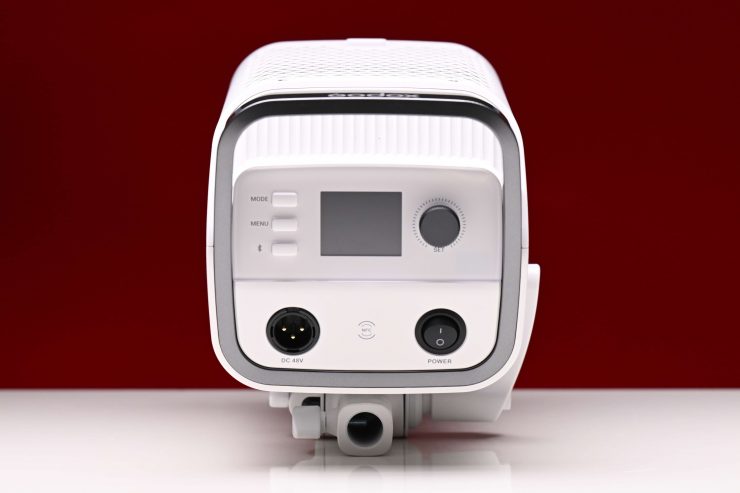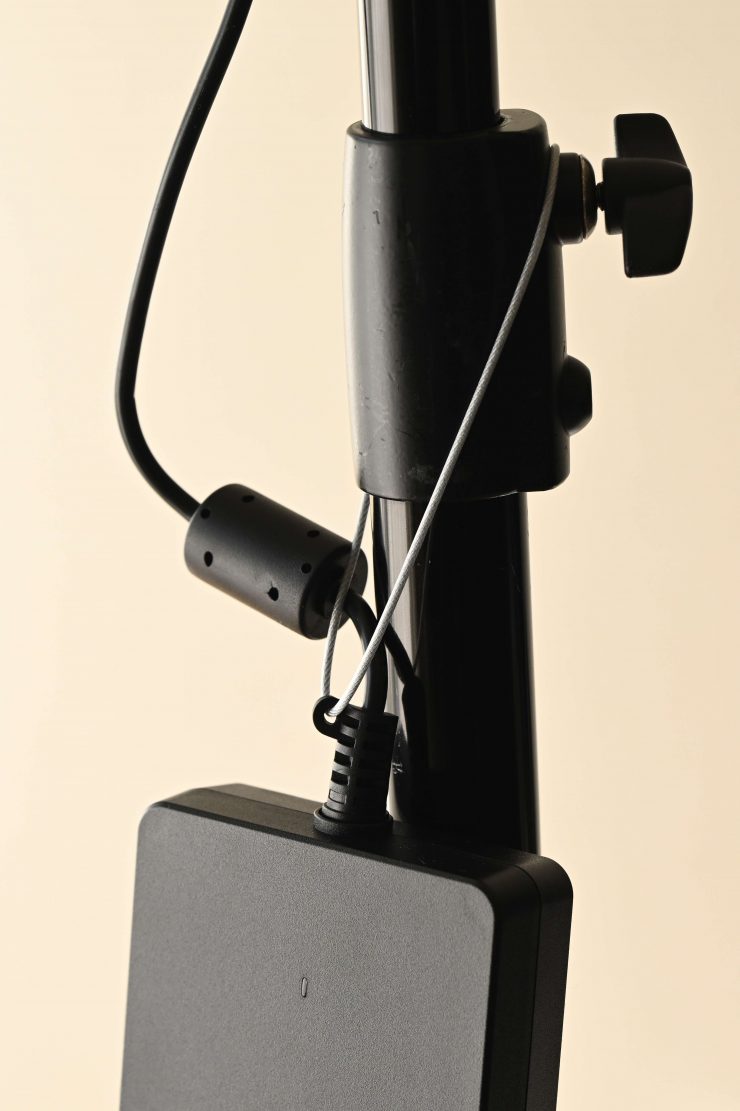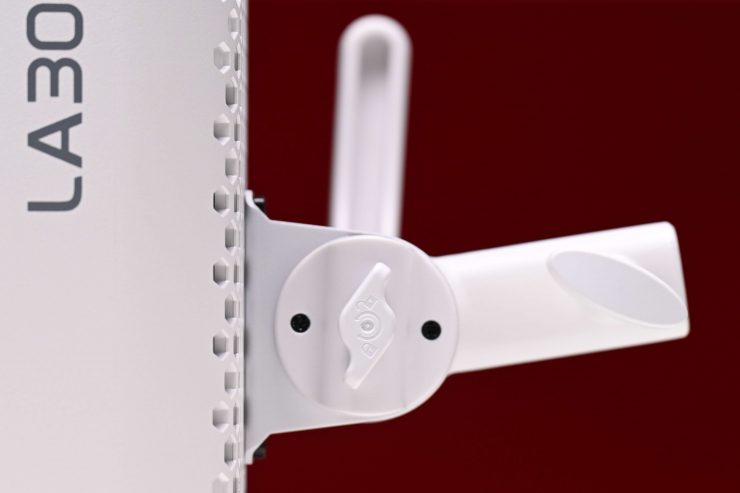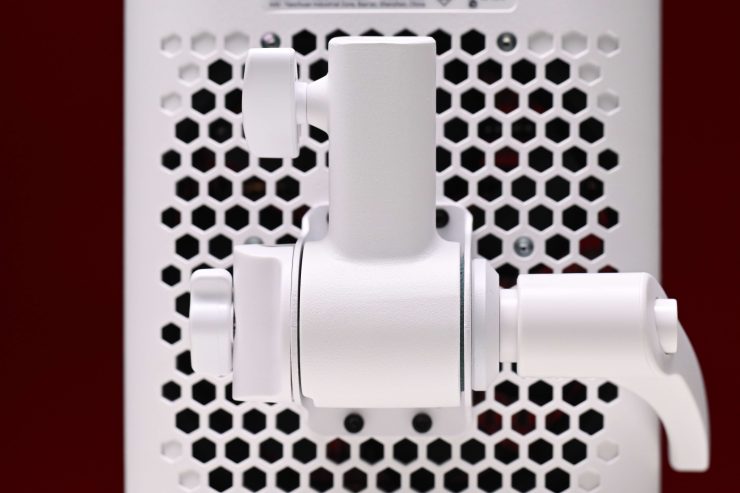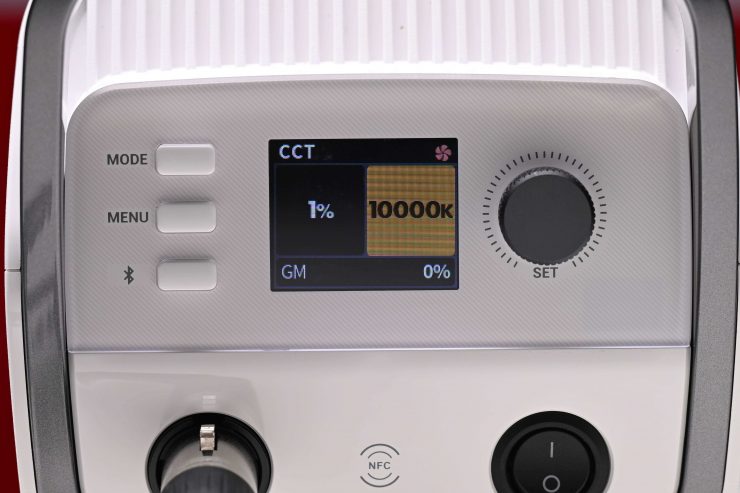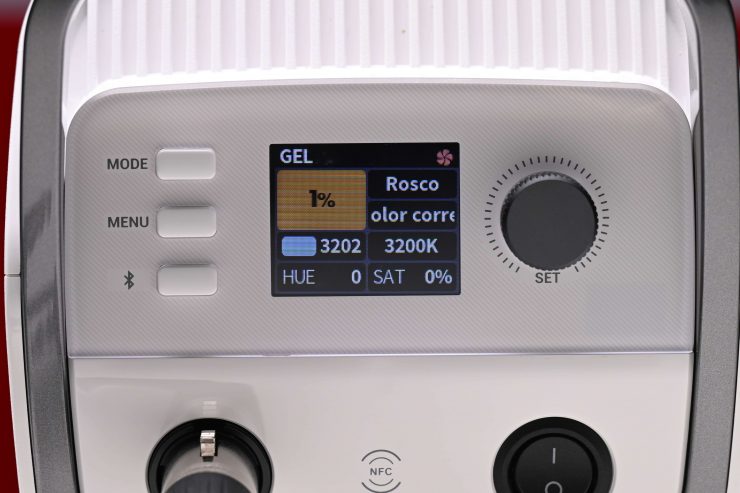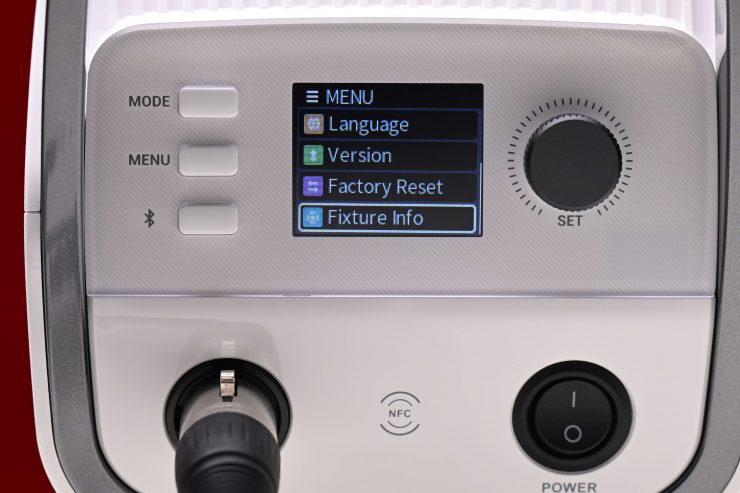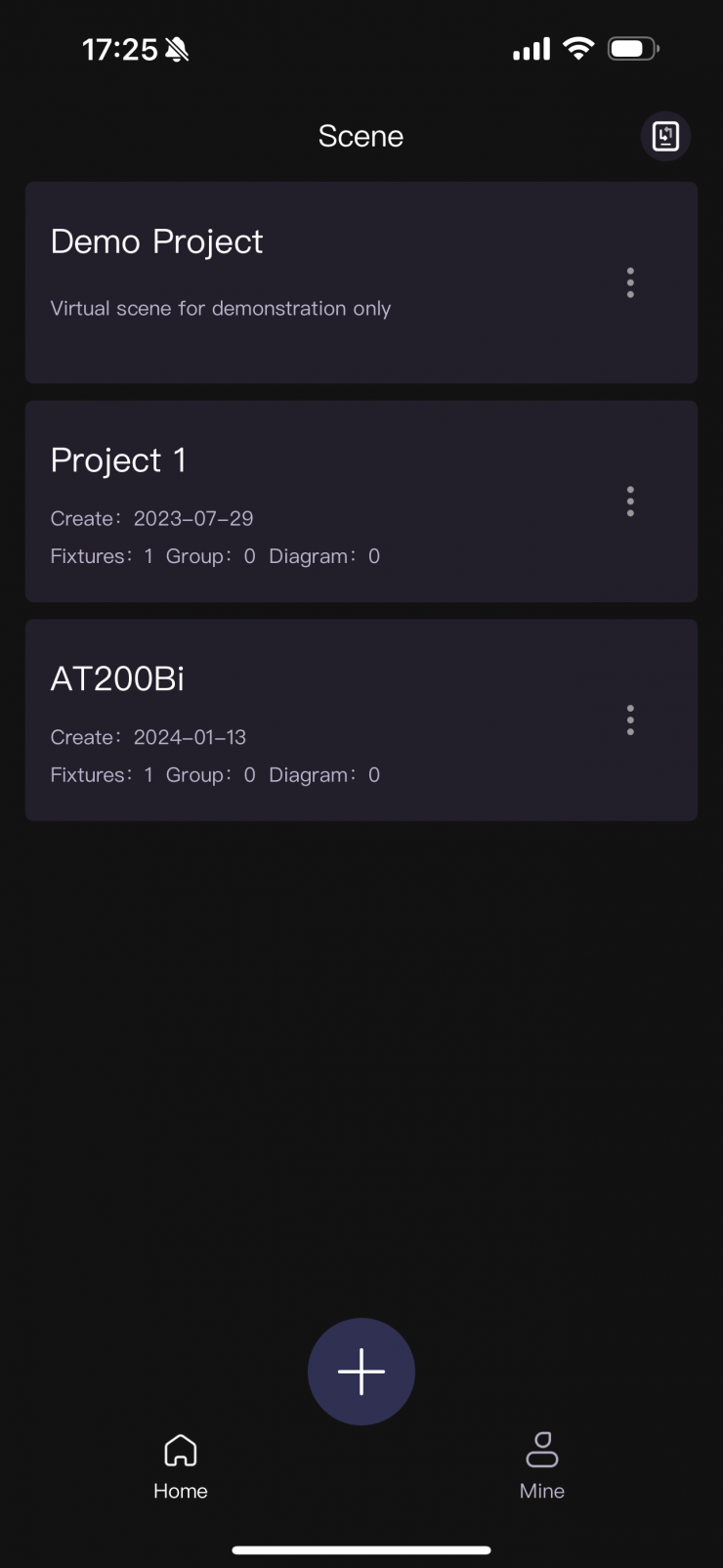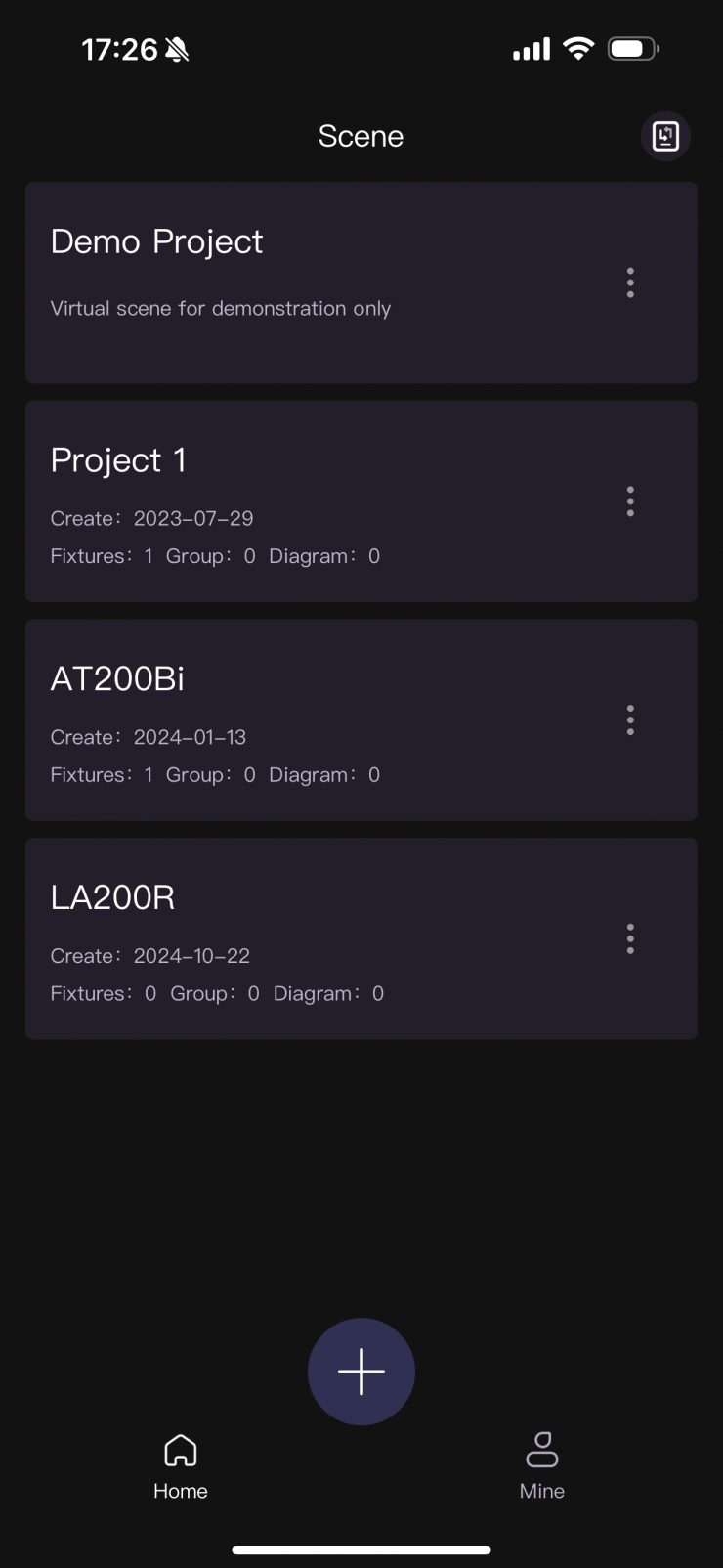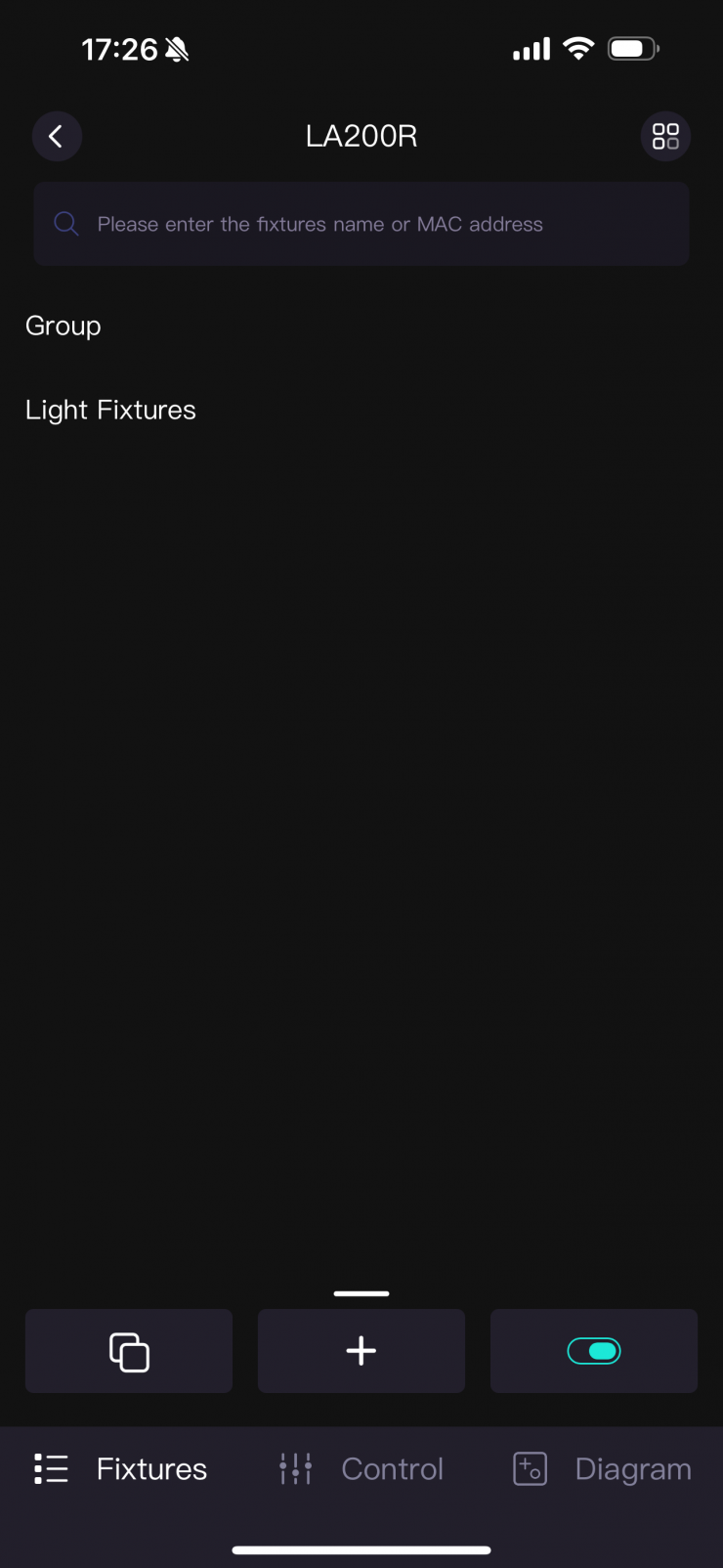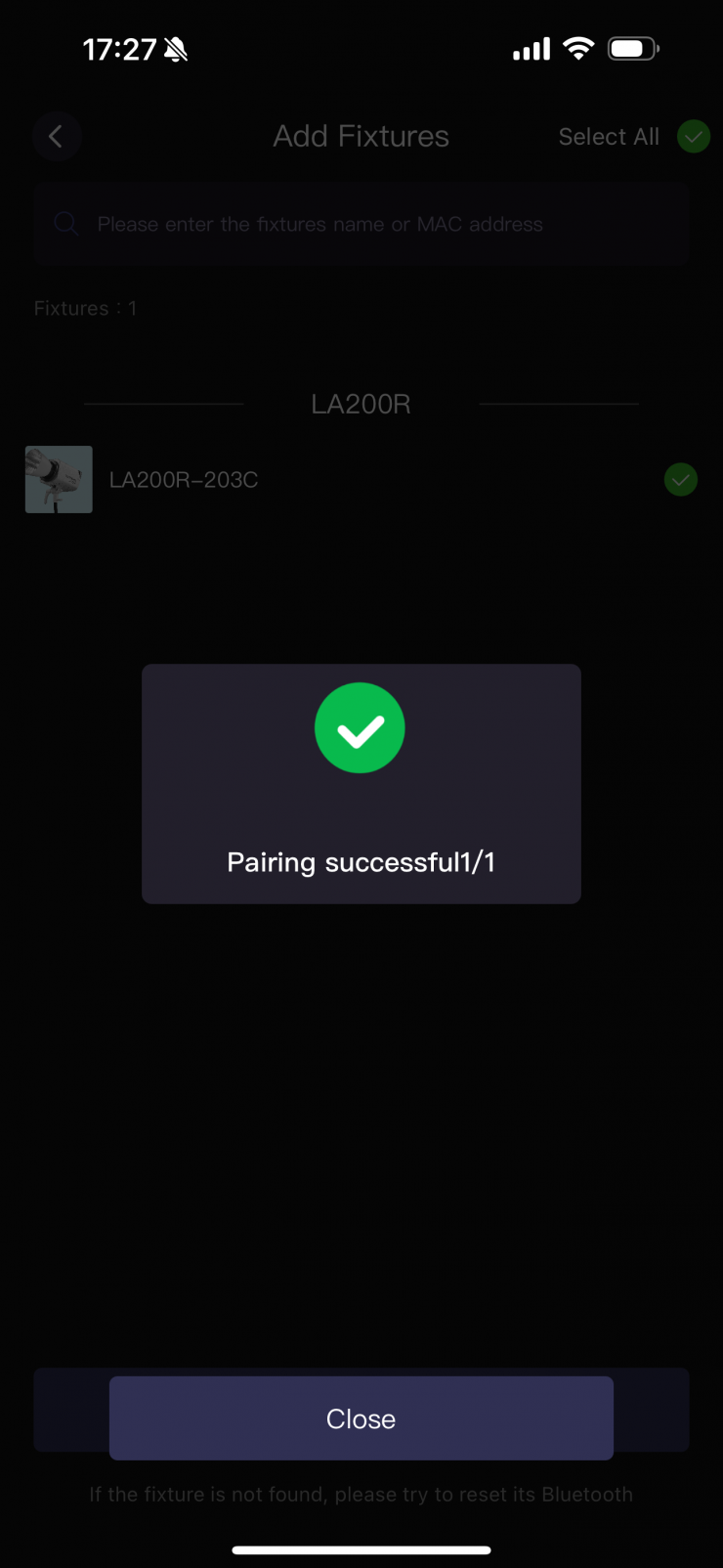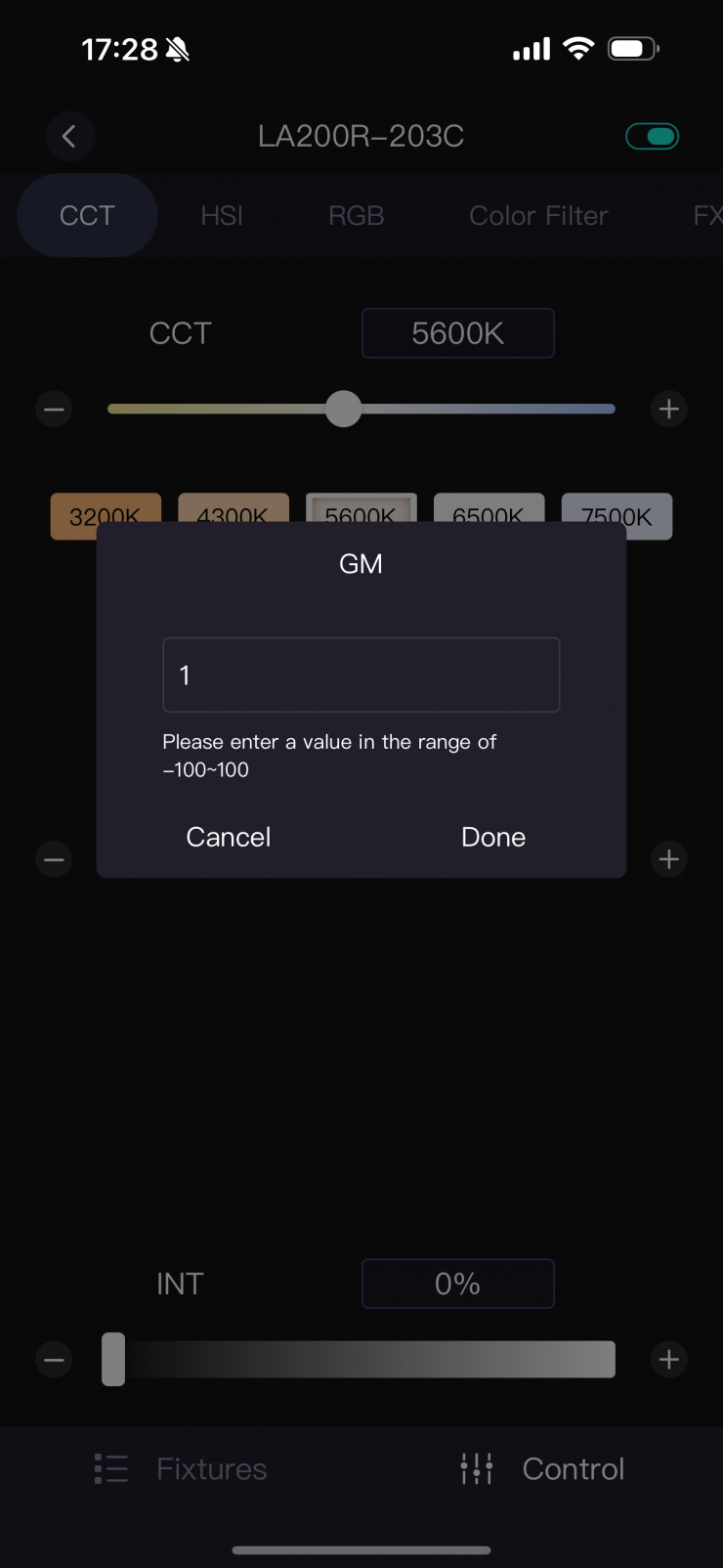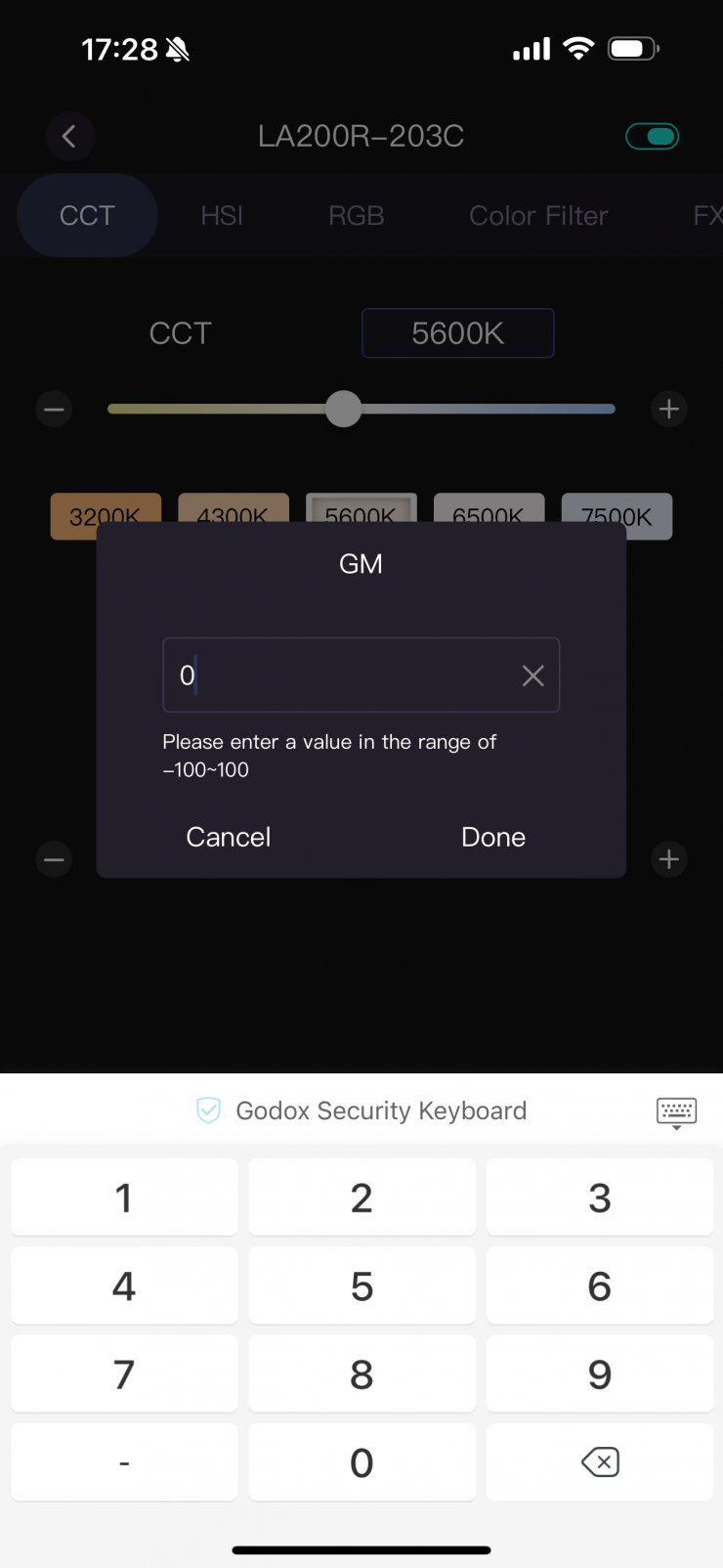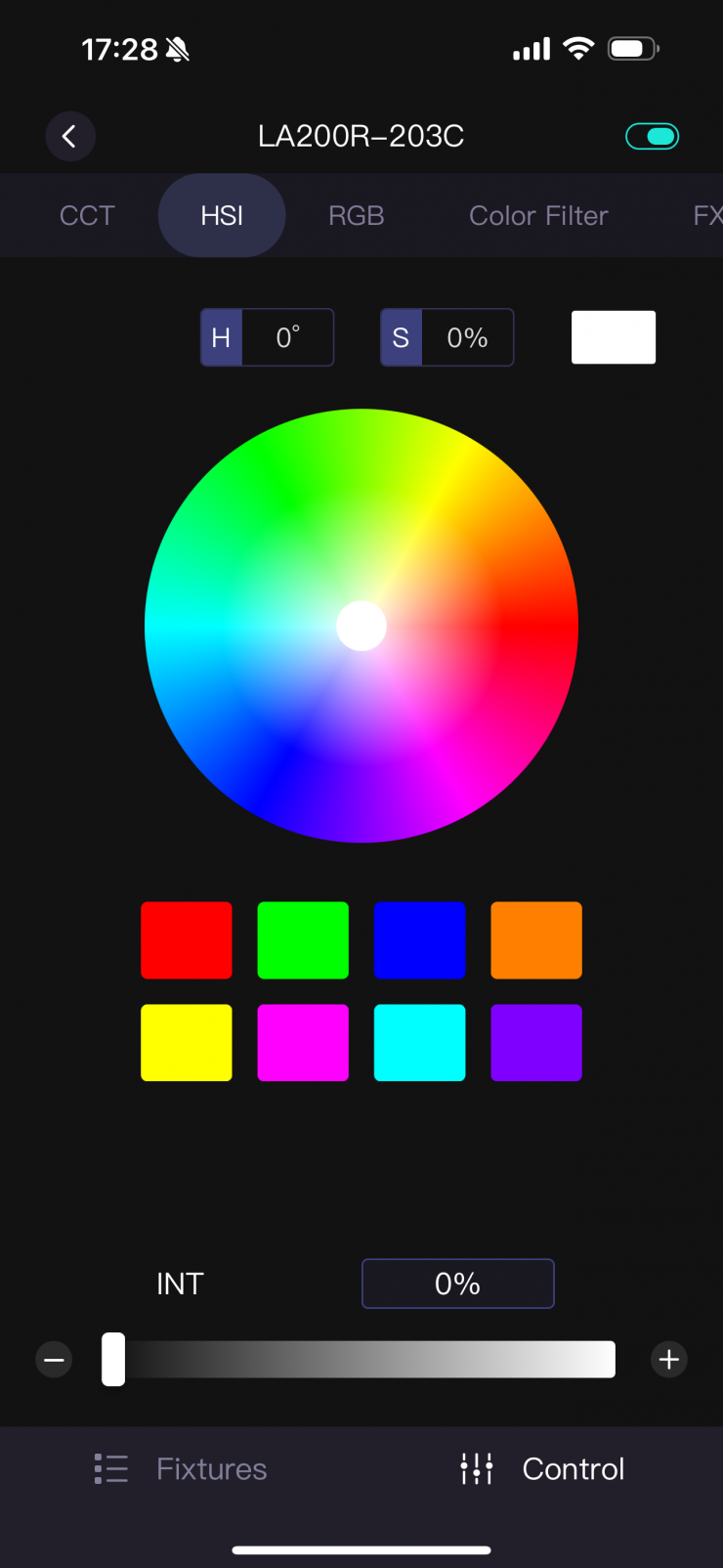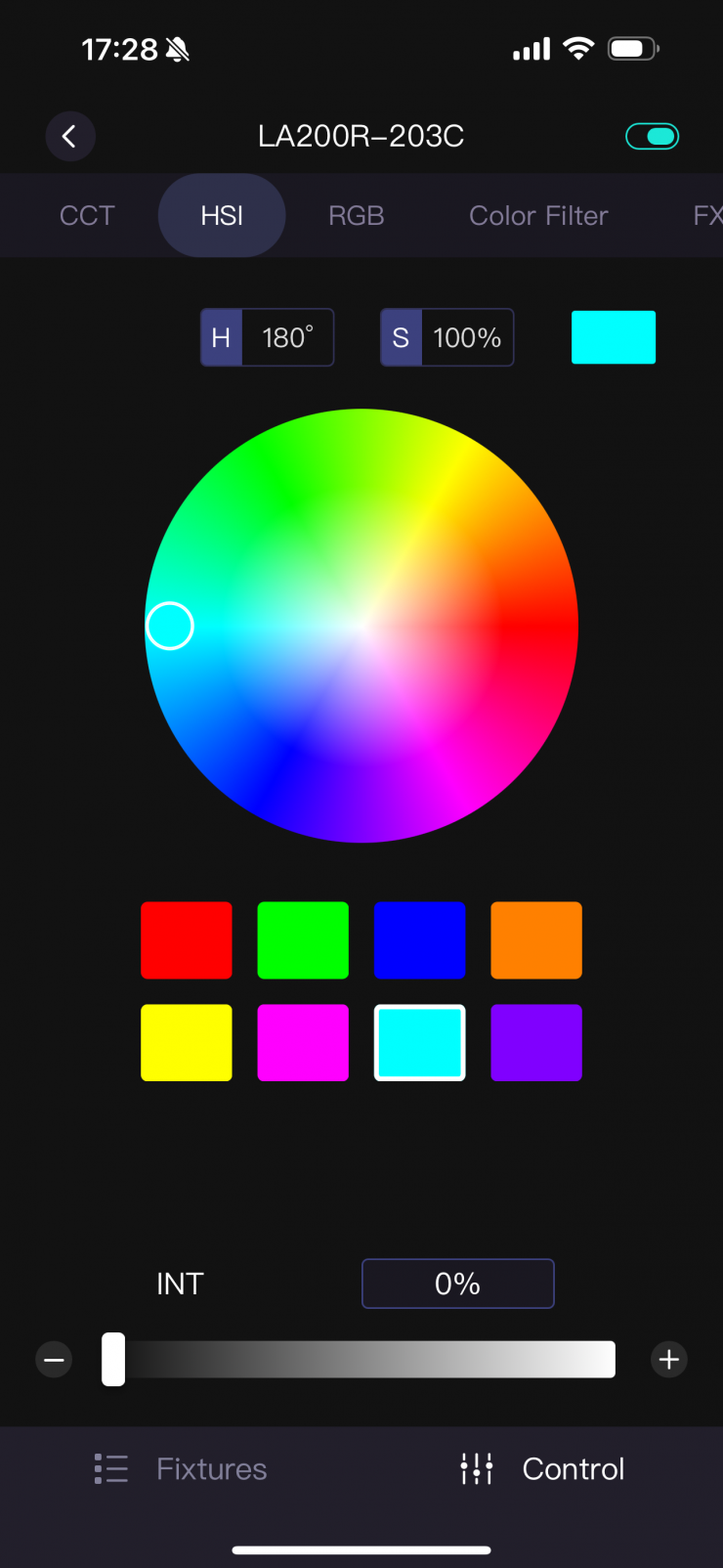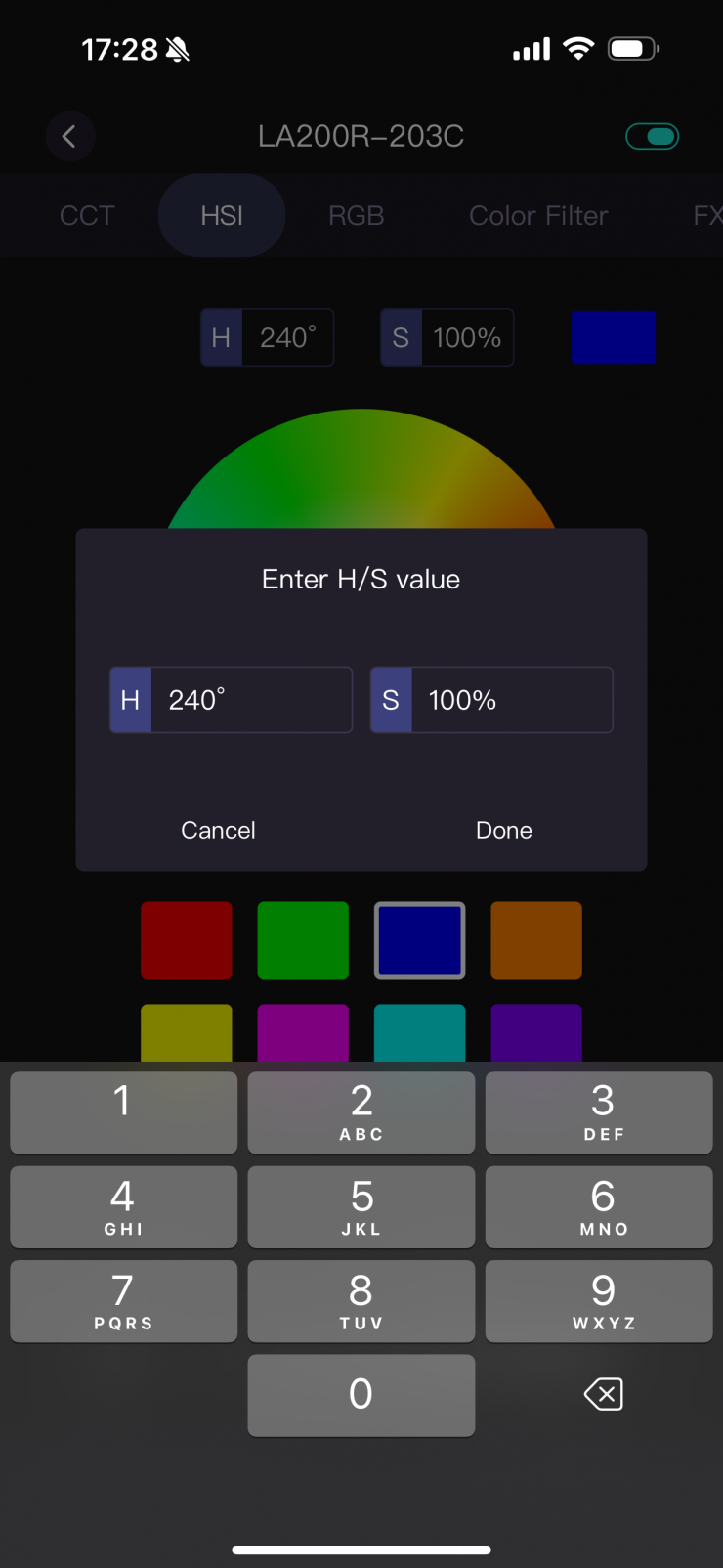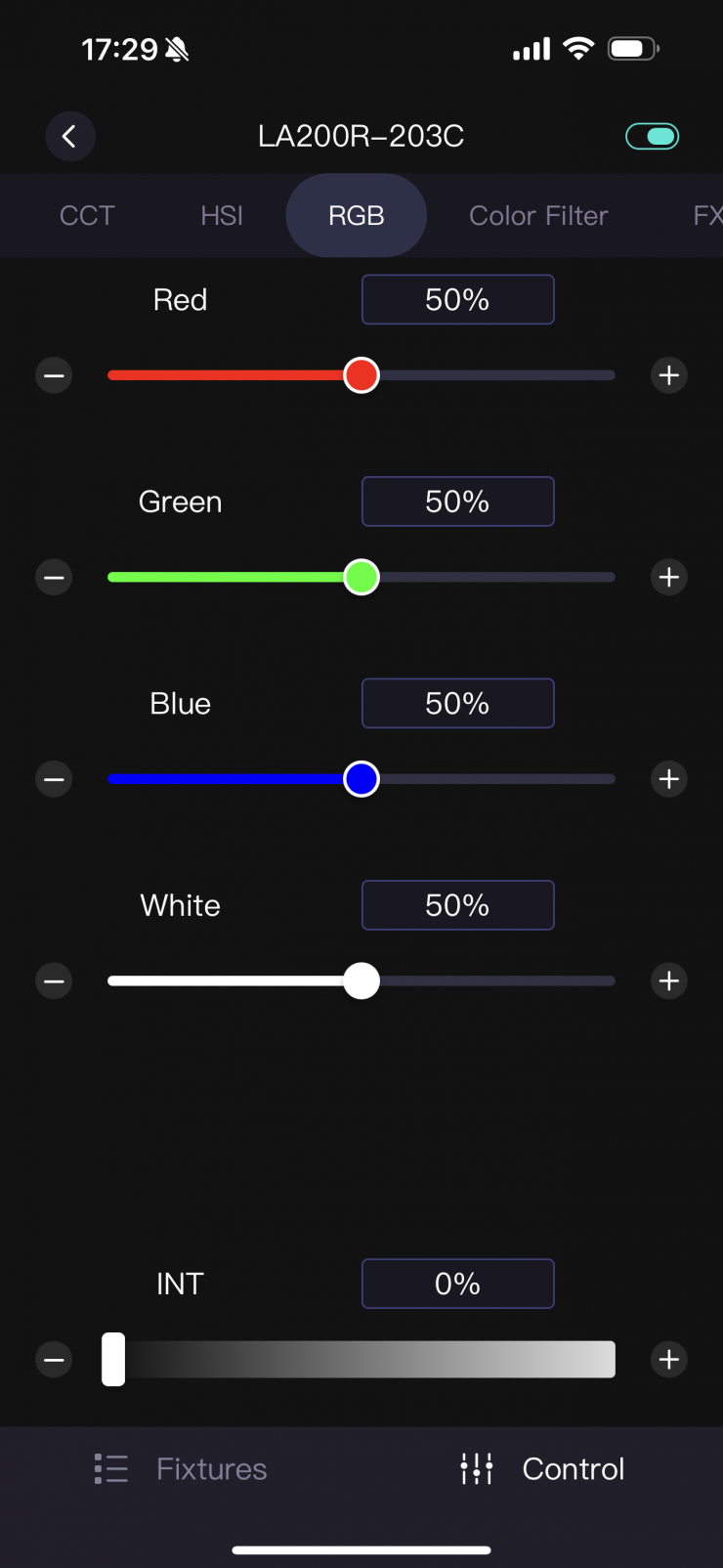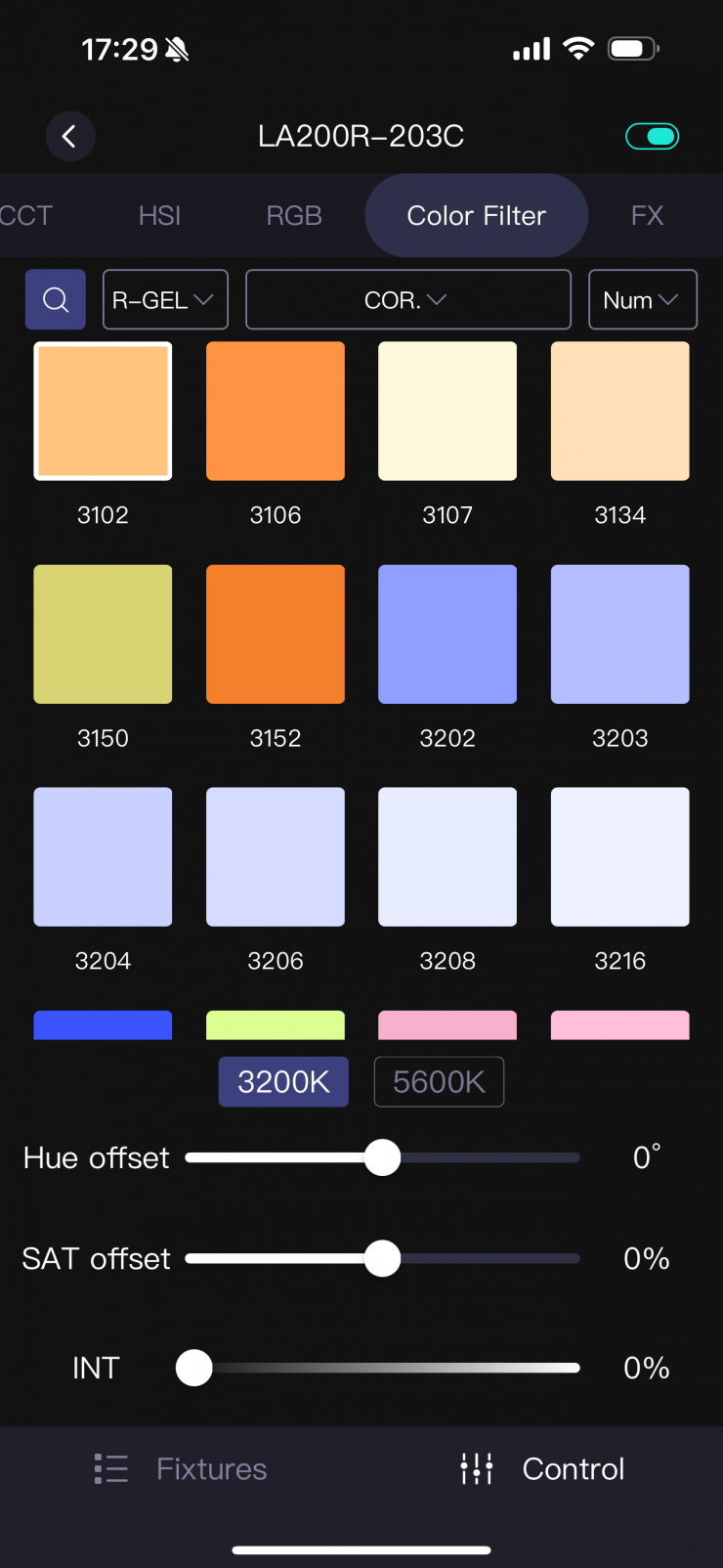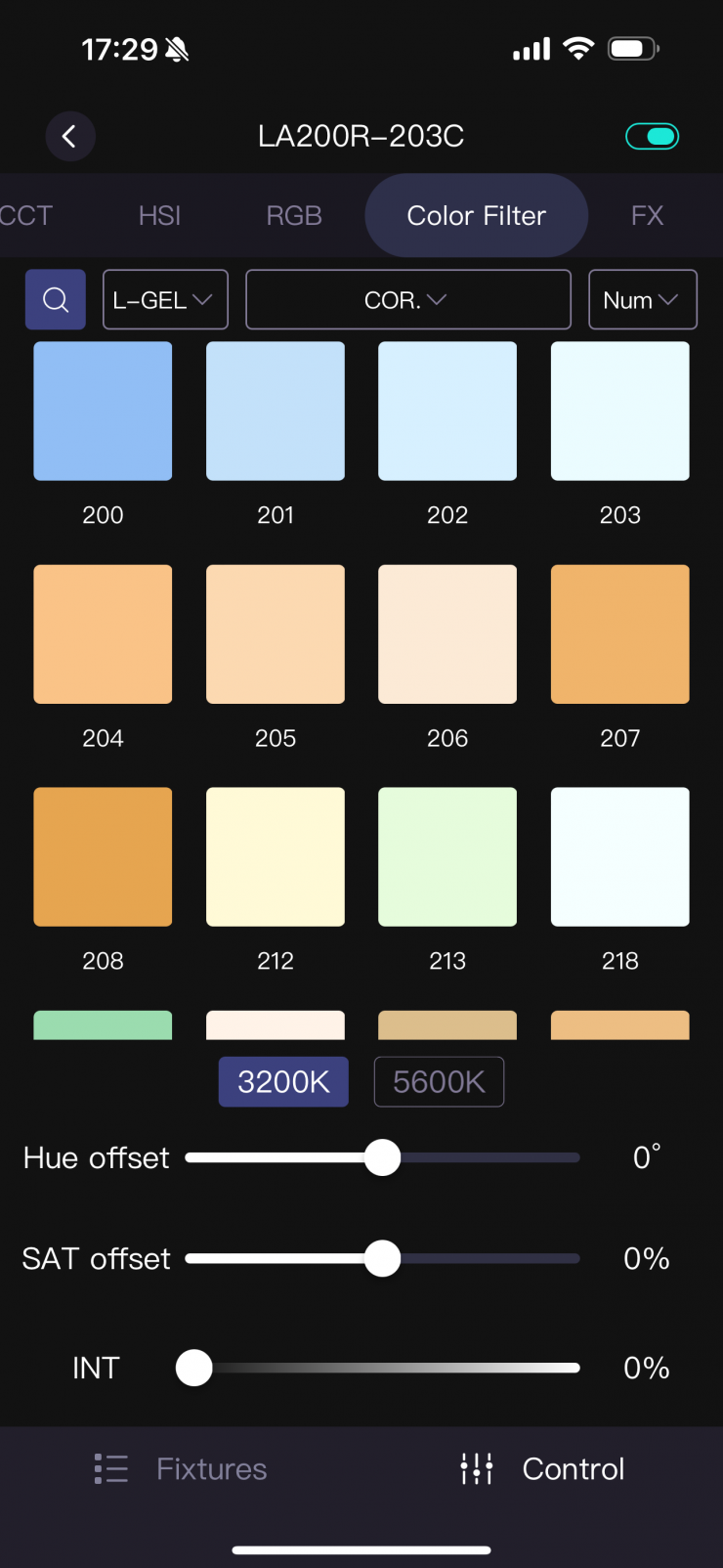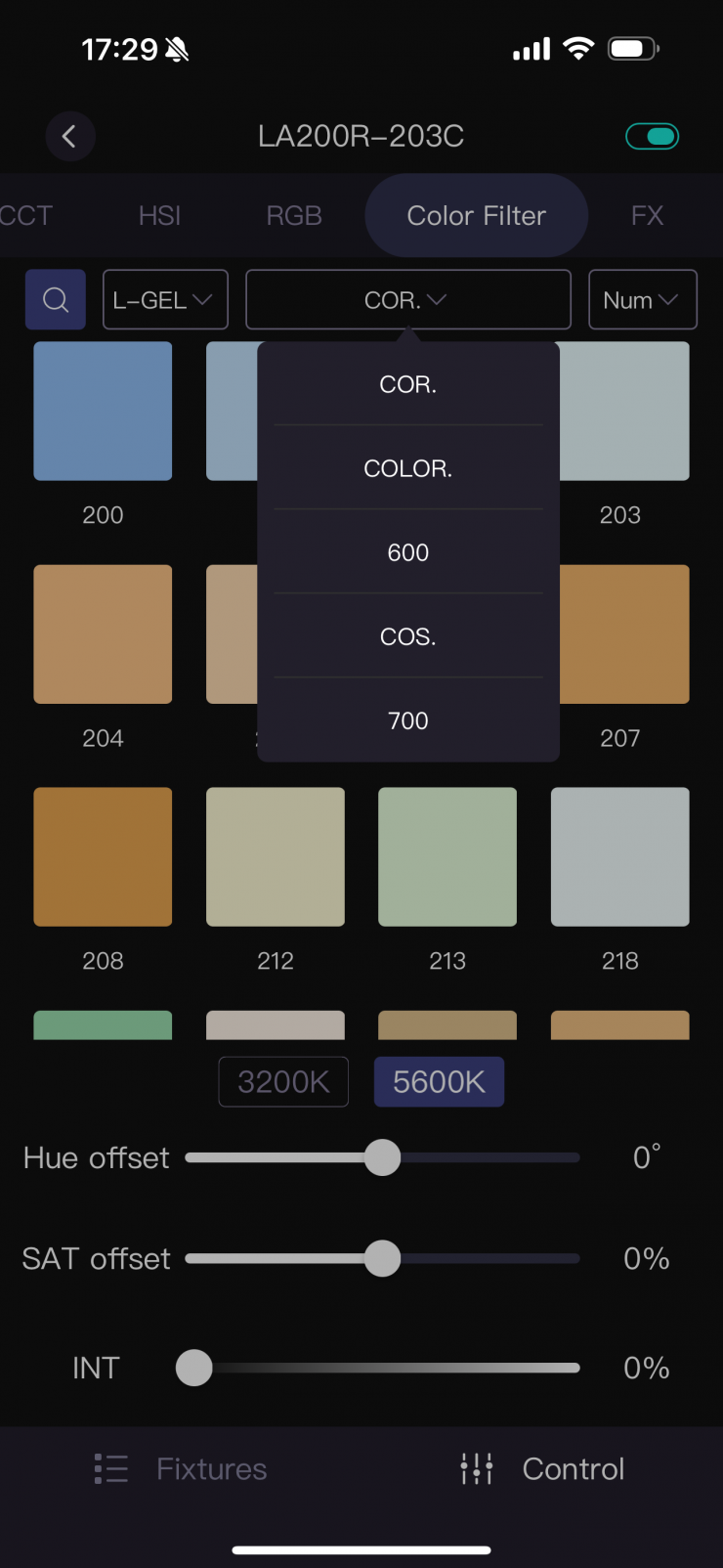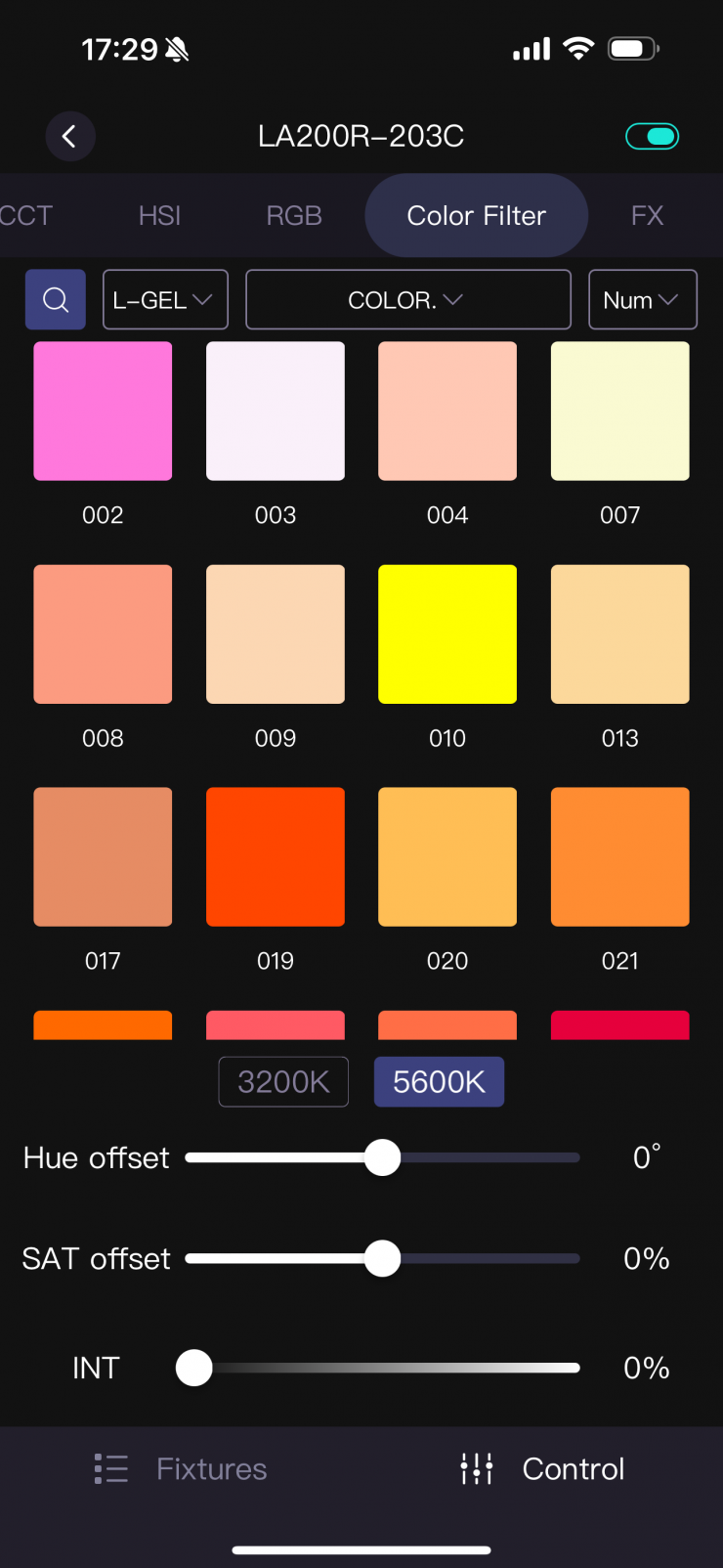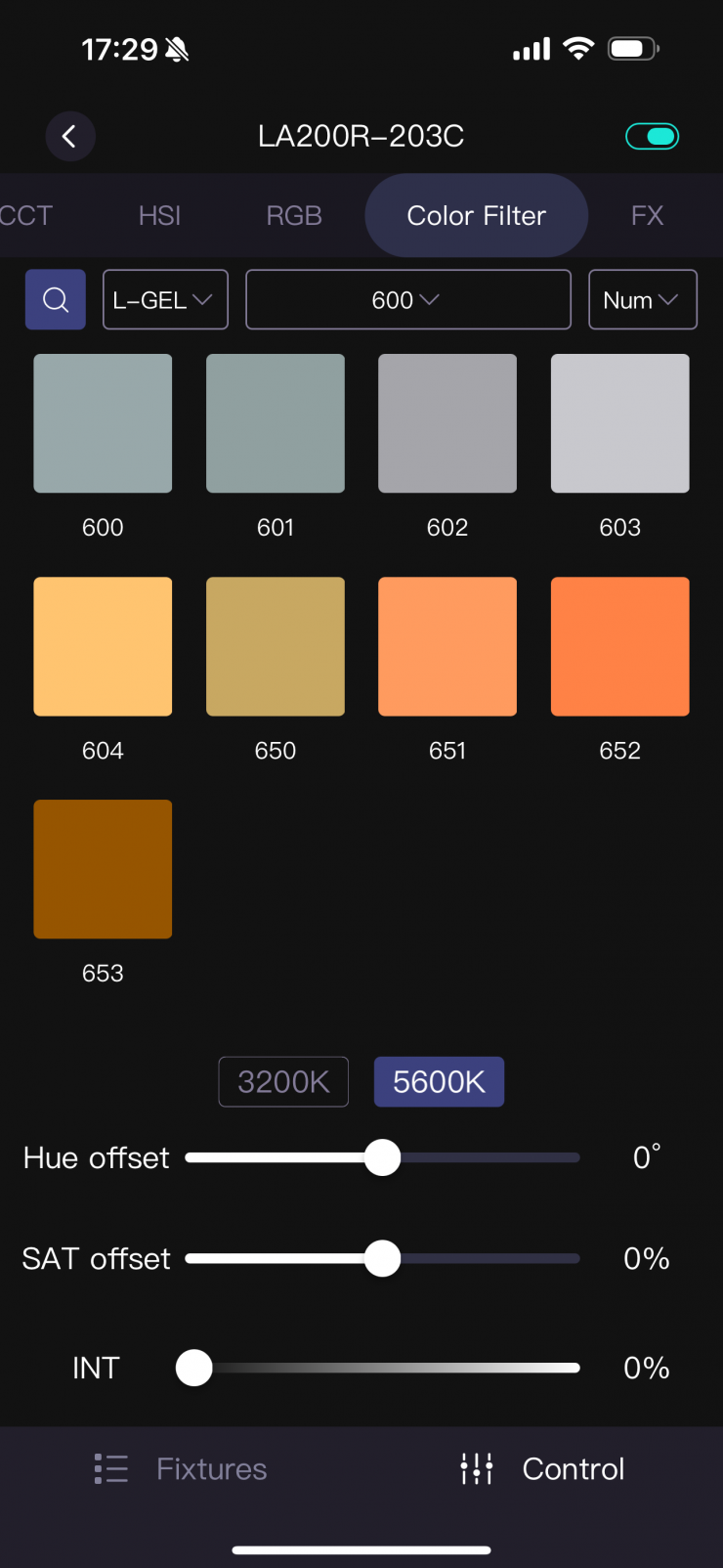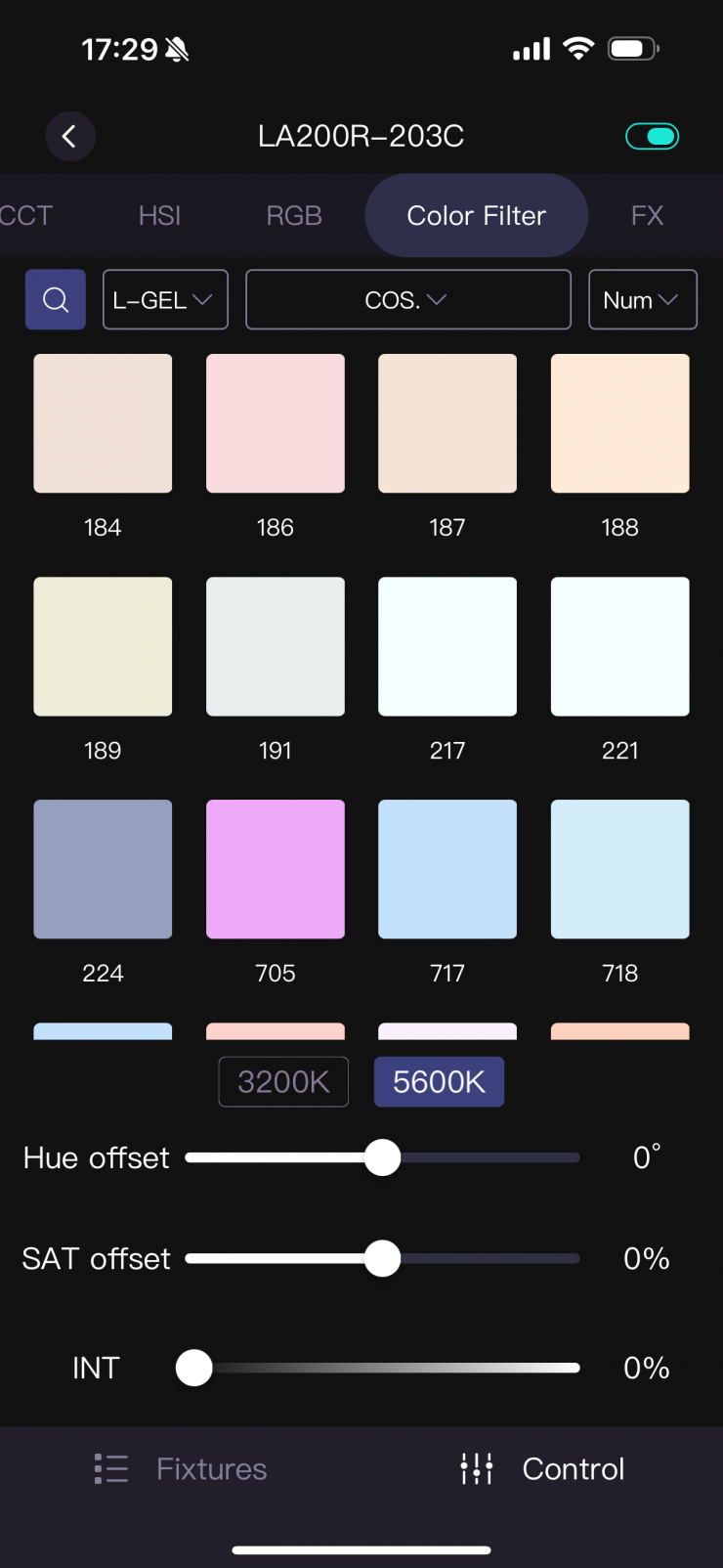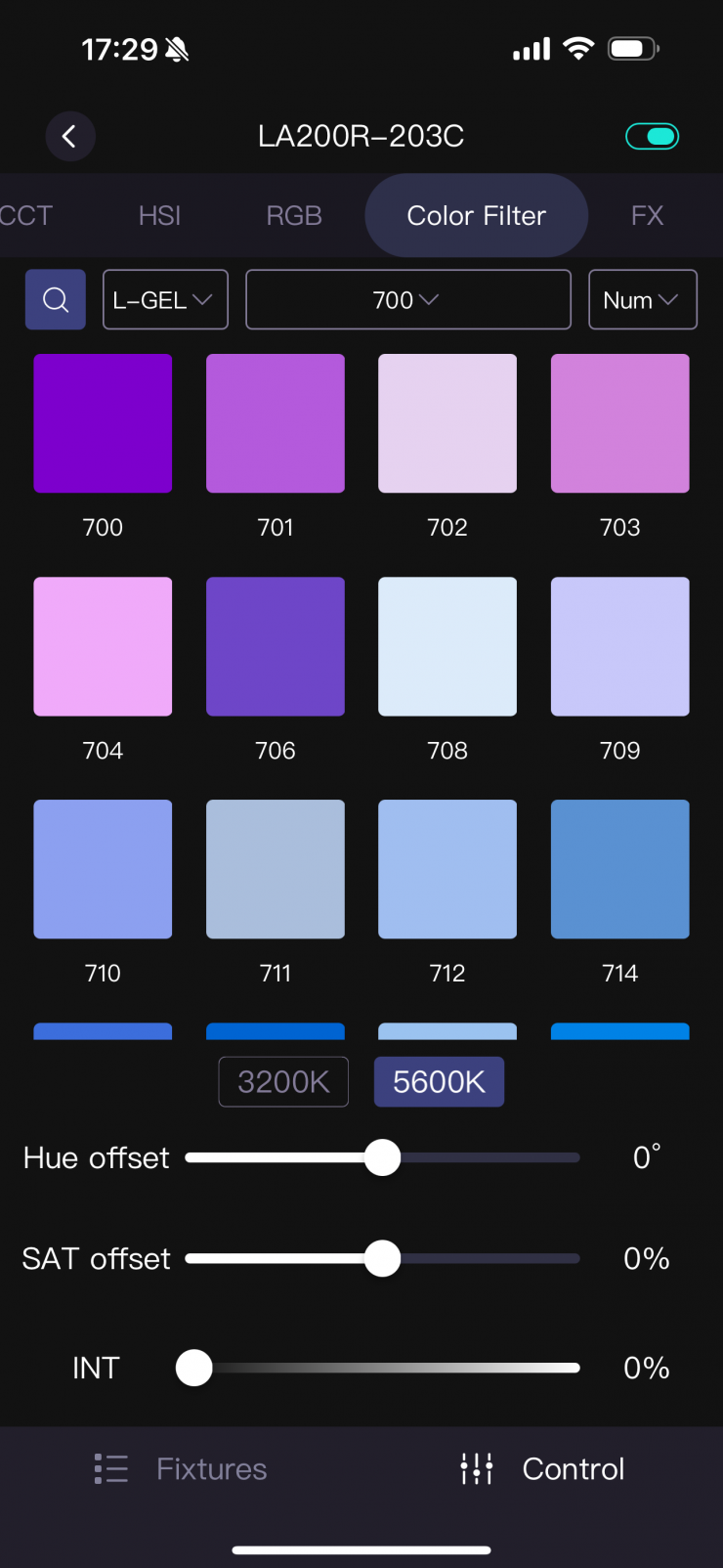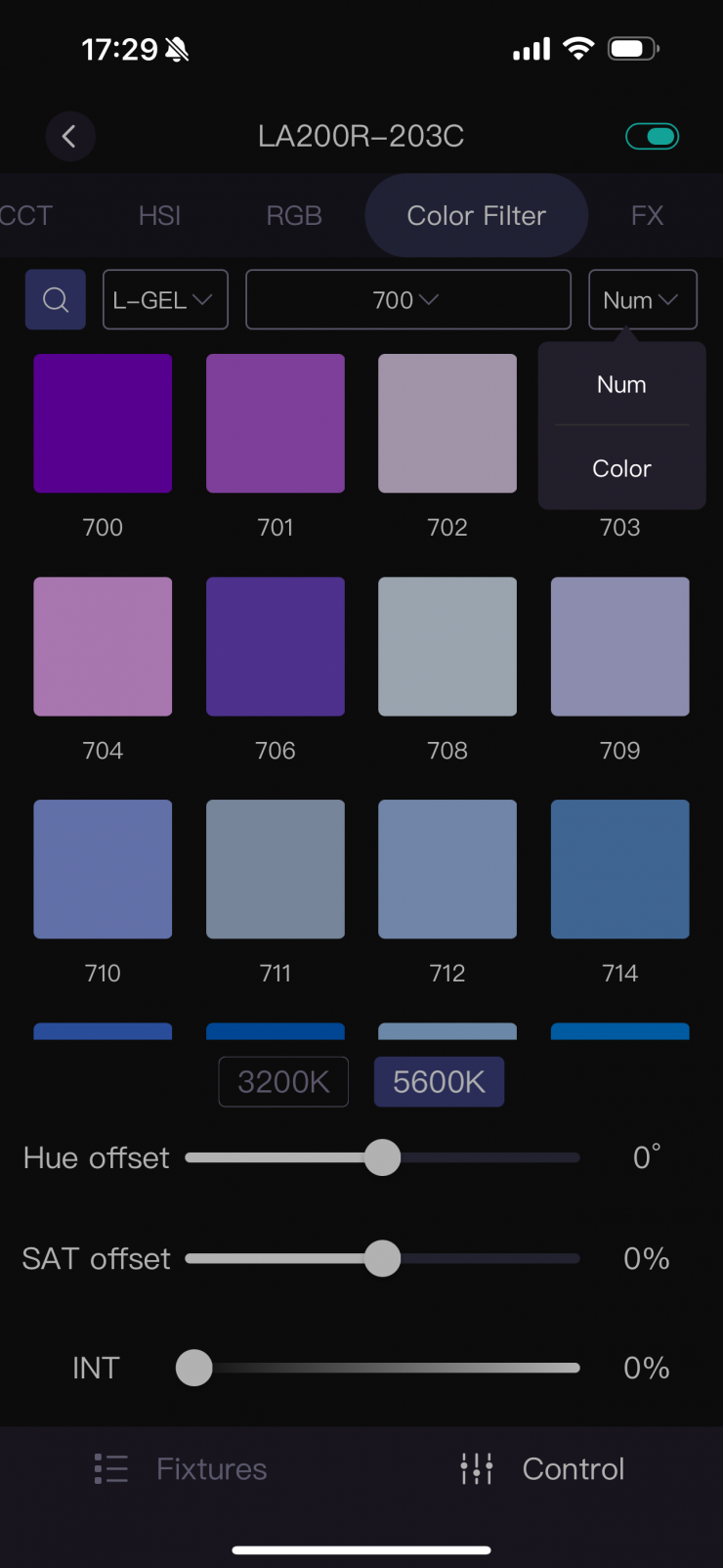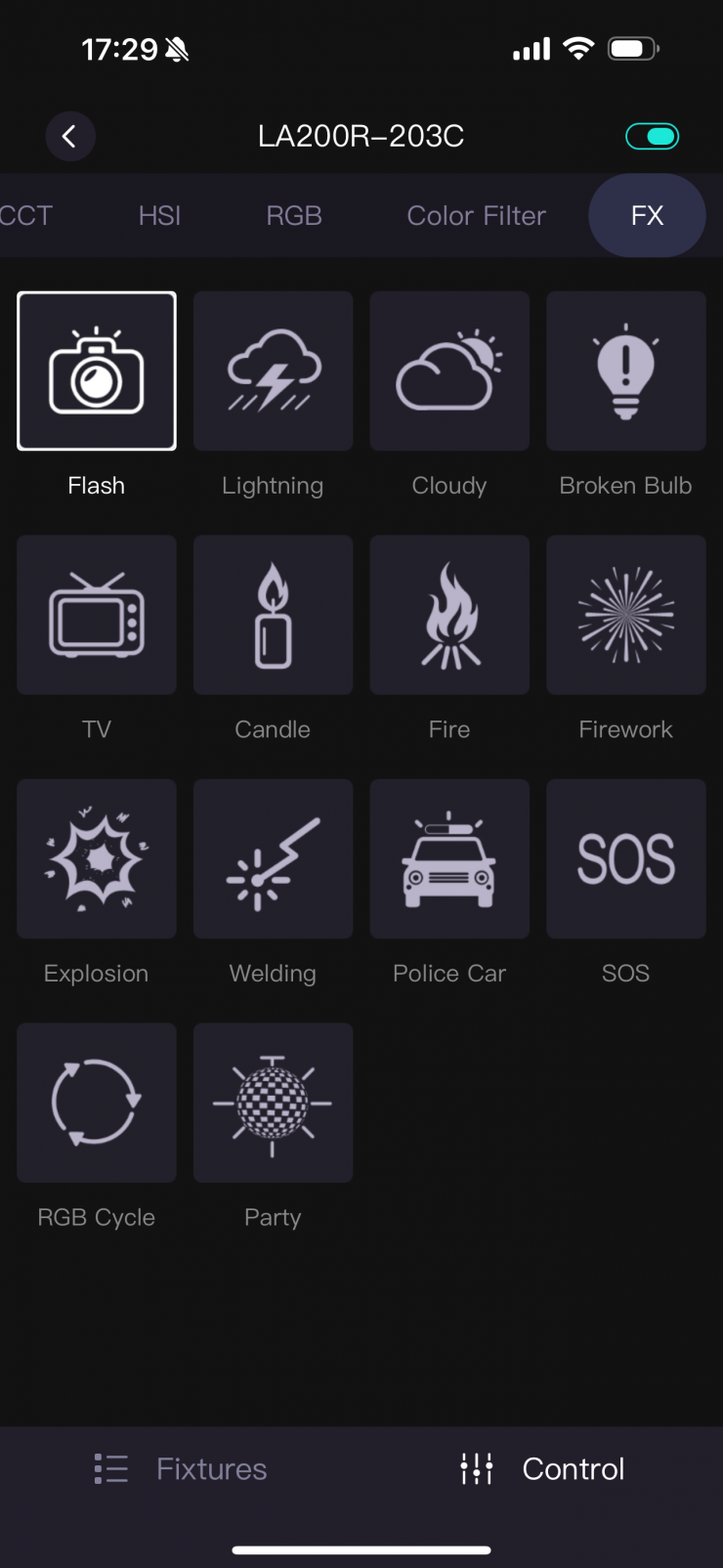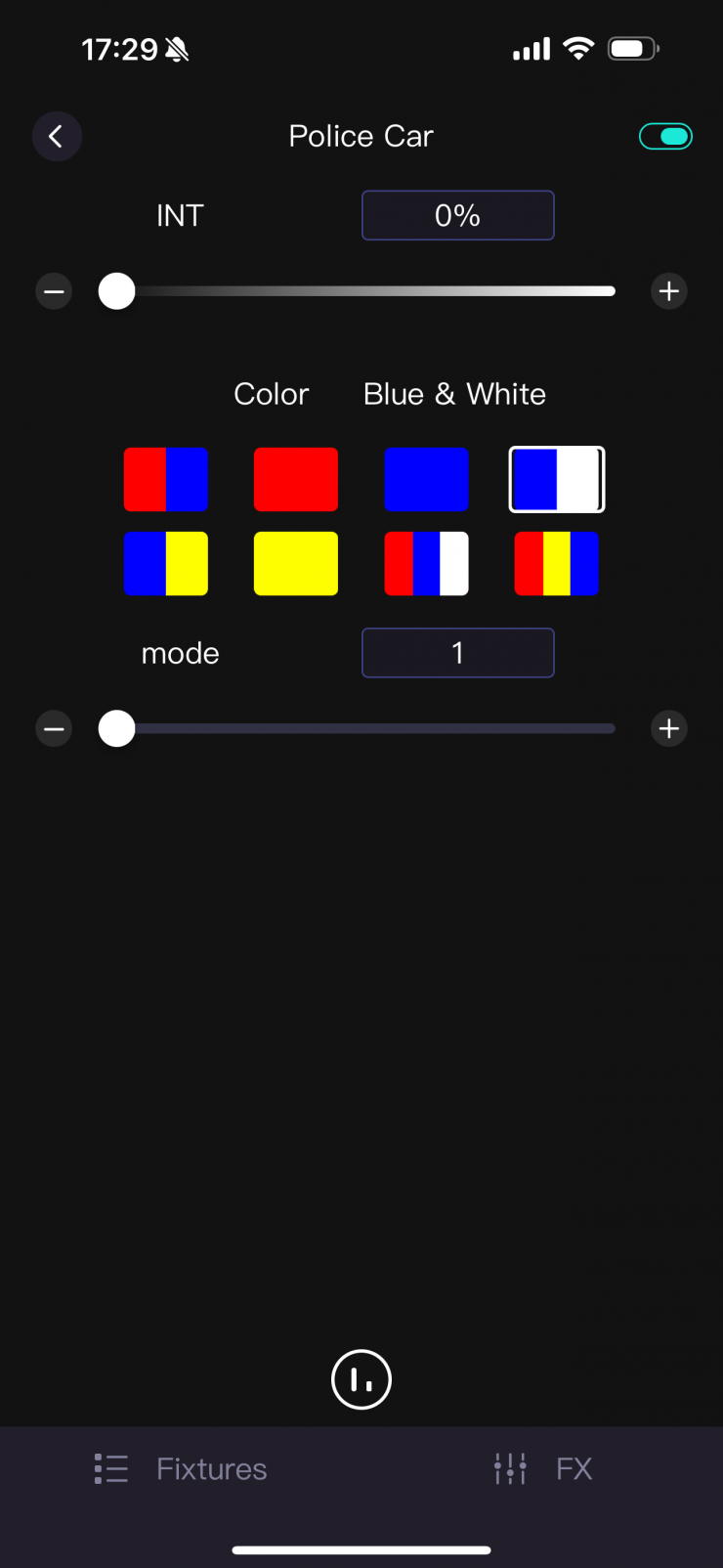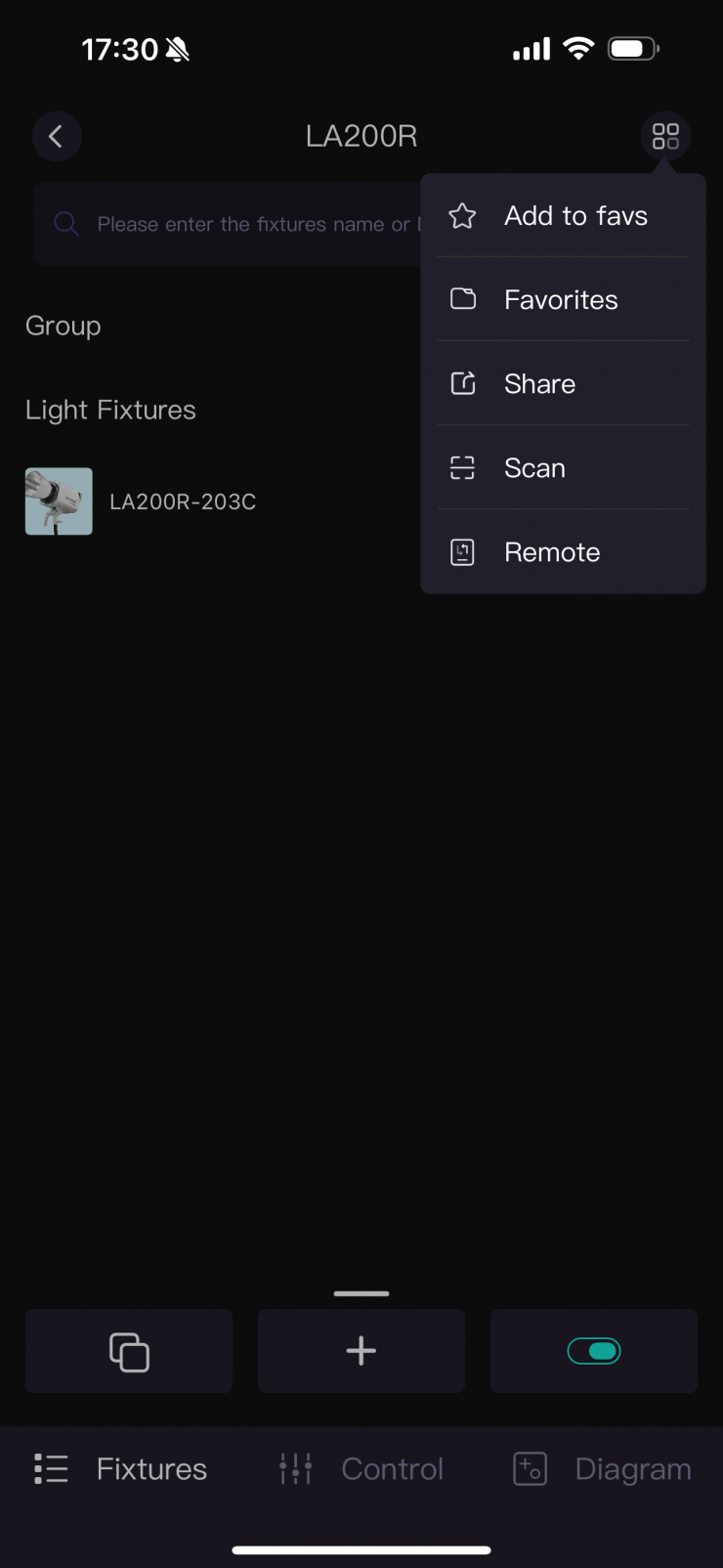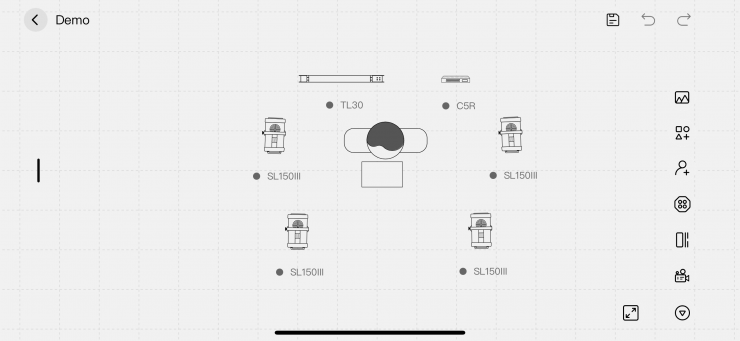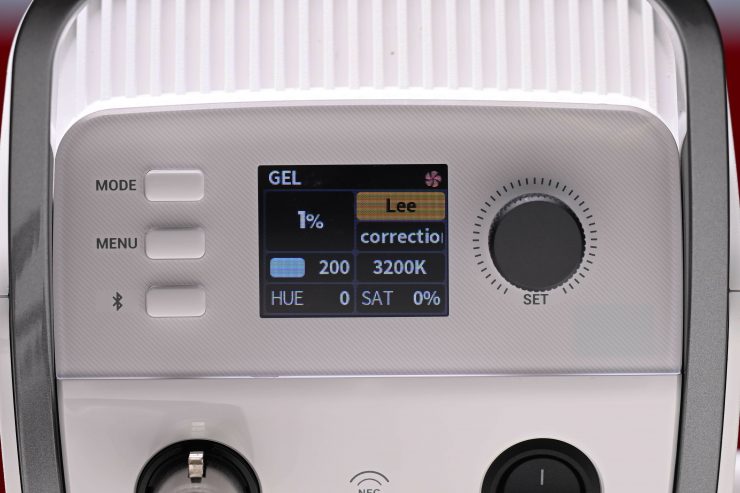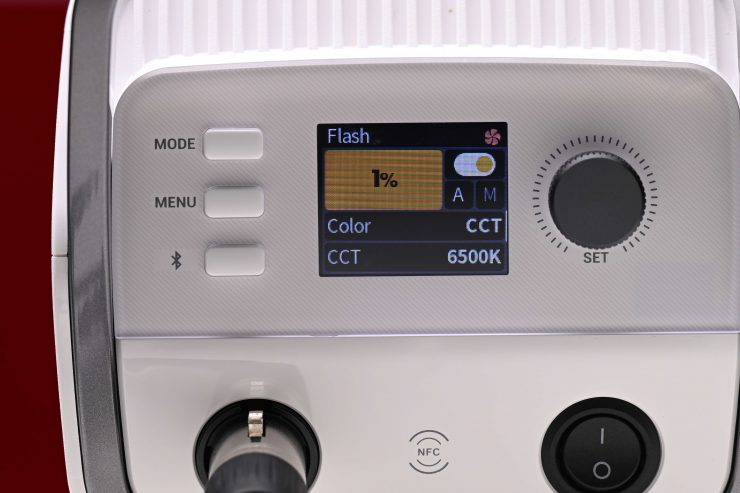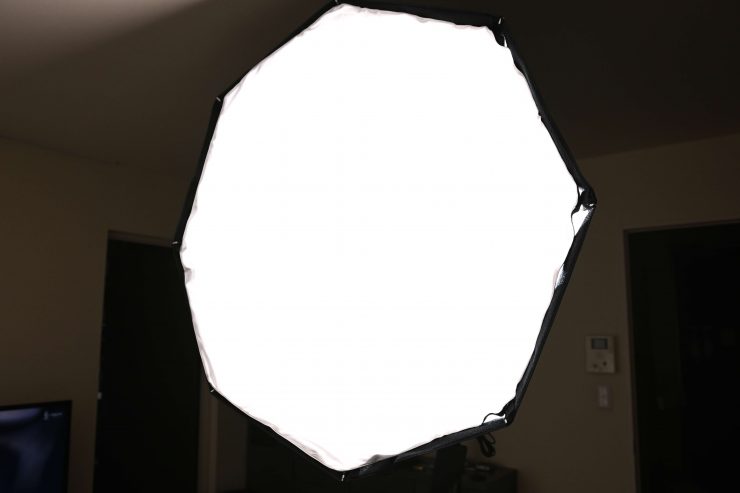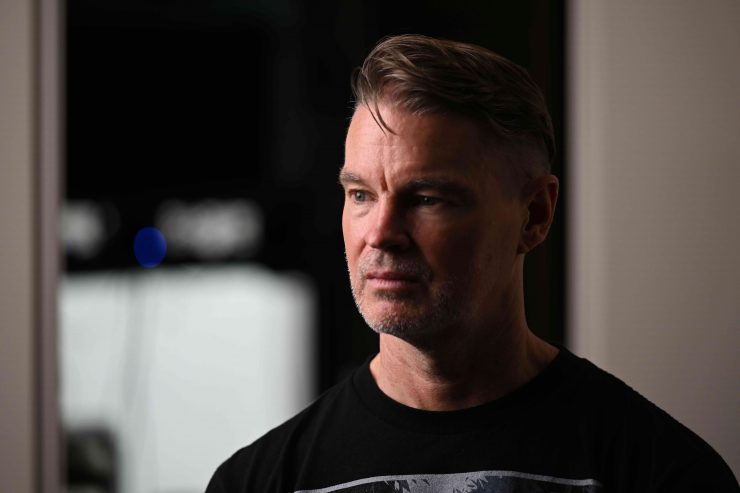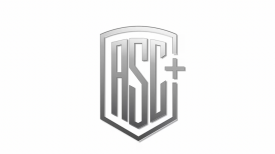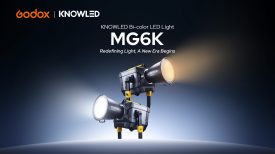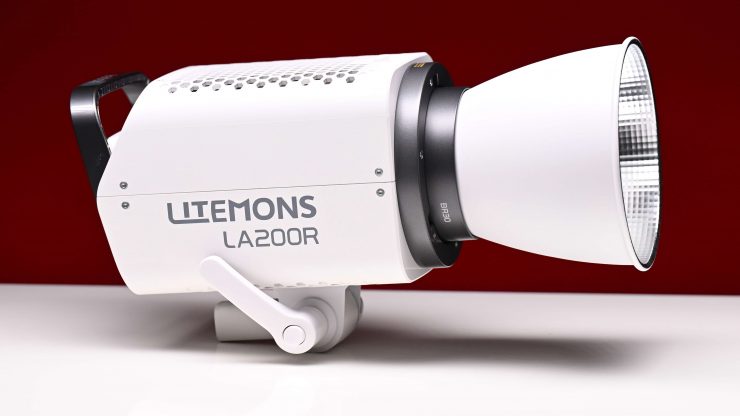
Godox announced its new LITEMONS Full-color LED Lights, the LA150R, LA200R, LA300R, and LA300Bi a few months ago.
The LA150R, LA200R, and LA300R are CCT adjustable from 1800K to 10000K. They also feature built-in lighting effect modes and gels, and they have +/- G/M adjustment. The fixtures can also be run with V-mount batteries. LITEMONS states that the new lights are a good solution for outdoor, handheld, and small studio setups.
For this review, I am going to be looking at the LA200R.
NFC & Godox Light App
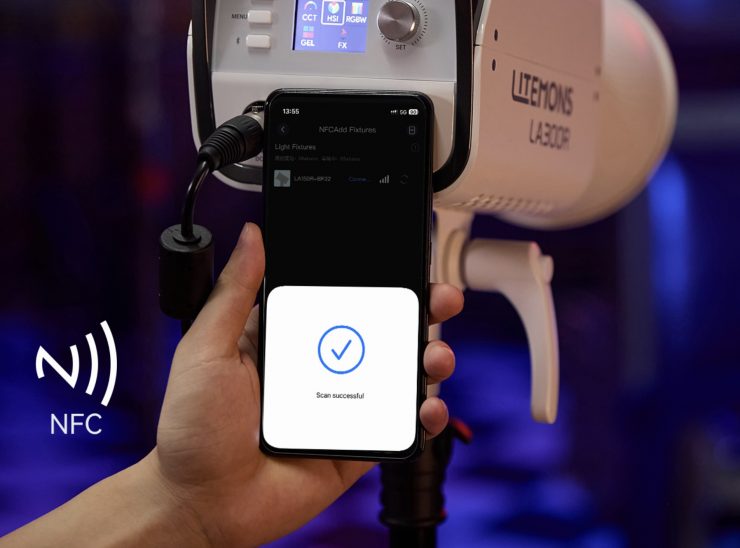
NFC Addition You can add your device by opening the Godox Light app near the light’s NFC chip and it will instantly connect it. This accelerates setup with multiple lights.
The Godox Light App allows you to make lighting adjustments and it now includes a new scene-switching feature. You can connect multiple lights for synchronized control and remote operation of various FX effects.
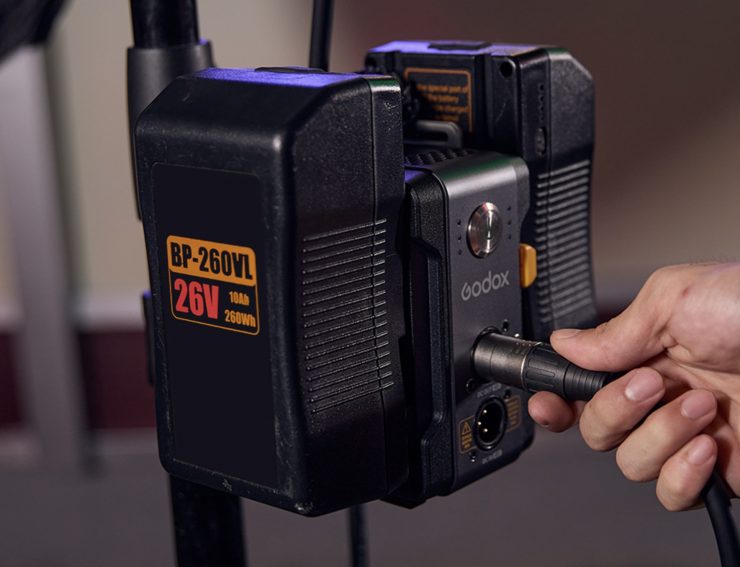
The LA series feature a universal 48V DC power supply interface and compatibility with V-mount batteries for mobile lighting setups, paired with the Godox DBP-V Dual Battery Plate (optional extra).
Bowens-S Mount
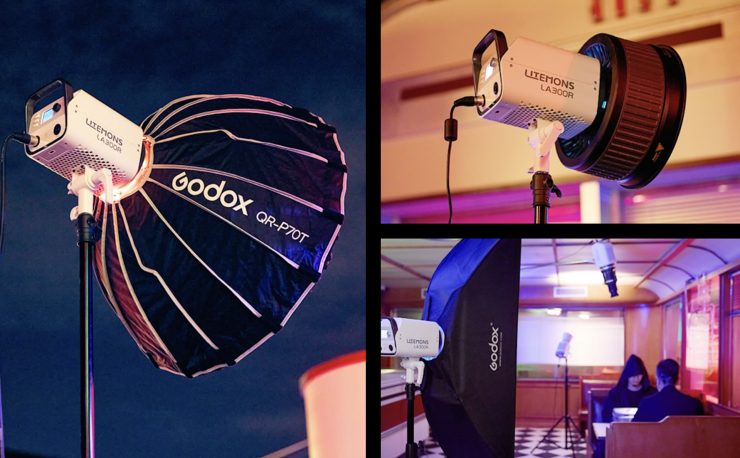
The lights all come with a Bowens-S mount so you can use affordable lighting modifiers, as well as Fresnel attachments, etc.
Overview
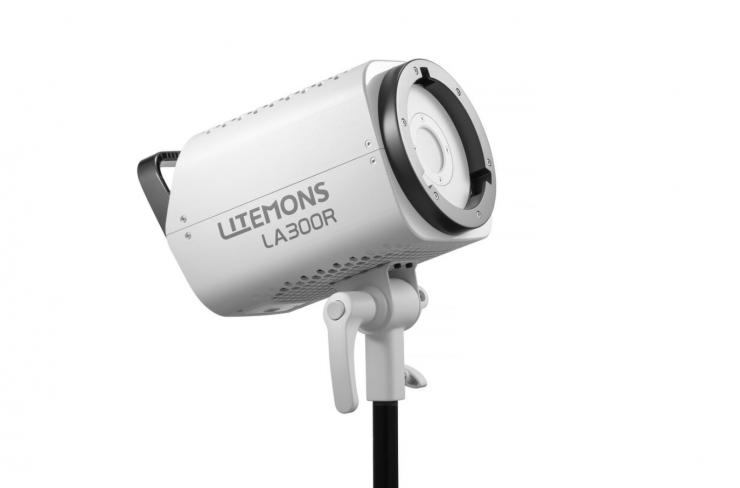
The Godox Litemons LA200R RGB LED Monolight draws 220W and it weighs 5.5 lb / 2.5 kg.
Key features
- For Video Production & Vlogging
- 1800-10,000K CCT; Full RGB Color Control
- AC or Optional Battery Power
- Onboard & App Control; NFC Connection
- CRI 95 | TLCI 94
- 14 Lighting Effects
- Bowens S Accessory Mount
- Includes Reflector
- Includes Power Adapter
The Godox Litemons LA200R is being touted as an affordable 220W Full-Color RGB COB LED light.
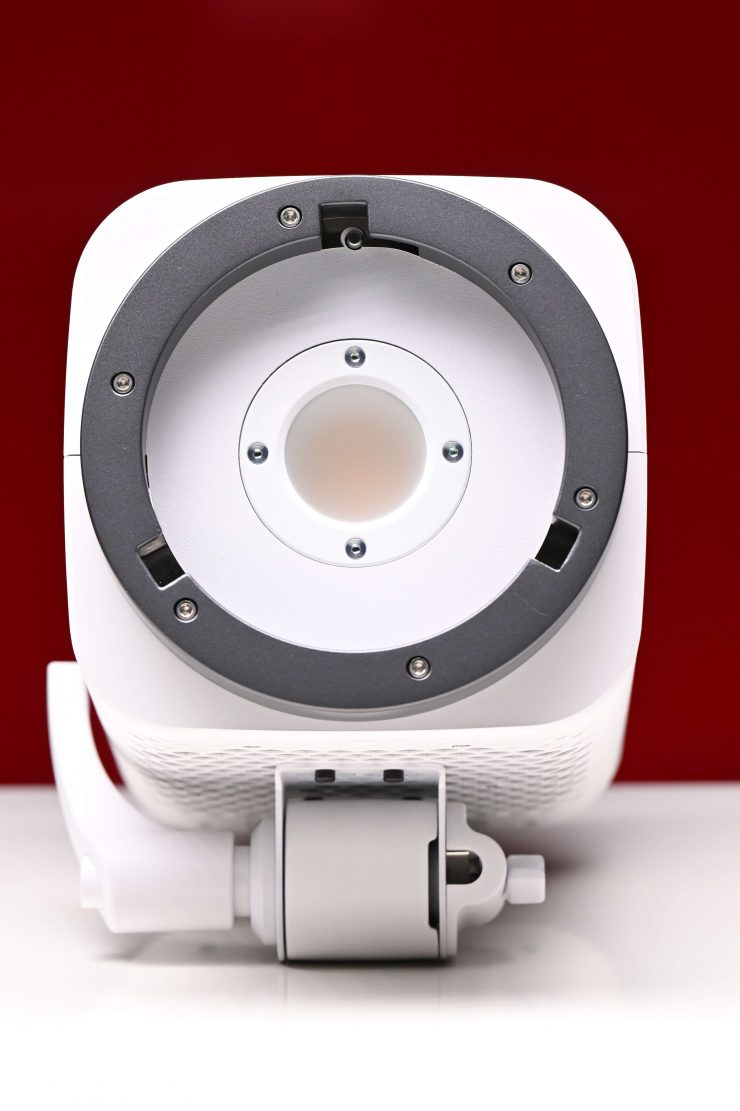
Versatile COB lights in this form factor have become increasingly popular due to their Swiss army knife-style abilities, which enable them to be used for a variety of lighting scenarios.
The LA200R looks to be an interesting light given its low price. So without further ado, let’s get on with the review.
Build Quality
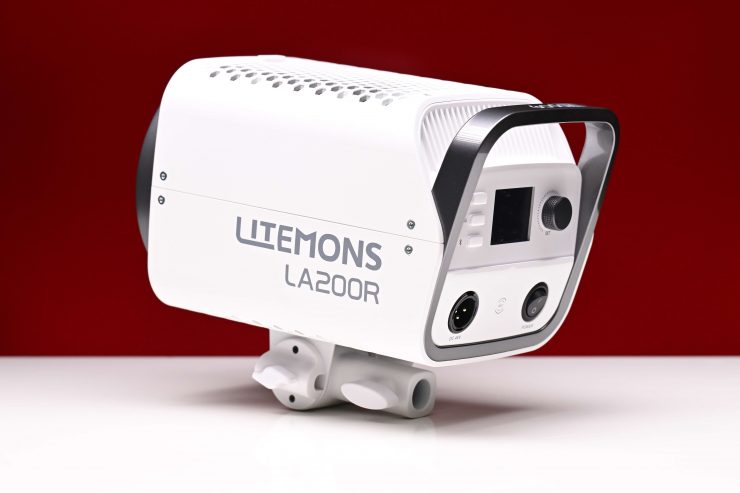
The build quality of the Godox Litemons LA200R is ok and in line with other similarly priced fixtures from amaran, etc.
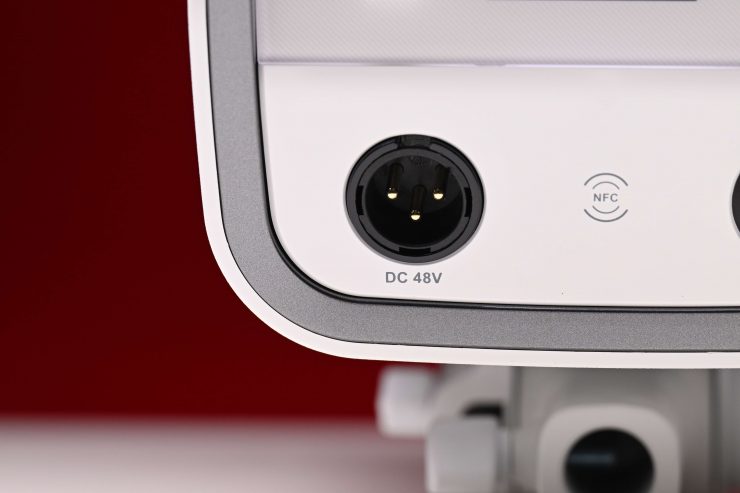
There is a 3-pin 48V DC power cable that goes to the power supply. The cable is long enough so that you can position your fixture around 195cm / 67 4″ high and still keep the power supply on the ground.
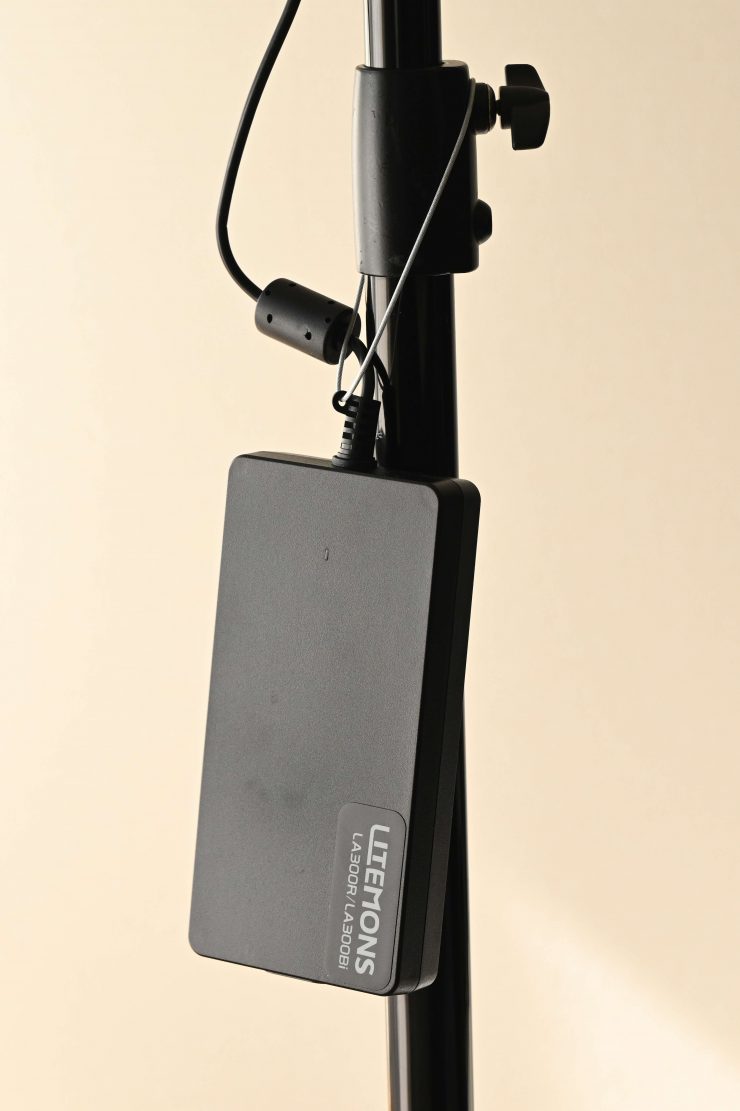
Godox does give you a lanyard strap so that you can attach the power supply to a light stand.
There are no clearance issues with the power cable attached because the light doesn’t utilize a traditional yoke frame.
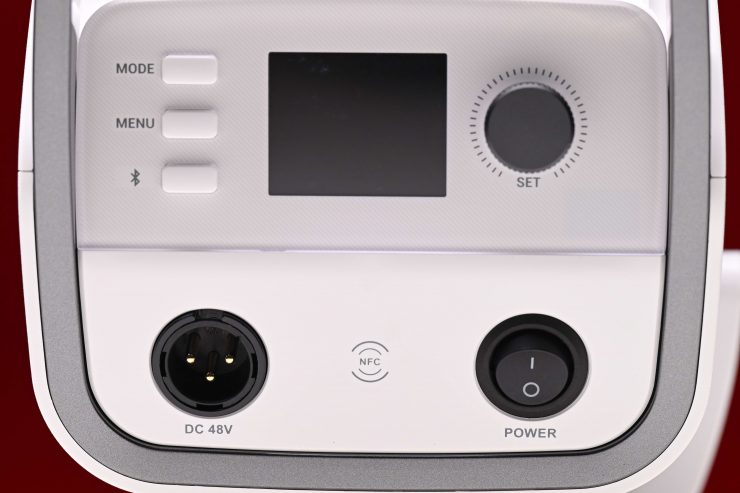
The On/off switch and the buttons on the fixture are reasonably tactile, and work as advertised.
Design
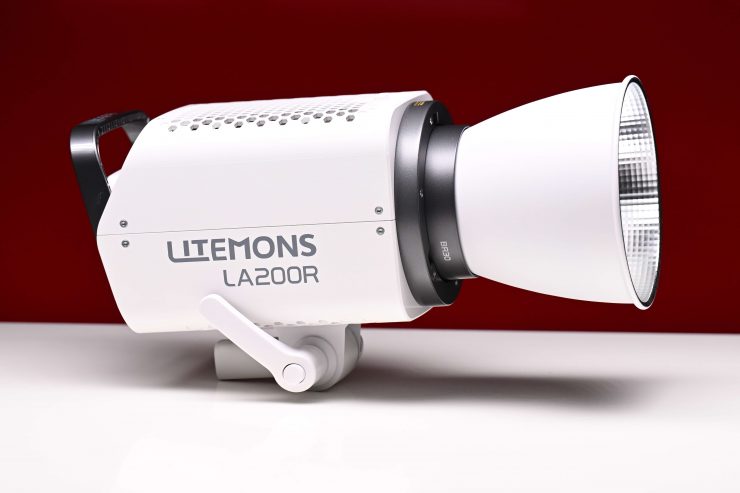
As far as the design goes, it does look a lot like most other COB fixtures.
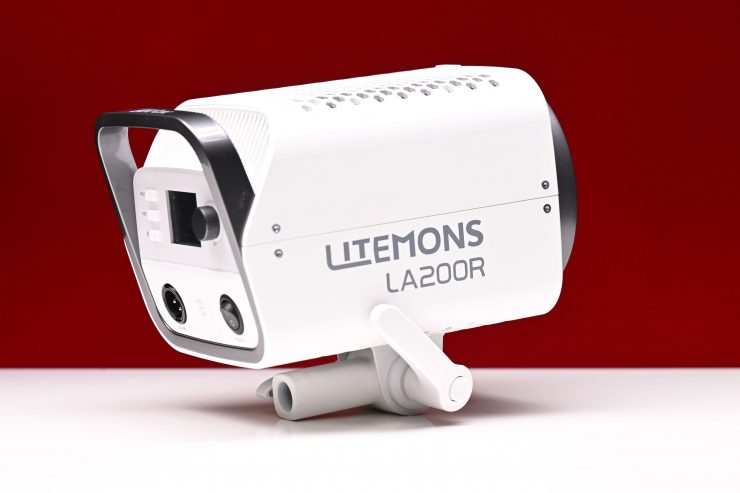
I am personally not a fan of white lighting fixtures as they can reflect light and stand out too much.
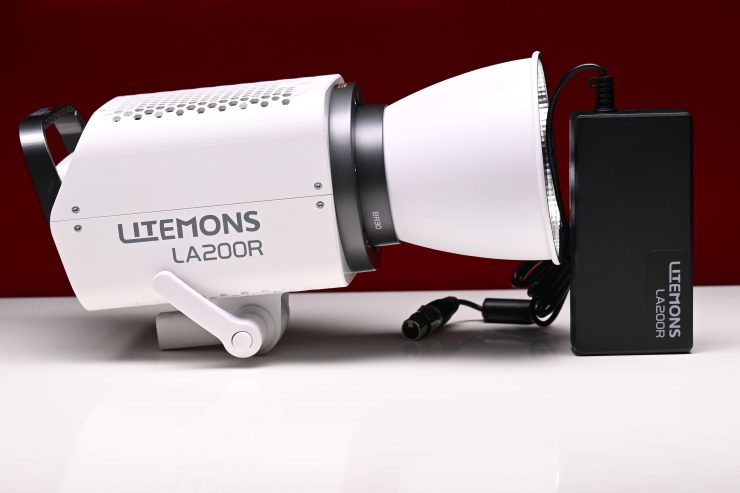
The design consists of the lamp head and a separate power supply. This is fairly common with lights such as these. It is nice not to have a separate controller and have it built into the fixture. This allows you to set up and pack away the light quickly.
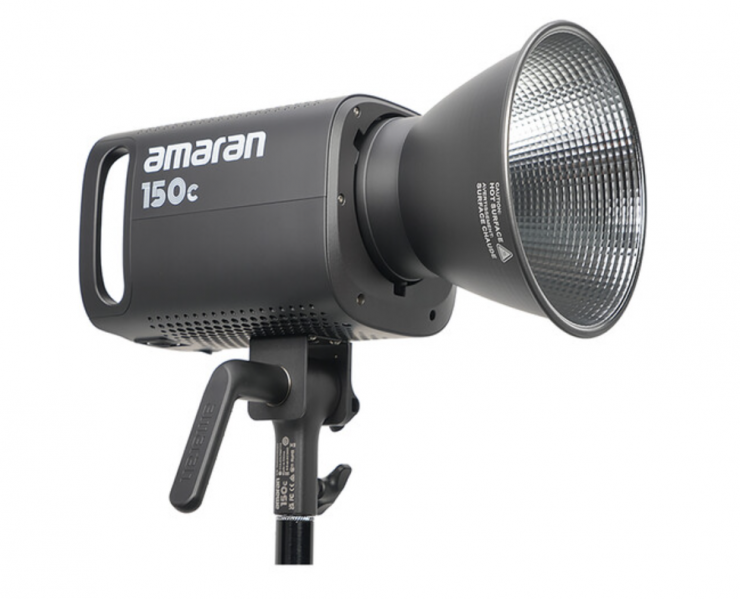

amaran 150c RGB LED Monolight 
COLBOR CL220R
Appearance-wise, the LA200R looks reasonably similar to the amaran 150c RGB LED Monolight and COLBOR CL220R.
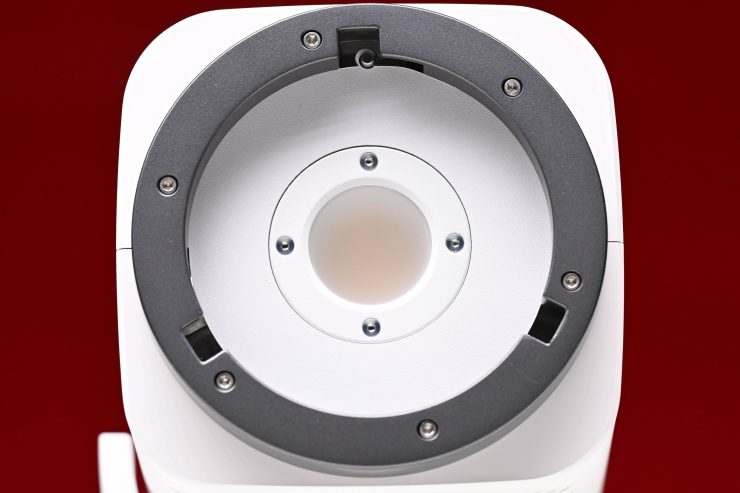
Lots of LED lights on the market, including the Godox Litemons LA200R are using COB technology. COB stands for “Chip On Board” where multiple LED chips are packaged together as one lighting module. The advantage of COB LEDs being multi-chip packaged is that the light-emitting area of a COB LED can contain many times more light sources in the same area that standard LEDs could occupy. This results in a greatly increased lumen output per square inch.
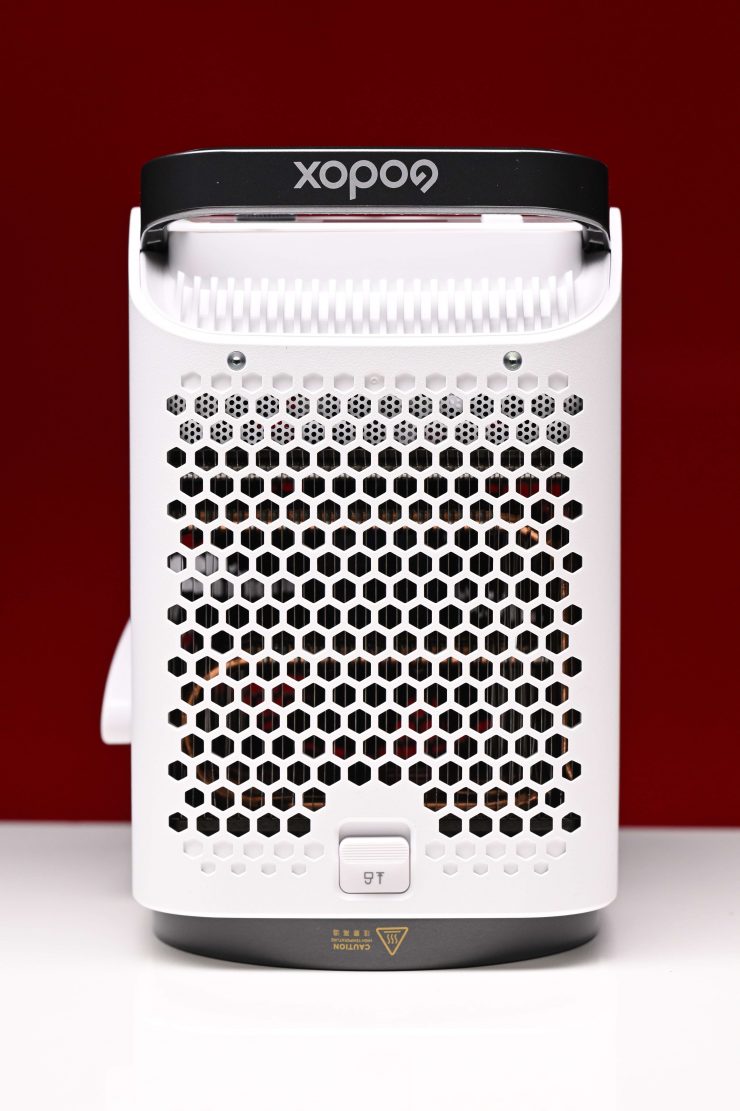
The fixture does feature a rather large fan that is on the underside of the light.
The biggest problem with COB LED lights is that unless you diffuse them they are very bright to look at and unsuitable for directly lighting talent.
Weight & Size

The Godox Litemons LA200R weighs 5.5 lb / 2.5 kg. The controller is built-in to the lamp head, there is just a separate AC adapter. That weighs around 800g (1.76 lb).
So how does this weight compare to some other similar fixtures that have the same power draw?
Below you can see how the price compares to some of the competition:
| WEIGHT LAMP HEAD | |
| Godox Litemons LA200R RGB LED Monolight | 5.5 lb / 2.5 kg |
| amaran 150c RGB LED Monolight | 7.76 lb / 3.52 kg |
| COLBOR CL220R 220W RGB COB LED | 3.5 lb / 1.6 kg |
| GVM SD200R RGB & Bi-Color LED | 6.94 lb / 3.15 kg |
The nice aspect about the Godox is that you don’t need to carry around a heavy-duty lightstand to use it with.
Beam Angle
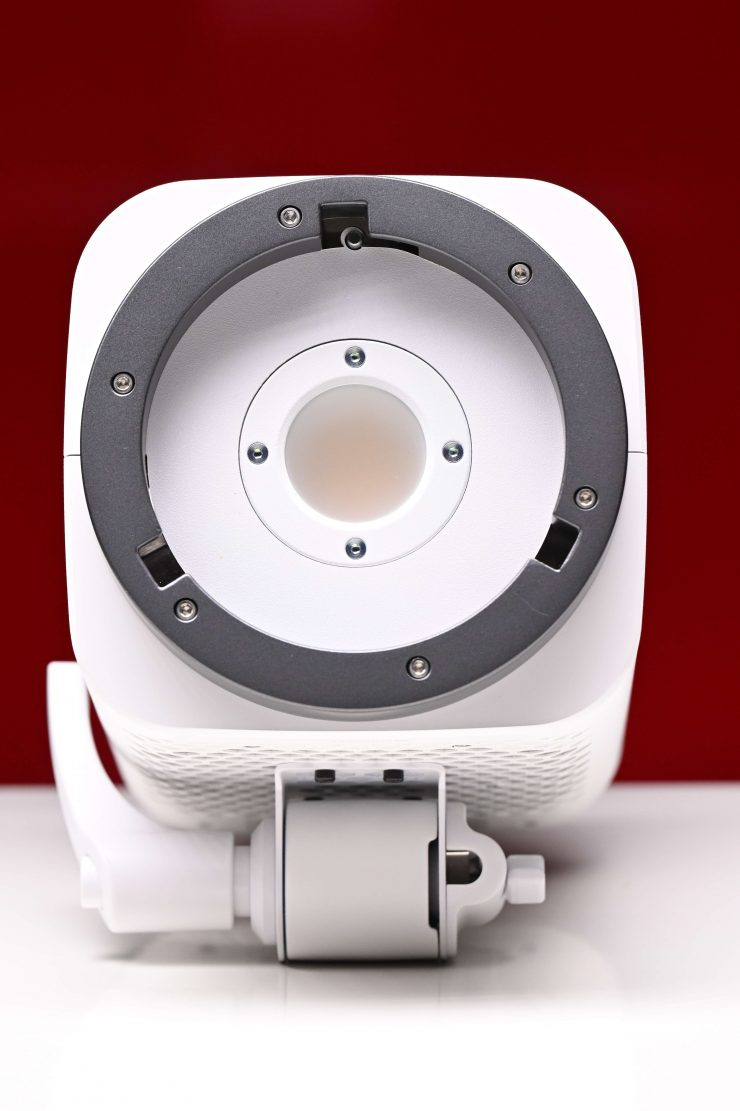
The beam angle of the fixture is 90°. When used with its reflector it is 60°.
Mounting
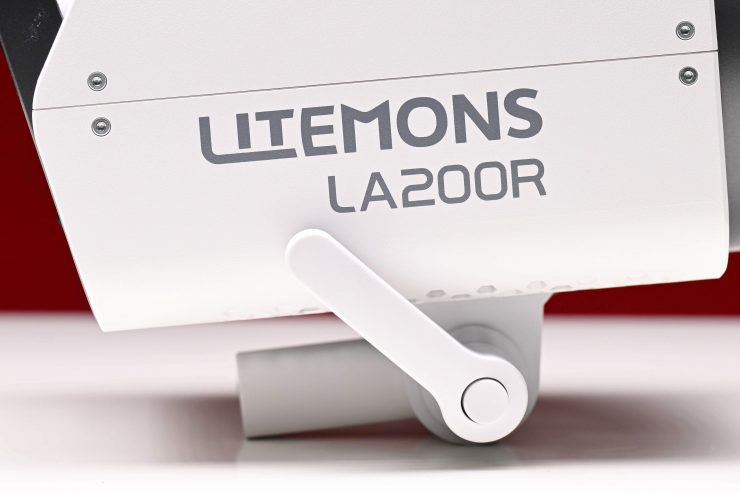
The Godox Litemons LA200R doesn’t come with a traditional yoke frame. Instead, it has an integrated and adjustable lightstand mount.
This keeps the size and weight down and it also makes it easier to pack into. a bag for travel.
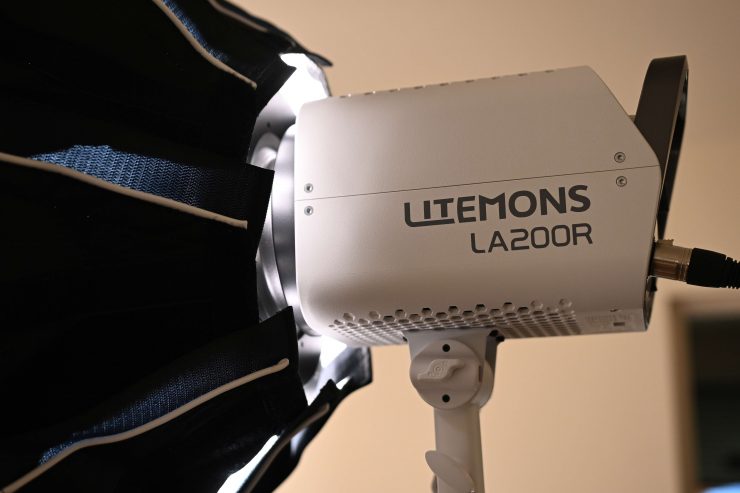
I put a large DoPchoice Octa 3 softbox on the fixture and the lightstand mount was strong enough to hold it without moving.
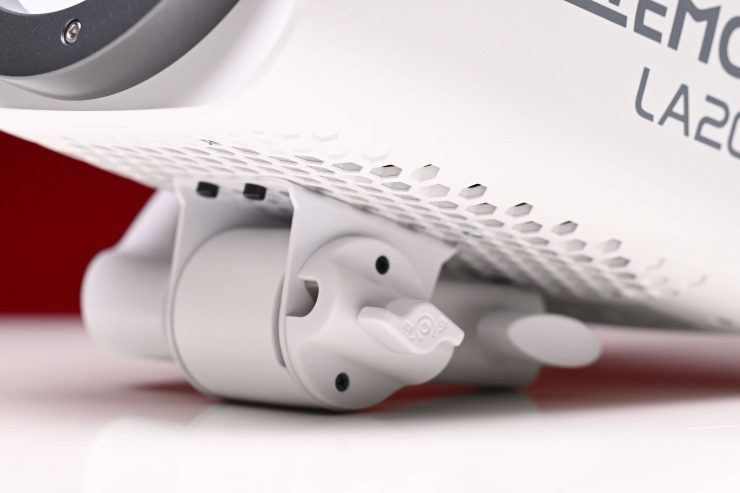
Godox also includes an umbrella holder which is a nice touch.
Power Draw
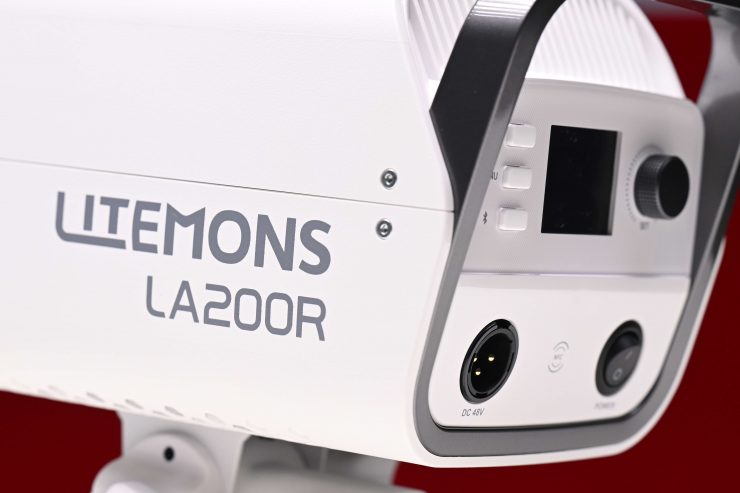
The light draws 220W. It can be run from mains power or from a 48 VDC source using the optional Godox DBP-V Dual Battery Plate.
The DBP-V Dual Battery Plate allows you to use two V-mount batteries to power the fixture. Strangely, I couldn’t seem to find this for sale anywhere and I couldn’t find a price.
Controls & Menu System
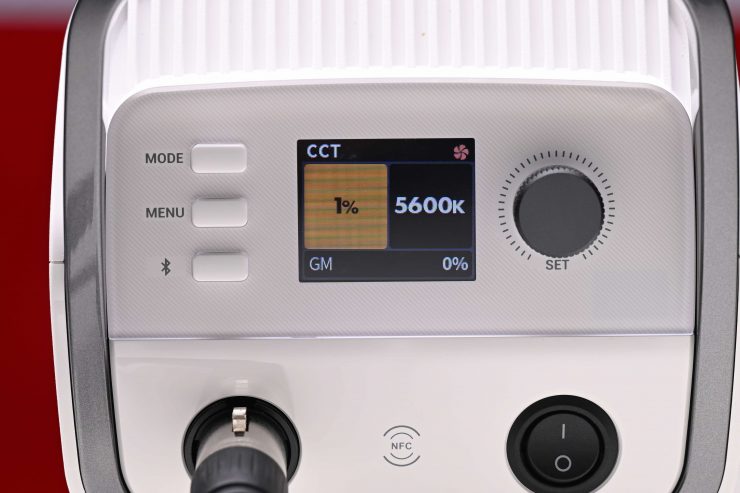
The rear LCD screen on the light looks similar to what you would find on comparative fixtures.
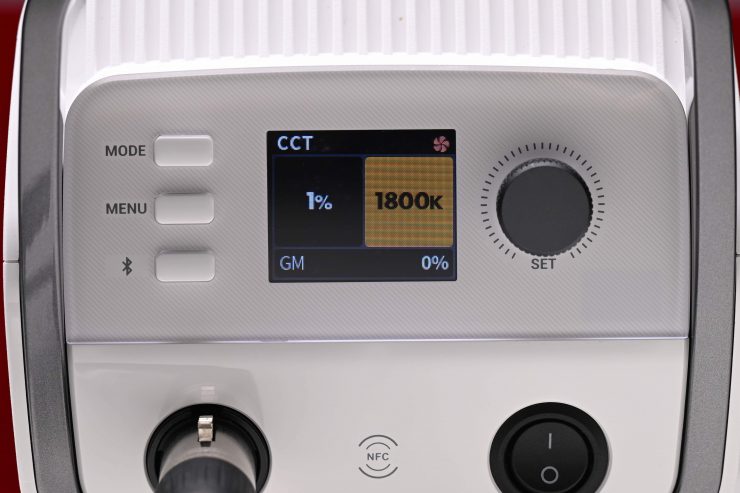
Although it is fairly basic, it does show you key information about the light’s operating modes, brightness, CCT, etc. While it is not a touchscreen, it is still pretty quick to access all of the available lighting modes and make changes.
With a good light, you shouldn’t have to read a manual to work out how to operate it. You should be able to turn it on and use it straight away. In that respect, the Godox is straightforward and easy to operate.
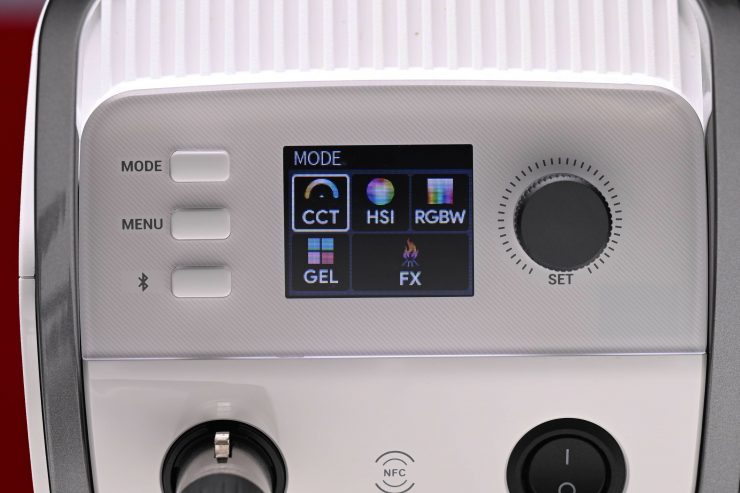
Above you can see the various operating modes that are available and what they look like.

You can also make adjustments to the fan speed, update firmware, reset the Bluetooth, etc.
NFC & Godox Light App

NFC Addition You can add your device by opening the Godox Light app near the light’s NFC chip and it will instantly connect it. This accelerates setup with multiple lights.
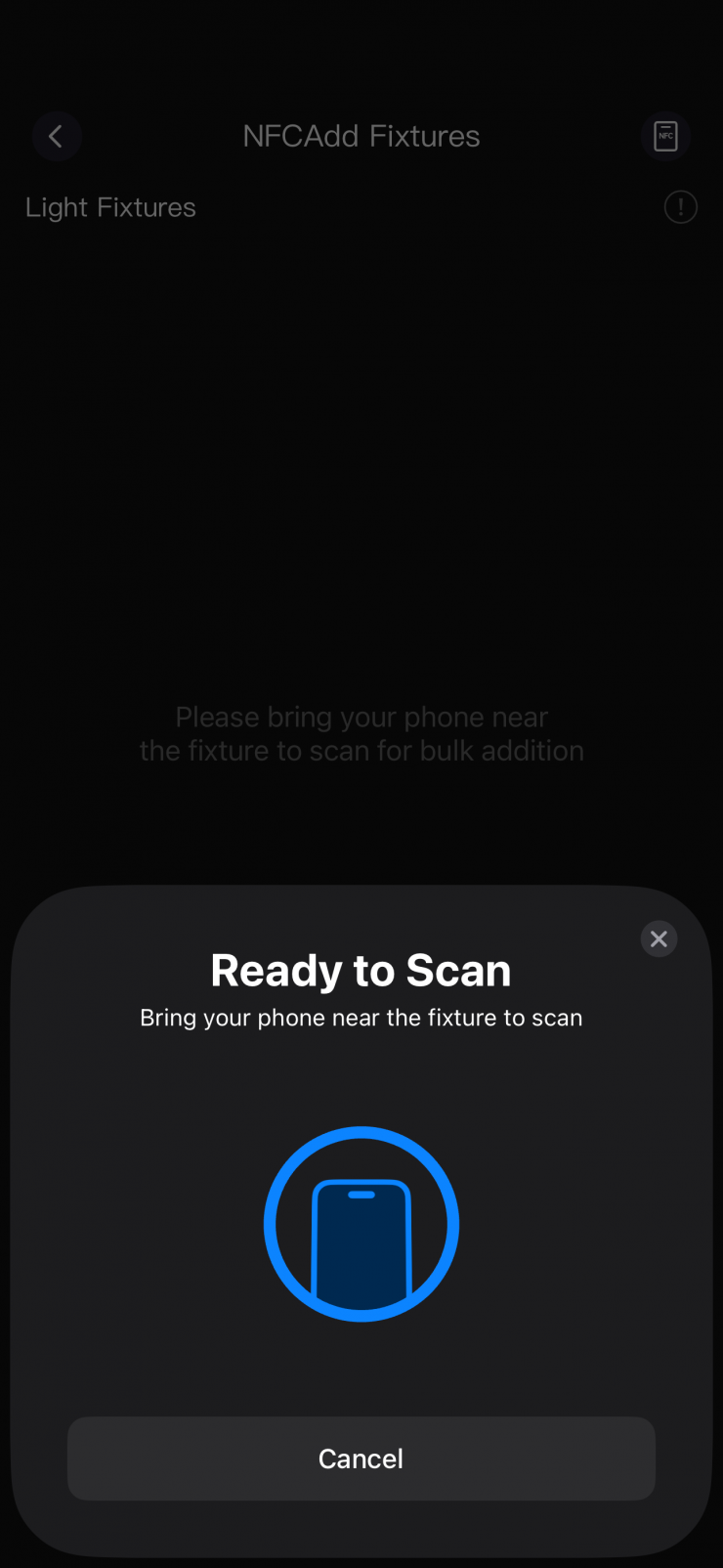
Now, I tried this and I couldn’t get it to work. It wouldn’t find the fixture no matter what I tried.
The Godox Light App which I will talk about next, allows you to make lighting adjustments and it now includes a new scene-switching feature. You can connect multiple lights for synchronized control and remote operation of various FX effects.
Bluetooth App
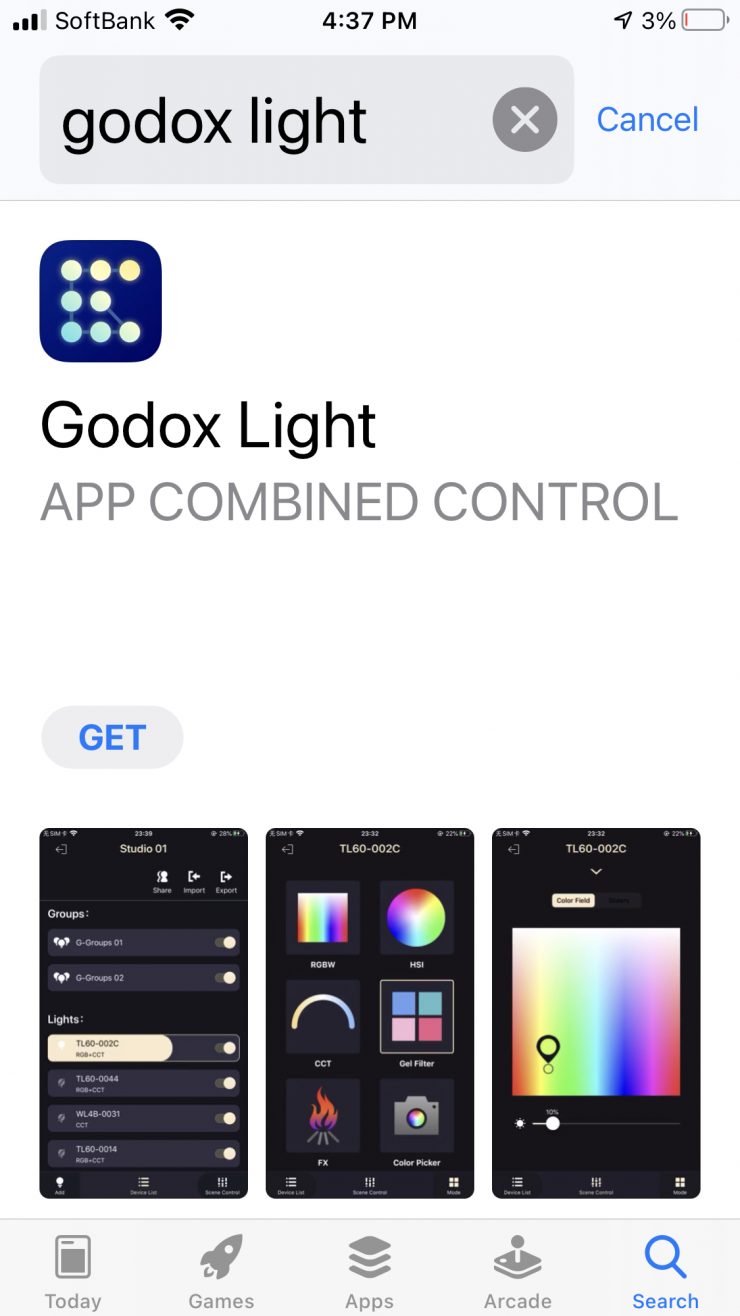
The light can be controlled via Bluetooth using the Godox Light App.
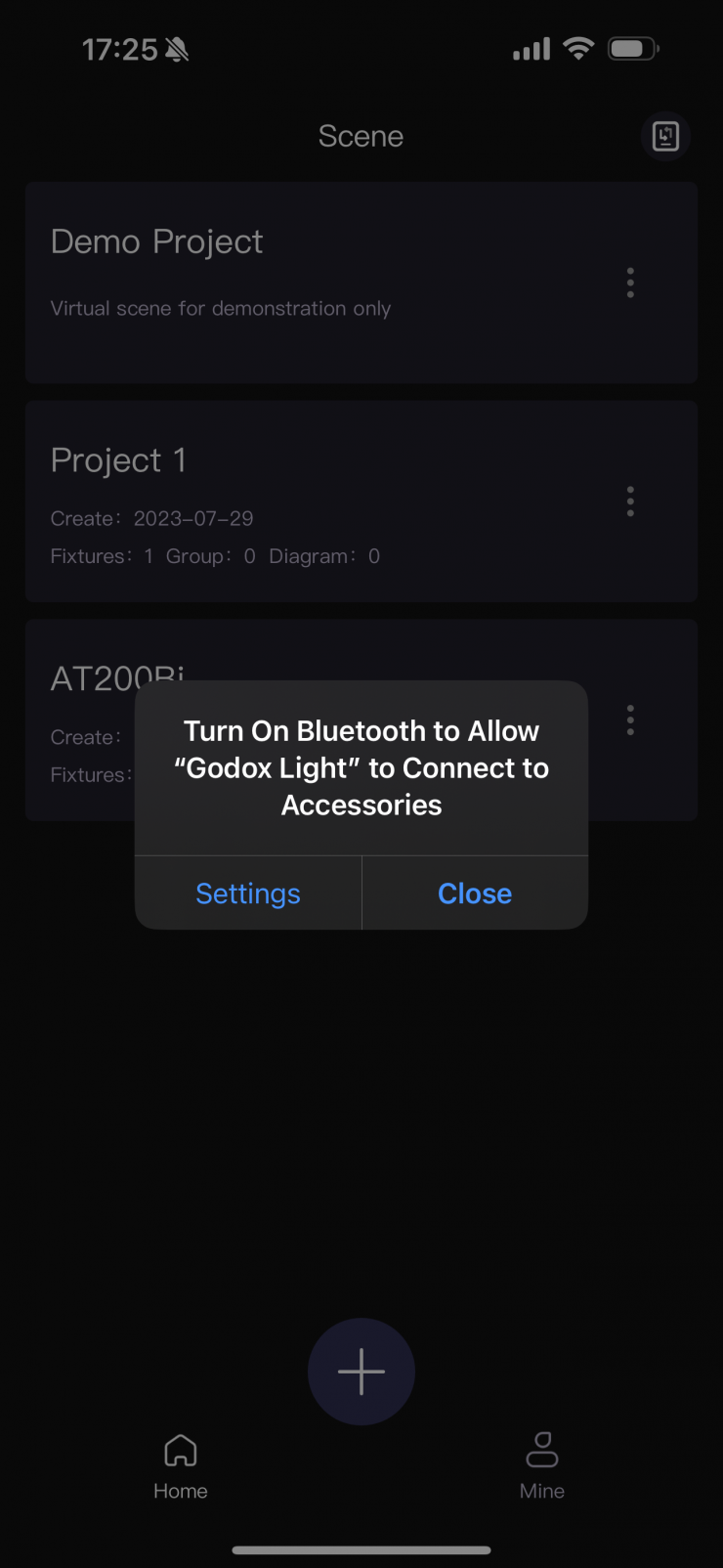
You need to have Bluetooth turned on when using your smartphone or tablet. If you are using the light for the first time, you need to create a new Project.
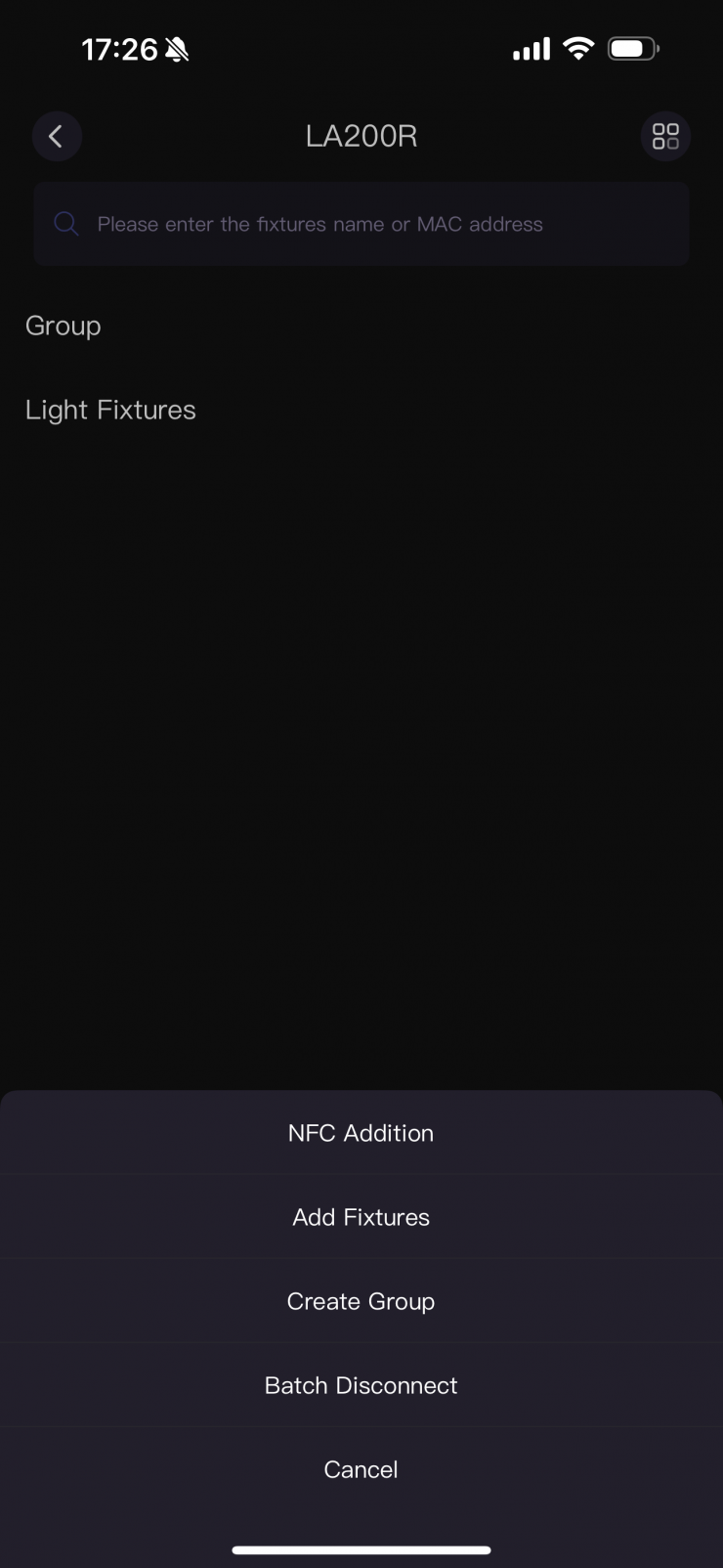
It will then ask you how you would like to look for the new fixture you want to add. In this example, I will click on Add Fixtures.
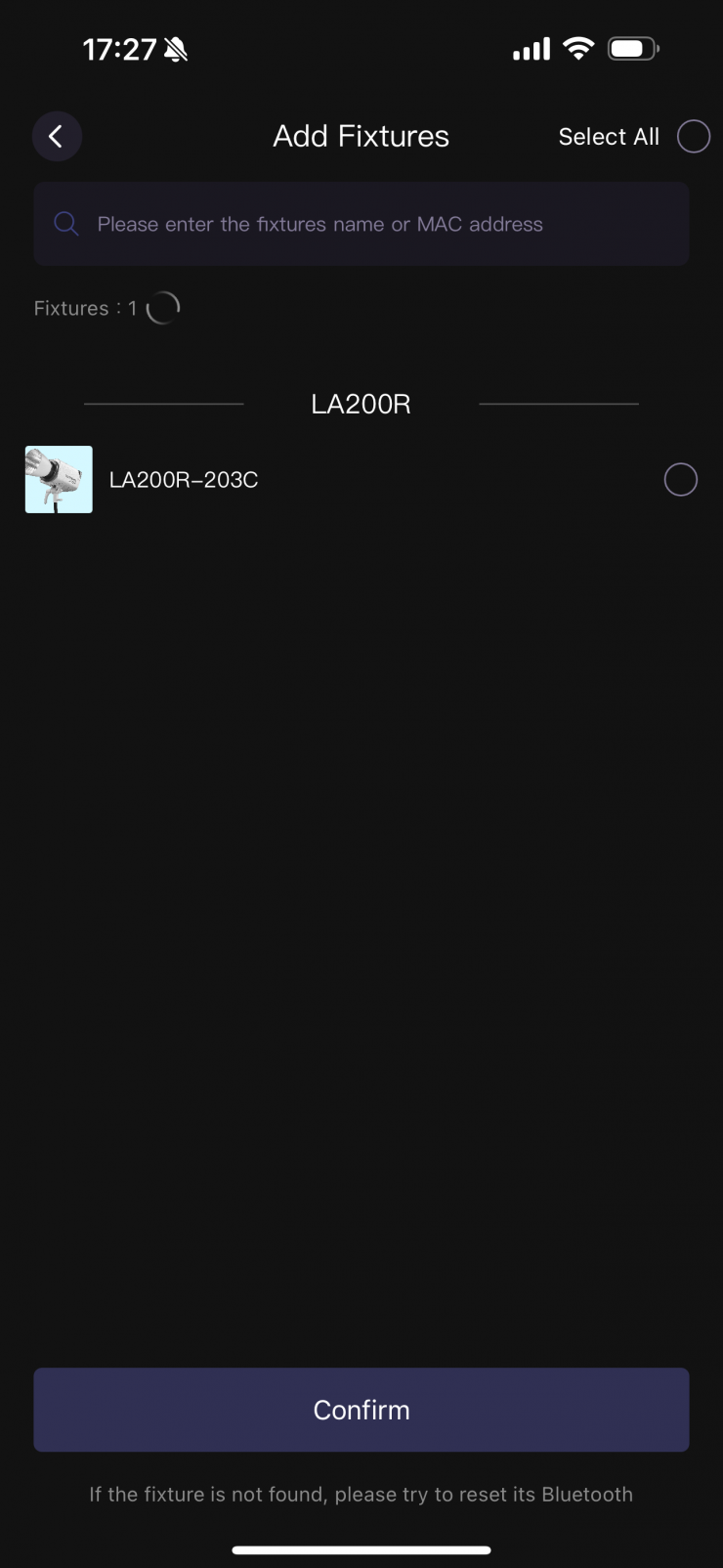
It will then find any fixtures that are tuned on with their Bluetooth activated.
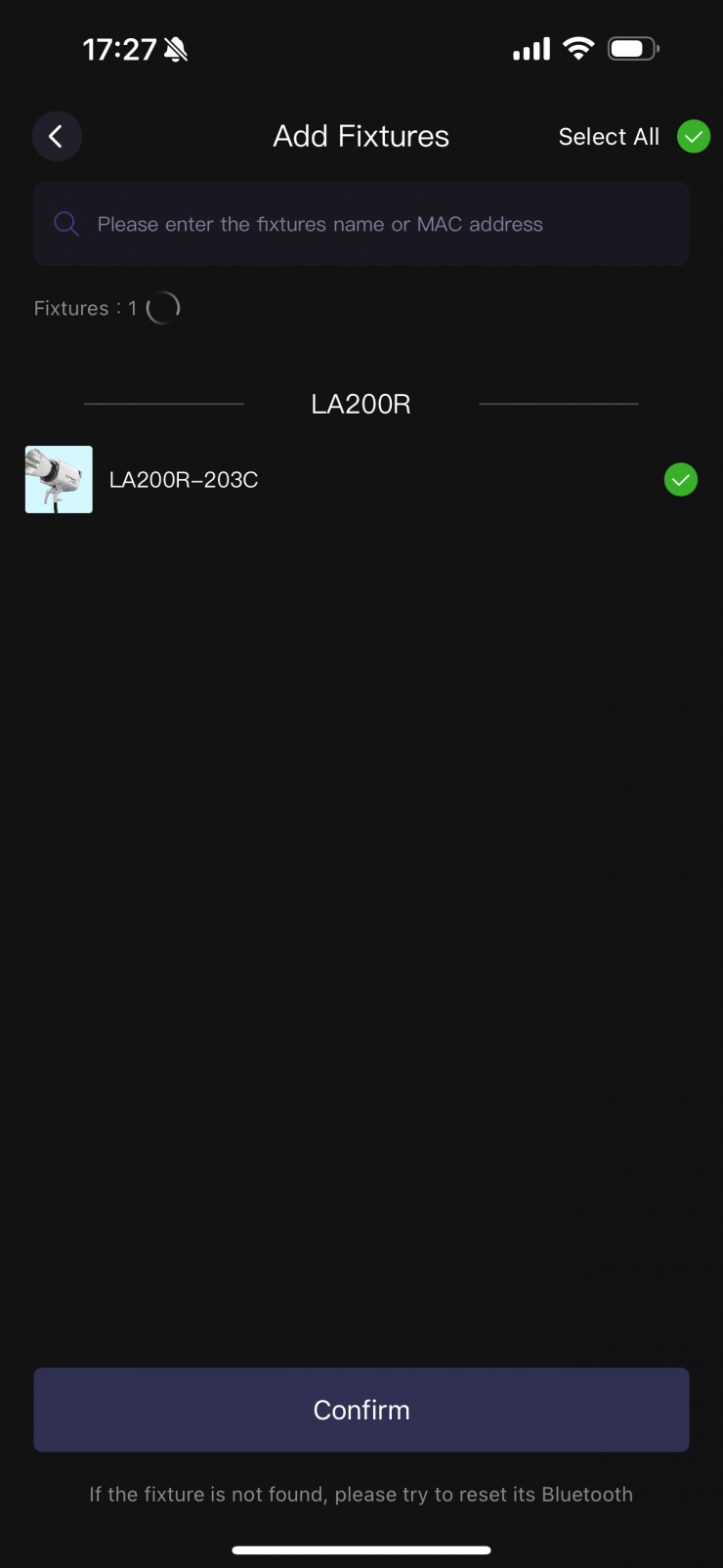
Once you select the fixture and hit confirm, it will set it up for use with the app.

Once you tap on the fixture you will be taken to the home screen of the app, where the light will be in the default CCT operating mode.
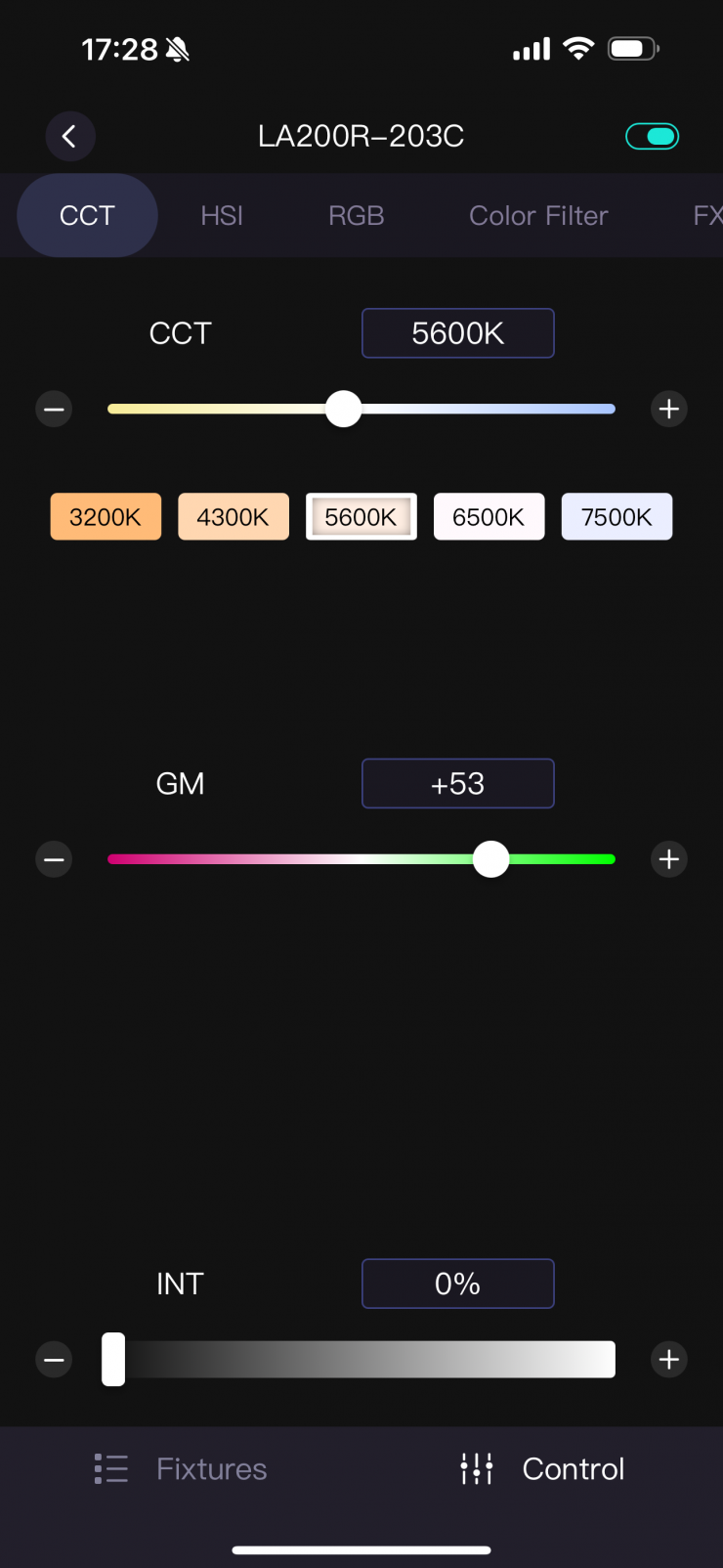
There is a range of parameters that you can adjust using the app.
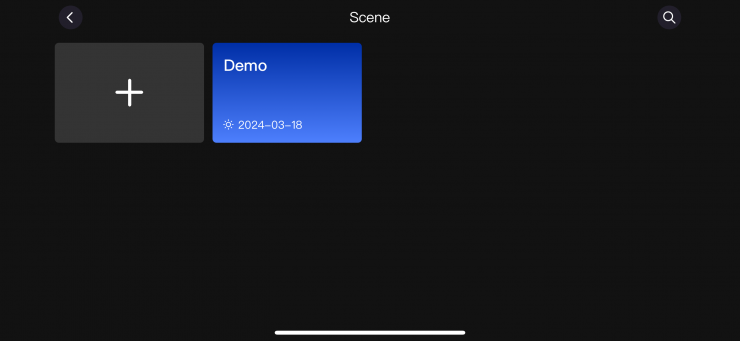
You can also create a Scene where you can make a lighting diagram which is handy if you have the time.

In the app, you also have the ability to change the fan speed.
Now, the issue with the fan speed settings is that they aren’t reflected in the app when it comes to displaying the output level correctly. In the Medium Speed mode, the light is limited to 70% output and in the Mute Mode it is limited to 10%. However, the app will allow the output to be displayed at 100%. I am not sure why so many lighting companies can’t seem to get this right.
For the most part, the app is reasonably straightforward and easy to use.
RGBW
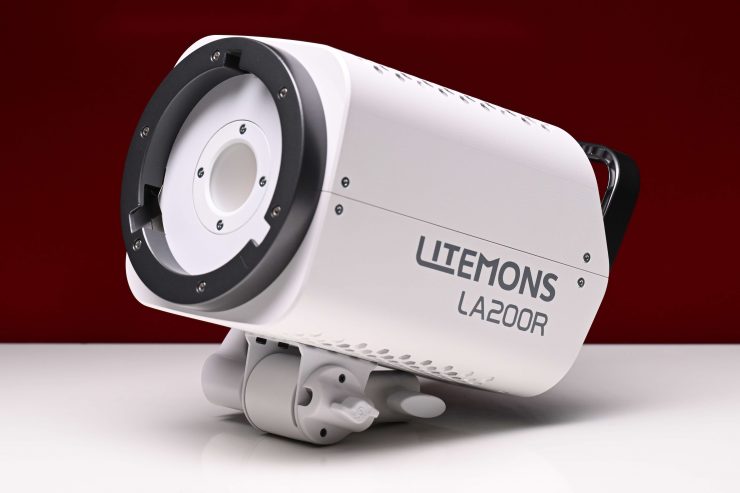
We are seeing a lot of lighting companies now using RGBW technology. RGBW stands for Red, Green, Blue & Warm White. There are, however, other types of RGB such as RGBWW, RGBAW, RGBACL, etc.
Operating Modes

The light has the following lighting modes that you can access from the fixture:
- CCT
- HSI
- RGBW
- Gel
- FX
Correlated Color Temperature (CCT)
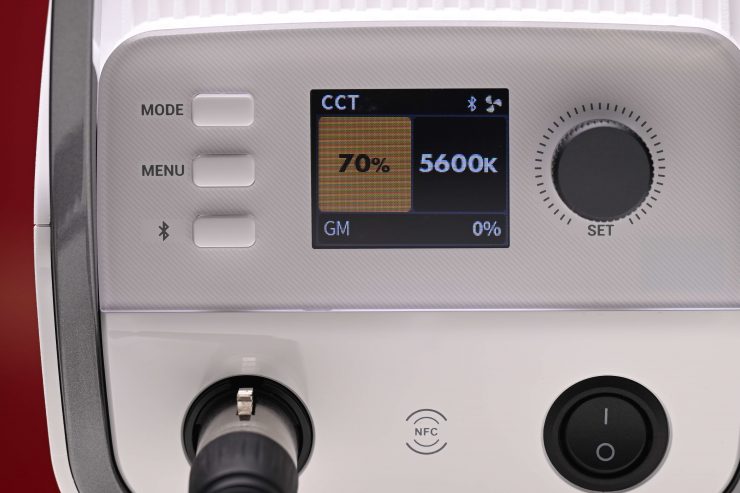
This is the mode most people are going to use the light in. In the CCT Mode, you have full access to making Kelvin color temperature adjustments between 1800-10,000K.
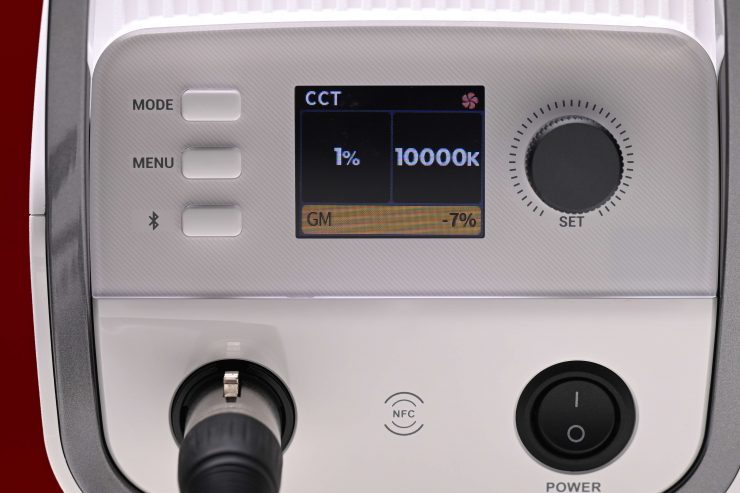
The fixture also has continuous variable (full minus green to full plus green) correction.
Being able to dial in more or reduce the amount of green coming from your lighting source can make a huge difference. Different camera companies use different sensors in their cameras and they all react differently to light. Some camera sensors may lean towards magenta, and some, more towards green. By making CCT adjustments you can dial in the light so that it looks better for whatever camera system you are using. CCT adjustment also helps when you are trying to match lights from different manufacturers.
HSI
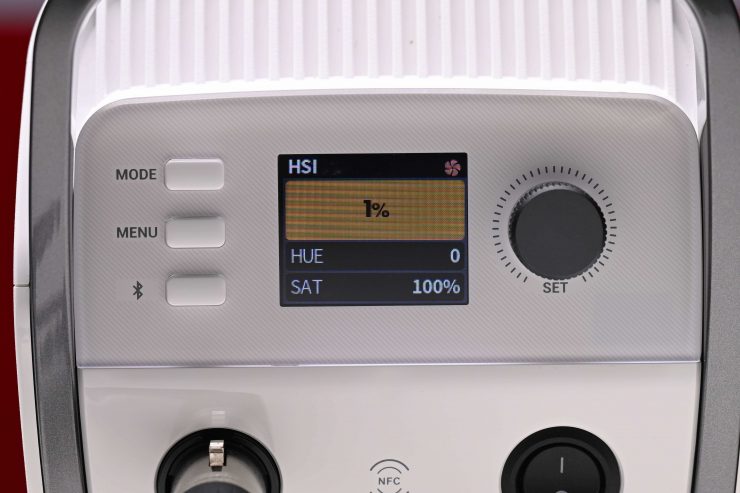
The HSI mode lets you create just about any color you can think of. It gives you full hue and saturation control as well as intensity. By manipulating, the hue and saturation you can create some really interesting colors that depending on the project you are working on can really add some creative flair. I quite like using this mode to create a lot of color separation between the foreground and background, or for recreating a really cold or warm-looking image.
The colors are represented as degrees from 0-360.
The interface on the fixtures screen doesn’t provide you with any visual aids so it can be difficult to dial in the exact color you want to create. It isn’t as good as the visual reference on some other lights.
If you want a better reference when accessing the HSI mode you are better off using the Godox Bluetooth app.
RGBW
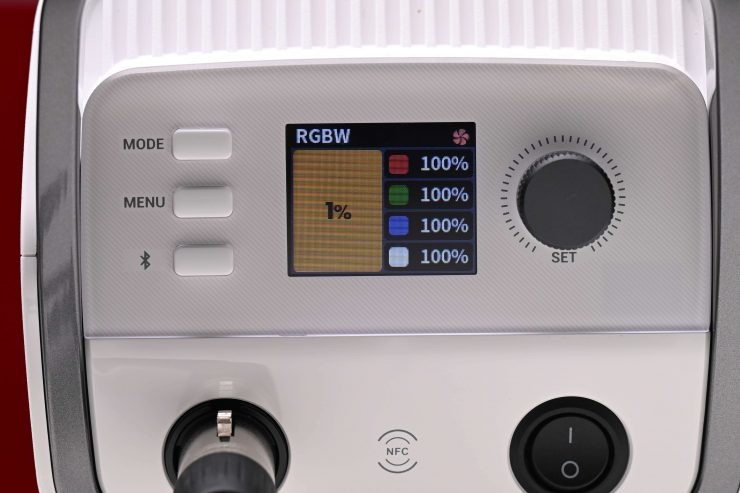
In this mode, you can make individual adjustments to the red, green, blue, and white channels.
Gel
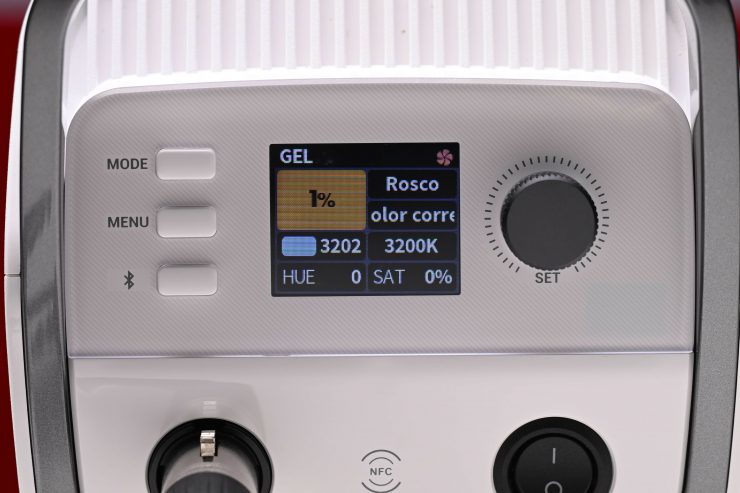
In Gel mode, you can select from a wide array of Rosco and Lee digital gels.
FX
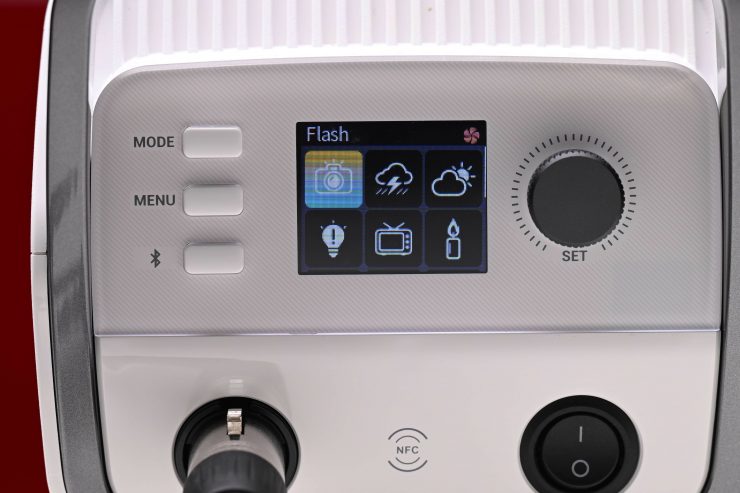
The FX mode lets you recreate a wide range of lighting effects that can be handy for certain scenarios. The effects include:
- RGB Cycle
- Lightning
- Cloudy
- Flash
- Lightning
- Police Car
- Party
- Fireworks
- Broken Bulb
- TV
- Candle
- Explosion
- Welding
- Fire
- SOS
All the effects modes can be individually adjusted, but you can only adjust the speed and intensity of the effects.
How does it stay cool?
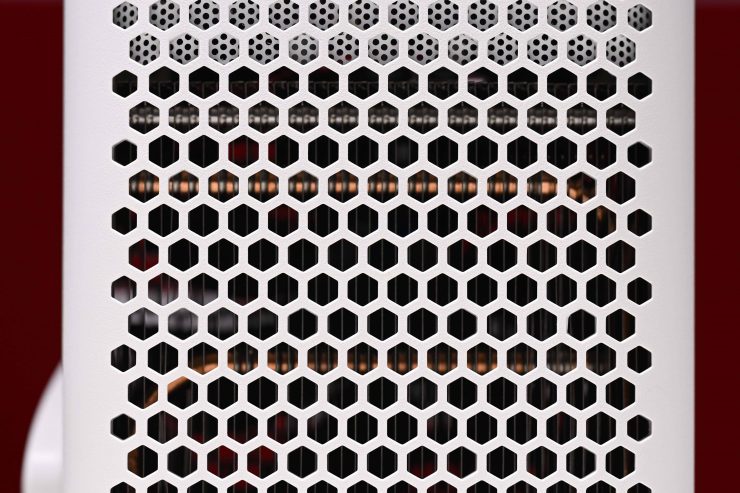
Large, high-powered COB lights get very hot, and keeping them cool is not an easy task.
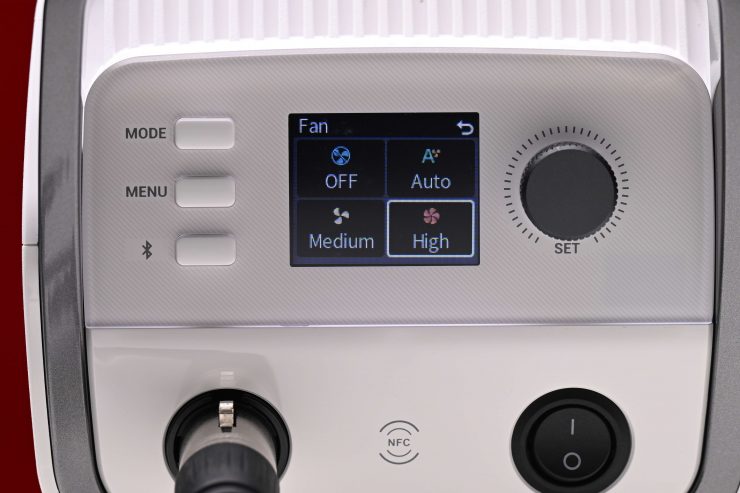
The light features an in-built fan, and you can operate it in the following fan modes:
- Medium Speed
- Maximum Speed
- Off (this is labeled as Mute Mode in the app)
- Auto
In Medium Speed Mode, the output is limited to 70%. In Off, it is limited to 10%.
The fan noise is pretty quiet, even when using the Maximum Speed.
Photometrics
So now let’s get to the photometric results. I always test lights in this way so that I get a reference to how they compare to other fixtures. Results only tell part of the story and should never be used alone to judge a light. I have found from extensive testing over the years that certain lights that have good photometric results don’t always look good, and lights that have worse photometric scores can sometimes look better than their results indicate.
Different lights can also look different depending on what camera you happen to be using.
Output & Color Temperature Accuracy
I tested the Godox Litemons LA200R at a variety of CCT settings with a Sekonic C-800 Spectrometer to find out how much output the light had and how accurate the CCT reproduction was. All readings are taken at a distance of 1m / 3.28ft in a controlled environment. When using a reflector, softbox, or other lighting modifier the measurements are taken 1m / 3.28ft from that modifier.
Open Face
5600K (Open Face)

Above you can see the Godox recorded an output of 6910lx (642 fc) when set at 5600K used open face. This is a reasonable amount of output for a 220W fixture.
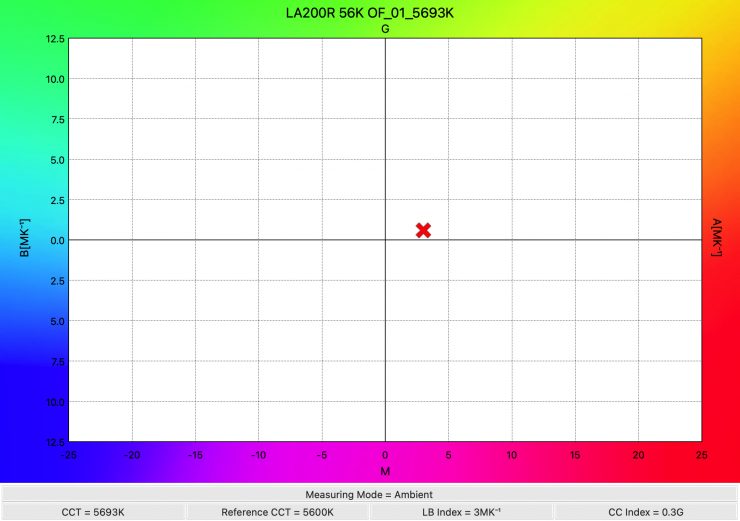
The light recorded a CCT reading of 5693K which was an ok result.
3200K (Open Face)
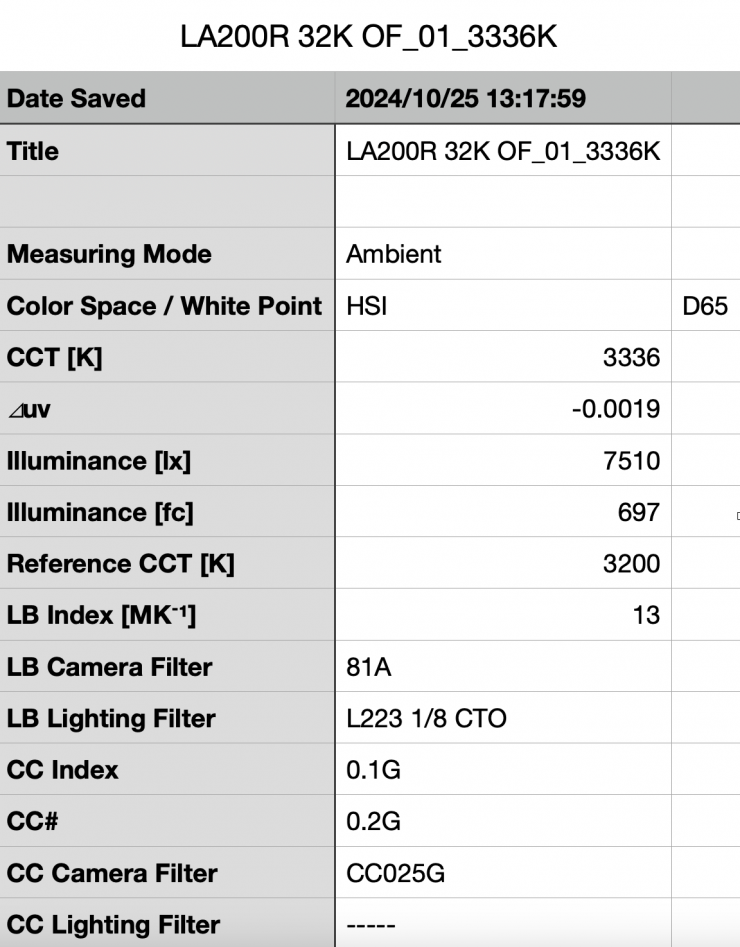
Above you can see the Godox recorded an output of 7510 lx (697 fc) when set at 3200K and used open faced. This was 8.68% more output than it had at 5600K.
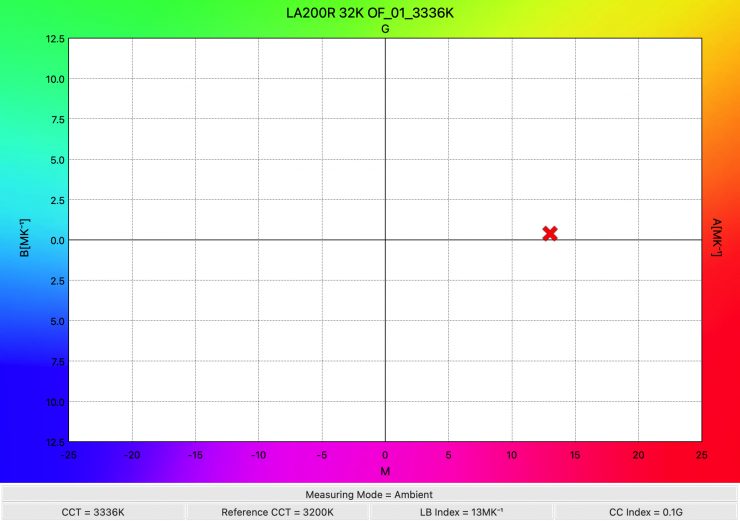
The light recorded a CCT reading of 3336K which was reasonable, but not great.
Ok, now let’s have a look at a summary of results for the LA200R when it is used open face at various CCT settings.
| CCT READING | OUTPUT | |
| 2500K | 2623K | 6980 lx |
| 3200K | 3336K | 7510 lx |
| 4500K | 4606K | 7280 lx |
| 5600K | 5693K | 6910 lx |
| 6500K | 6568K | 6720 lx |
| 8000K | 8015K | 6660 lx |
| 10,000K | 9996K | 6360 lx |
What these results tell me is that when used open faced the LA200R has very good CCT accuracy at 6500K, 8000K, and 10000K. The output varied by 15.32% which wasn’t too bad. The light had its most output when used open faced when it was set at 3200K.
Reflector
5600K (60° Reflector)
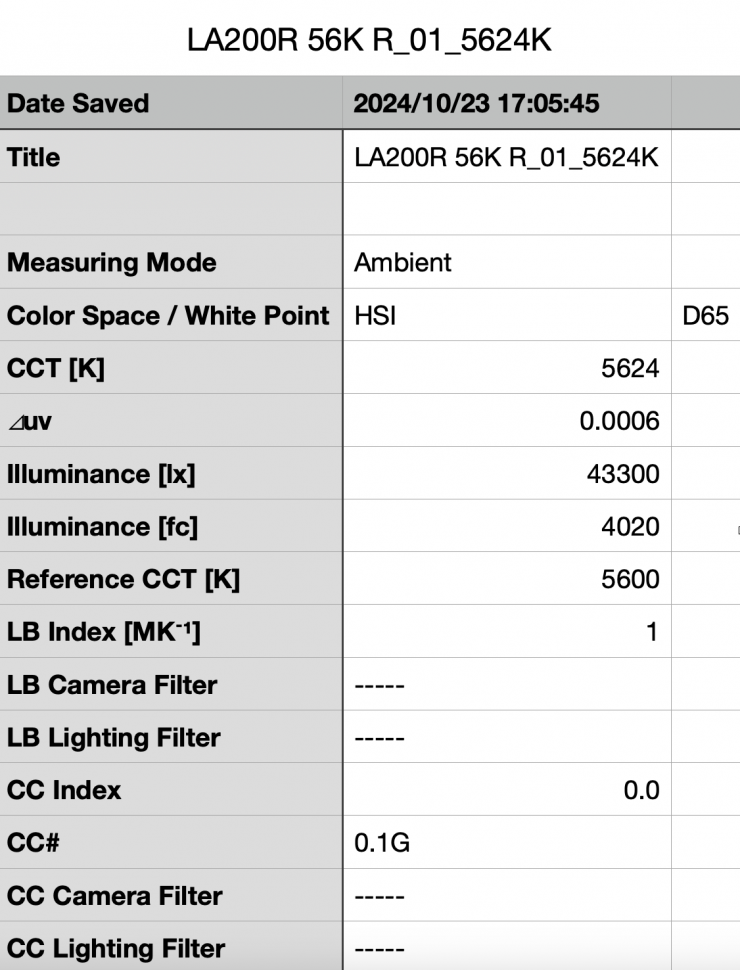
Above you can see the Godox recorded an output of 43,300 lx (4020 fc) when set at 5600K and used with its 60° reflector
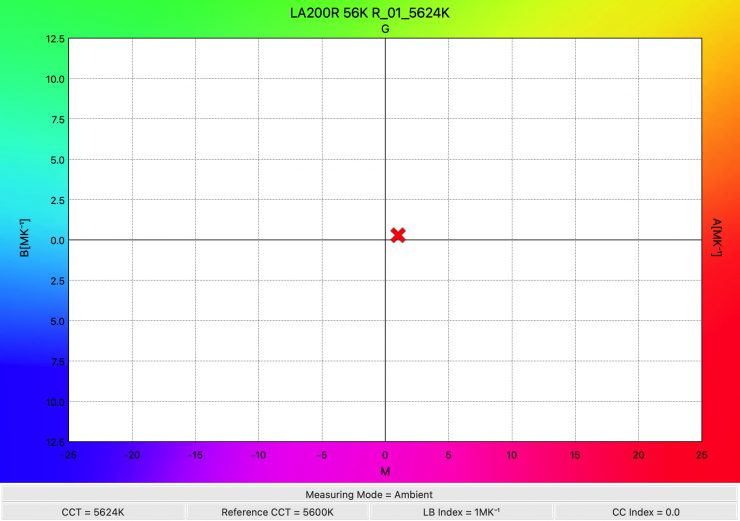
The light recorded a CCT reading of 5624K which was an excellent result. only 28K higher than when used open faced. This shows me that the reflector isn’t changing the CCT by any meaningful amount.
3200K
3200K (60° Reflector)
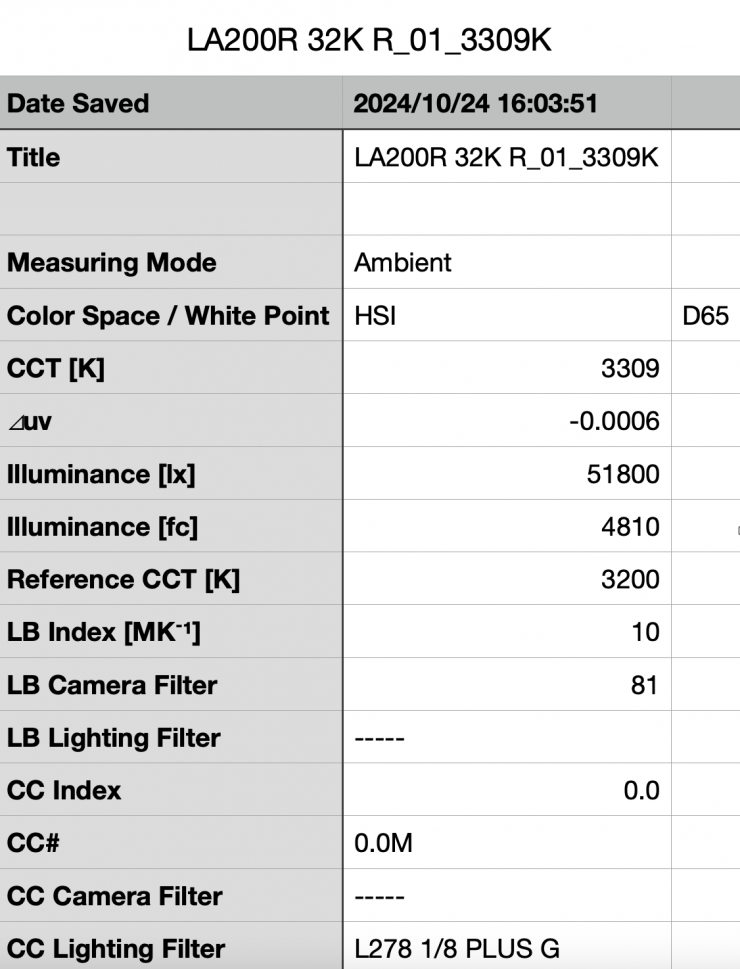
Above you can see the light’s output when it was set at 3200K with the standard reflector. It produced 51,800 lx (4810 fc), which was 19.63% more than its output at 5600K
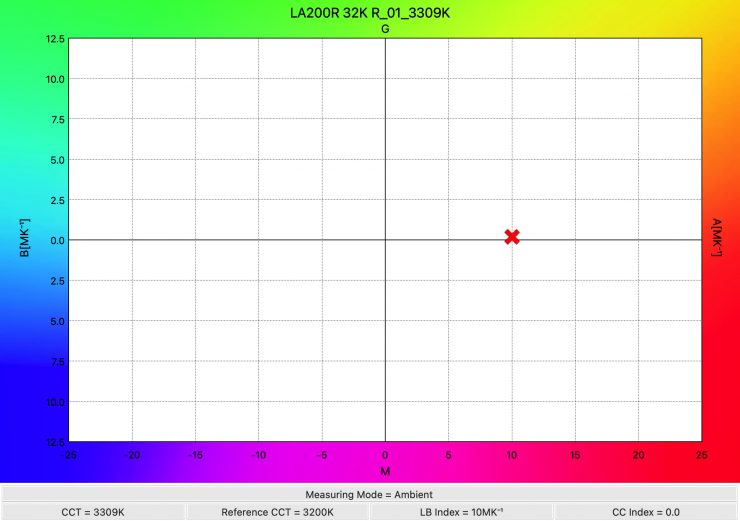
As far as CCT accuracy goes, it recorded an ok reading of 3309K. The light is more accurate at producing a 5600K source than a 3200K source.
Ok, now let’s have a look at a summary of results for the LA200R when it is used with its reflector at various CCT settings.
| CCT READING | OUTPUT | |
| 2500K | 2581K | 48,600 lx |
| 3200K | 3309K | 51,800 lx |
| 4500K | 4624K | 49,900 lx |
| 5600K | 5624K | 43,300 lx |
| 6500K | 6565K | 46,300 lx |
| 8000K | 7983K | 45,700 lx |
| 10,000K | 9892K | 43,600 lx |
What these results tell me is that when used with its reflector, the LA200R has very good CCT accuracy at 5600K, 6500K, and 8000K. The output varied by 15.83% which was ok. The light had its highest output when used at 3200K.
The tests clearly show me that the output does vary across the CCT range.
DoPchoice Octa 3 Softbox
I also wanted to see how much output the LA200R had when used with a DoPchoice Octa 3 softbox.
5600K DoPchoice Octa 3 Softbox
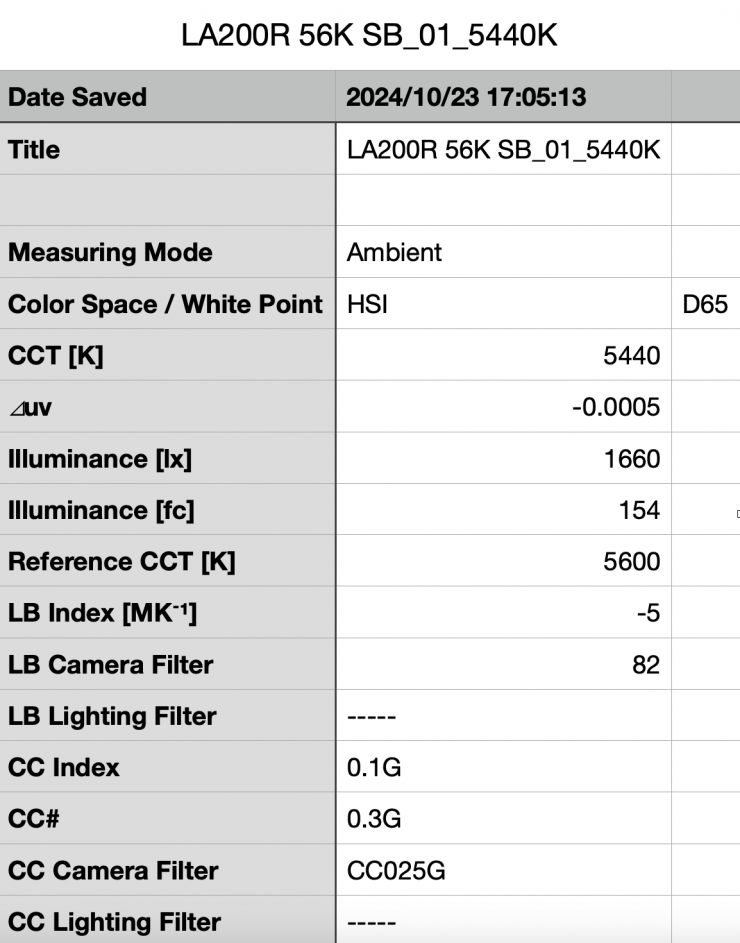
Above you can see the light’s output when it was set at 5600K with a DoPchoice Octa 3 softbox. It produced 1,660 lx (154 fc). This isn’t a ton of output for a diffused source, but it is decent for a light with this power draw.
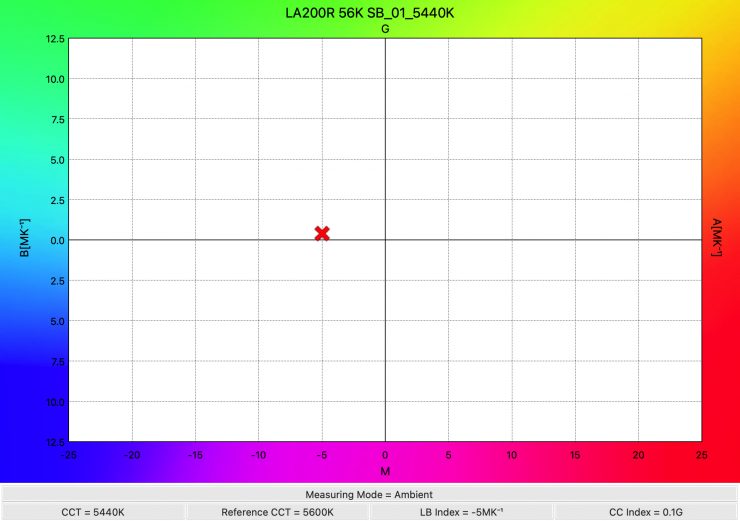
As far as CCT accuracy goes, it recorded a reading of 5440K.
Output at Different Fan Settings
Let’s now have a look at how much output the light has in its various fan settings.
5600K Fan set at Medium Speed (60° Reflector)
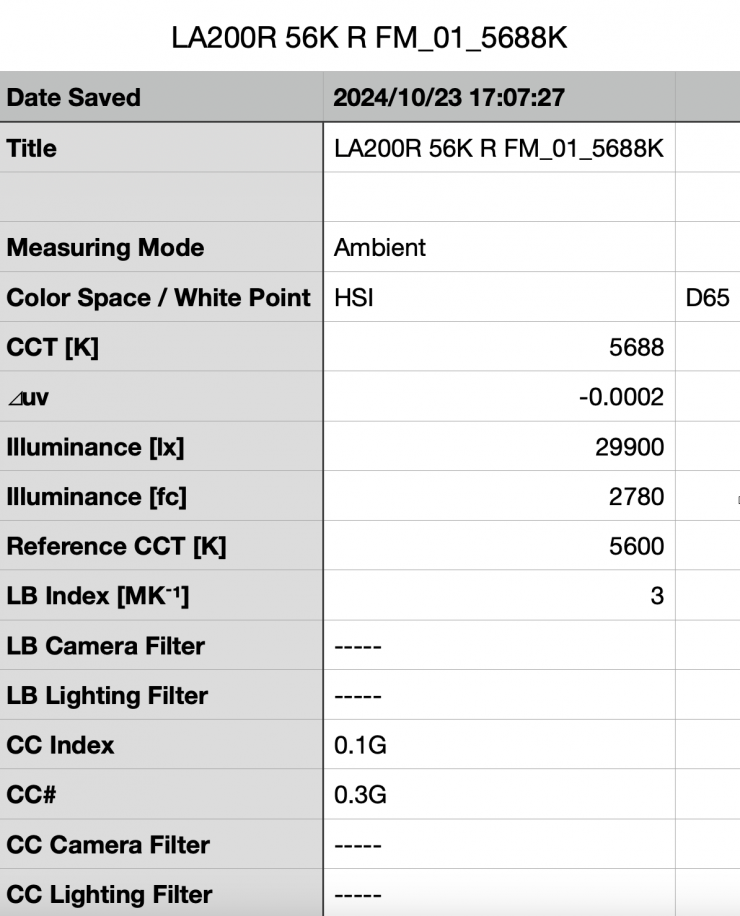
Above you can see the light’s output when it was set at 5600K with the standard reflector and the fan at its Medium Speed setting. It produced 29,900 lx (2780 fc), which was 42.27% less than when it was used in its Maximum fan speed setting. Godox states that in the Medium Speed fan mode the output is limited to 70%, but I found it was closer to 60%.
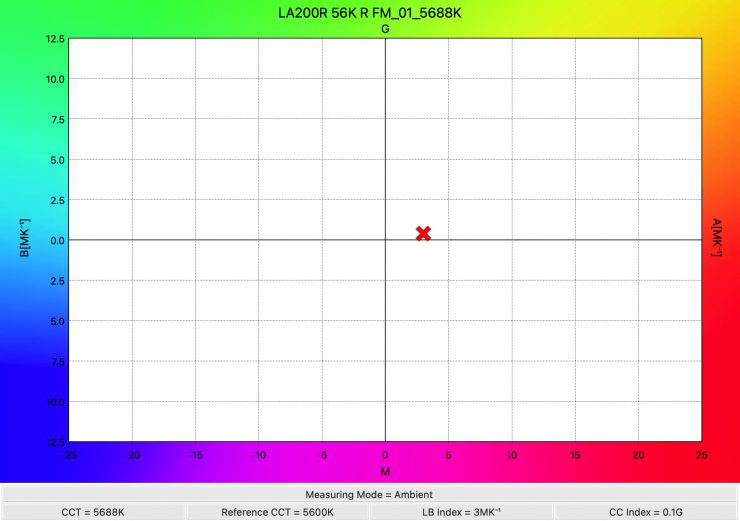
As far as CCT accuracy goes, it recorded a reading of 5688K which was fairly similar to the 5624K it recorded when used in the Maximum Speed fan mode.
5600K Fan set to Off (60° Reflector)
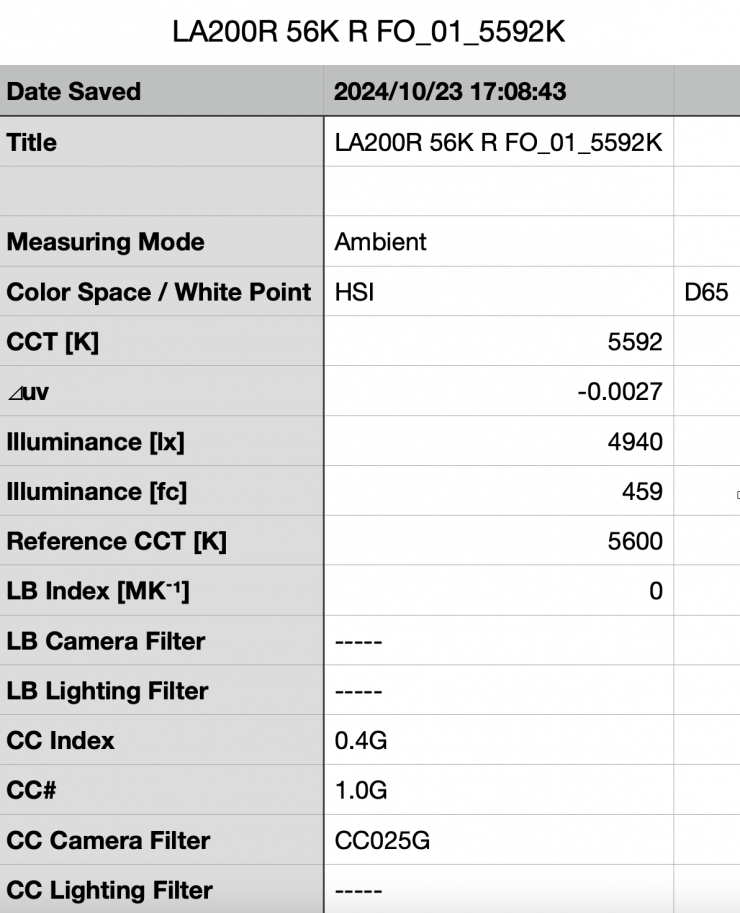
Above you can see the light’s output when it was set at 5600K with the standard reflector and the fan set to Off. It produced 4940 lx (459 fc), which was 90.46% less than when it was used in its Maximum fan speed setting. Godox states that when the fan is set to Off, the output is limited to 10% and I found that to be true.
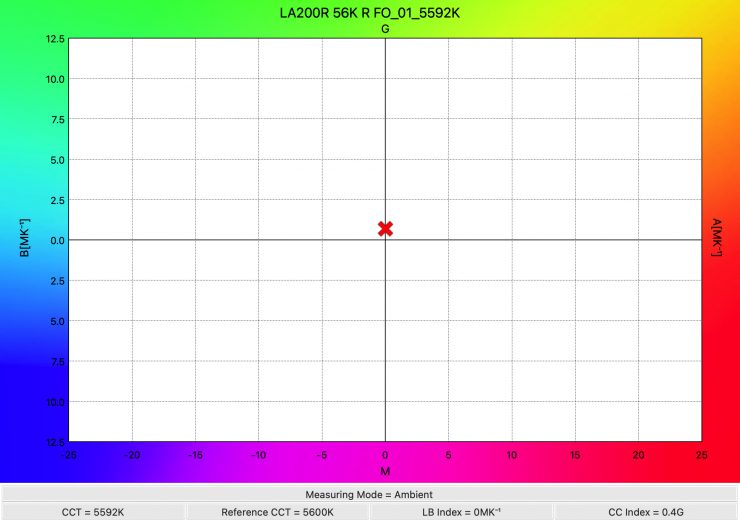
As far as CCT accuracy goes, the result was excellent with a reading of 5592K.
+/- G/M adjustment
As the fixture includes +/- G/M adjustment you can quite easily correct any tint. While there is no exact science to this, and it really depends on what camera you are using as well, it’s just a matter of trial and error to see what setting actually works the best. The nice thing is, that any light with +/- G/M adjustment can be fine-tuned to deliver better results.
CCT consistency when dimming the light
Now, what you should always do when testing lights is to see if the CCT remains consistent when dimming the light. Just because you set a light at say 5600K, that doesn’t mean that the Kelvin color temperature will remain stable as you start dimming the fixture down.
I decided to do a series of tests at 100%/75%/50%/25%10% to see if the CCT being recorded changed. This was done at a distance of 1m / 3.3′ using a Sekonic C-800.
| CCT READING | INTENSITY % |
| 5624K | 100 |
| 5649K | 75 |
| 5676K | 50 |
| 5685K | 25 |
| 5584K | 10 |
The Godox Litemons LA200R is able to maintain good CCT consistency as you start dimming the fixture. My testing showed that the CCT varied by 101K. These are good results and it shows me that you can’t dim this fixture down without having fairly drastic CCT changes.
This is why we test lights, because with a lot of ‘affordable’ options they don’t maintain good CCT accuracy when dimming the fixture down. However, the LA200R did a good job.
How linear is the output when dimming the fixture?
I also wanted to see how linear the dimming curve was by doing a series of tests at 100%/75%/50%/25%10%.
| INTENSITY % | OUTPUT |
| 100 | 43,300 lx |
| 75 | 31,800 lx |
| 50 | 21,300 lx |
| 25 | 11,100 lx |
| 10 | 4900 lx |
As far as how linear the output is when you start dimming the light, at 50% output it had 50.80% less output than when used at 100%. At 25% it had 74.36% less output than when used at 100%. At 10% output, it had 88.68% less output than when used at 100%. This shows me that the light’s dimming curve is very linear.
Color Rendering
5600K (60° Reflector)
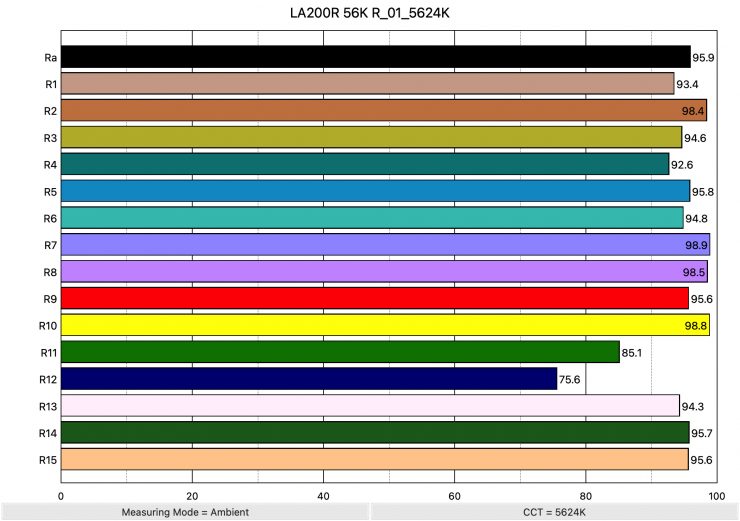
So now that we have seen how much output the Godox Litemons LA200R produces, how does it perform when it comes to replicating accurate colors? Above you can see that when the light was set at 5600K using the standard reflector it recorded an average CRI (R1-R8) of 95.9 and an extended CRI (R1-R15) of 93.84. For replicating accurate skin tones it recorded 95.6 for R9 (red), 94.3 for R13 (closest to caucasian skin tones), and 95.6 for R15 (closest to Asian skin tones). These are all good results, however, R11 (green), and R12 (Blue) were both below 90.

The light, when set at 5600K, recorded a TLCI score of 93.
3200K (60° Reflector )

Above you can see the scores for when the light was used at 3200K. It recorded an average CRI (R1-R8) of 95.1 and an extended CRI (R1-R15) of 94.86. For replicating accurate skin tones it recorded 97.1 for R9 (red), 93.8 for R13 (closest to caucasian skin tones), and 96.6 for R15 (closest to Asian skin tones).
These results were fairly comparable, but a little bit better than when the light was used at 5600K.

The light, when set at 3200K, recorded a TLCI score of 90 which was pretty low for a modern-day fixture.
CC Index & ⊿uv
The CC Index displays the CC correction value and whether any magenta or green need to be added or subtracted. 1 CC corresponds to 035 Kodak CC values or 1/8 Rosco filter values. Any reading less than +1.00 or -1.00 and you’re probably not going to need to make any kind of adjustment. The ⊿uv is the value to show how much this light is away from being an ideal light source (black body radiation = incandescent lamp). As with the CC Index you want this number to theoretically be zero. Kelvin is not a linear value, so we need to convert from Kelvin to MK-1 to compare the values of color temperature. To calculate from Kelvin to Mired is MK-1= 1*1000000/Kelvin. While this may sound confusing, it is the only way of measuring if the Kelvin shift is significant enough to warrant having to use a filter for correction. Below are the results for the Godox Litemons LA200R:
Kelvin Vs MK-1
| Kelvin | Difference in K | MK-1 | Difference in MK-1 | |
| SET VALUE | 2500K | 0 | 400 | 0 |
| ACTUAL READING | 2581K | 81 | 387.44 | 12.56 MK-1 |
| SET VALUE | 3200K | 0 | 312.5 | 0 |
| ACTUAL READING | 3309K | 109 | 302.20 | 10.30 MK-1 |
| SET VALUE | 4500K | 0 | 222.22 | 0 |
| ACTUAL READING | 4624K | 124 | 216.26 | 5.96 MK-1 |
| SET VALUE | 5600K | 0 | 178.57 | 0 |
| ACTUAL READING | 5624K | 24 | 177.80 | 0.77 MK-1 |
| SET VALUE | 6500K | 0 | 153.84 | 0 |
| ACTUAL READING | 6565K | 65 | 152.32 | 1.52 MK-1 |
| SET VALUE | 8000K | 0 | 125 | 0 |
| ACTUAL READING | 7983K | 17 | 125.26 | -0.26 MK-1 |
| SET VALUE | 10000K | 0 | 100 | 0 |
| ACTUAL READING | 9892K | 108 | 101.09 | -1.09 MK-1 |
These figures might look confusing, but what it tells me is that the light is very Kelvin color-accurate at 5600K and above. Any MK-1 score that is under -9/9 means you wouldn’t have to use any color correction gels. The MK-1 scores for this light when used at 2500K and 3200K were quite frankly very bad and one of the worst I have seen from a modern-day LED light. Now, these are just one set of results and we can’t jump to any conclusions.
CC INDEX & ⊿uv
| CC INDEX | ⊿uv | |
| 2500K | 0.2G | -0.0008 |
| 3200K | 0 | -0.0006 |
| 4500K | 0 | 0.0002 |
| 5600K | 0 | 0.0006 |
| 6500K | 0.1G | 0.0013 |
| 8000K | 0.3G | 0.0021 |
| 10000K | 0.6G | 0.0021 |
The light’s ⊿uv scores were very good, especially at 2500K, 3200K, 4500K, and 5600K. The CC Index scores were also very good.
TM-30
TM-30 is a relatively new color rendering standard that was developed to deal with the limitations of CRI. TM-30 looks at 99 individual colors. These 99 colors are categorized into seven groups: nature, skin color, textiles, paints, plastics, printed material, and color systems.
TM-30 scores go from 0 – 100. The higher the score, the more accurate a light is at producing colors. Any TM-30 Rf score in the ’90s is considered to be good. What is interesting and something that you need to be very aware of is that two separate light sources with the exact same CRI scores can render colors very differently. A light with a high CRI rating could have a low TM-30 score. Conversely, a light with a good TM-30 score could have a bad CRI score.
Now, there are two measurements associated with TM-30, Rf and Rg.
- Rf (Color Fidelity)
- Rg (Color Gamut)
With Rf value, ideally, you want a score in the 90’s.
With Rg value, a score below 100 indicates that the light source renders colors with less saturation than the reference source. So ideally you want this score to be above 100.
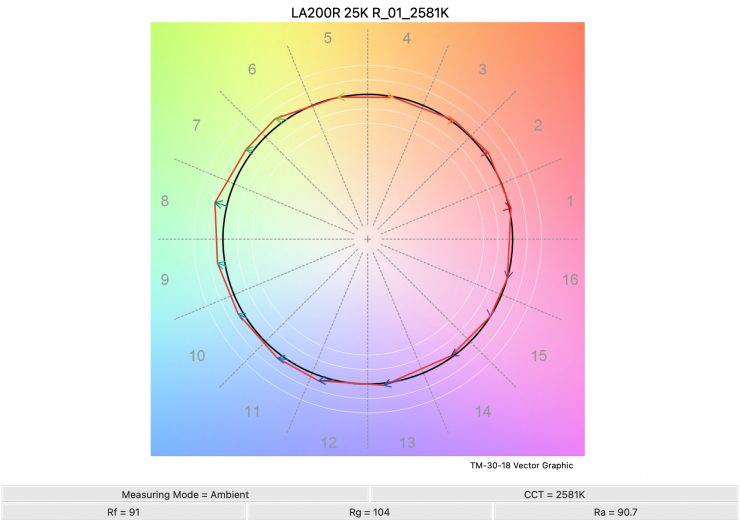

2500K 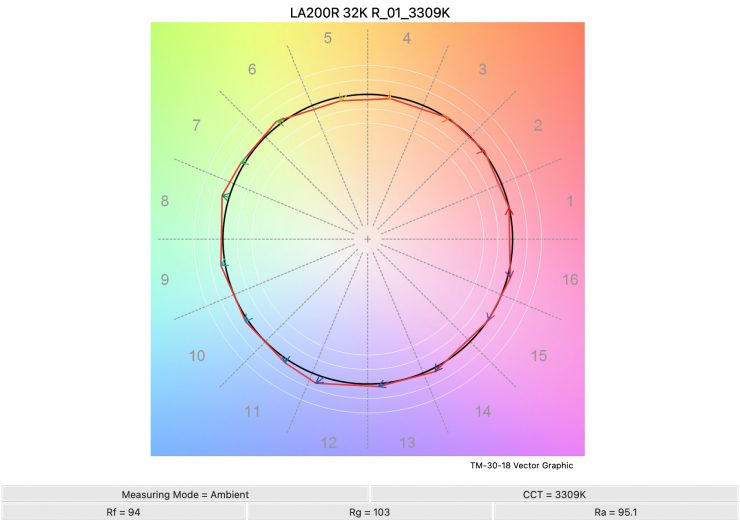
3200K 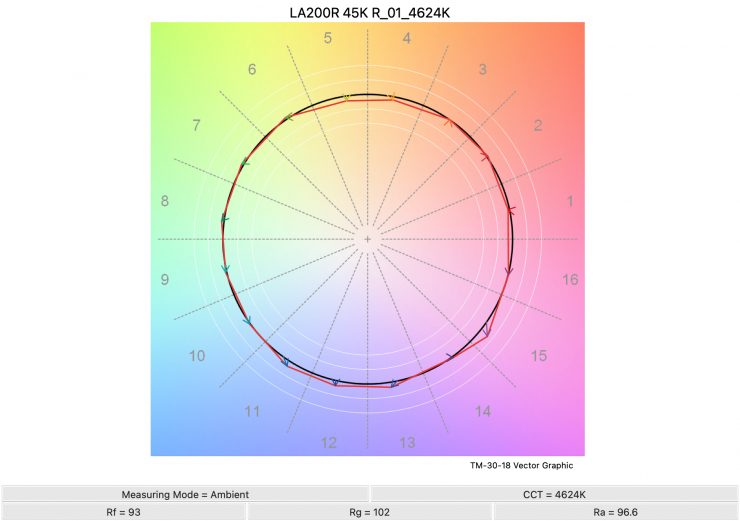
4500K 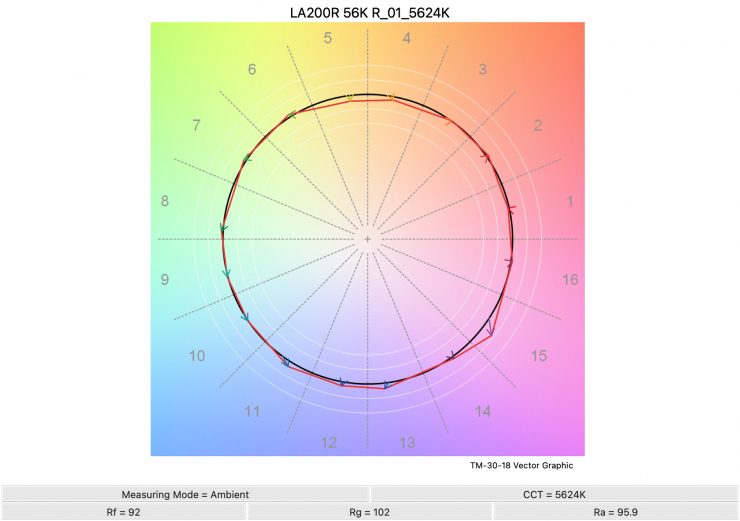
5600K 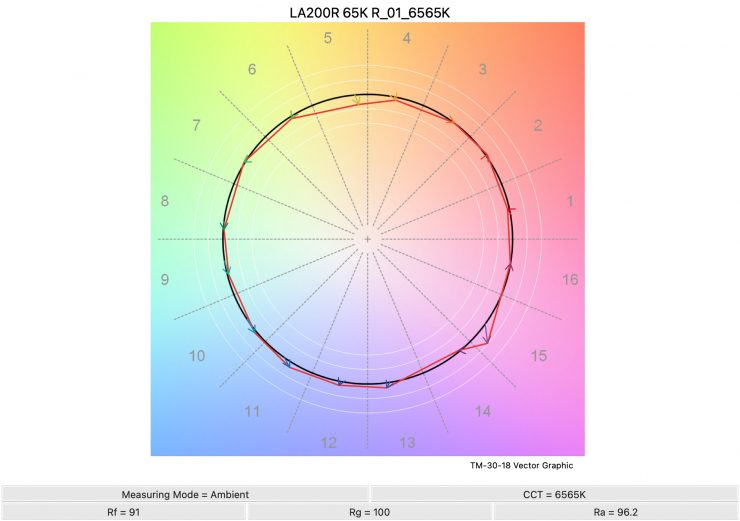
6500K 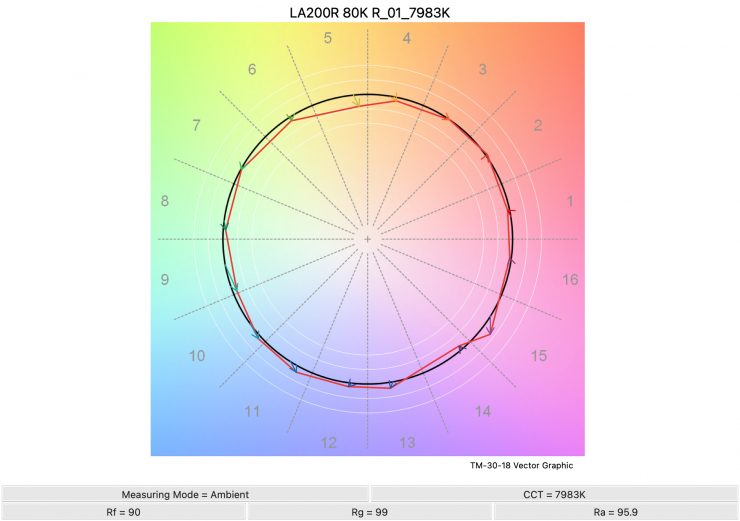
8000K 
Above you can see the scores for the Godox Litemons LA300R at various Kelvin color temperatures.
Here are the results:
| Rf | Rg | |
| 2500K | 91 | 104 |
| 3200K | 94 | 103 |
| 4500K | 93 | 102 |
| 5600K | 92 | 102 |
| 6500K | 91 | 100 |
| 8000K | 90 | 99 |
| 10000K | 89 | 98 |
These were decent results and they show me that the light is capable of producing fully saturated colors at most of its CCT settings.
Accuracy when creating saturated colors
Let’s see how the LA200R performs when creating super-saturated colors.
0° – RED
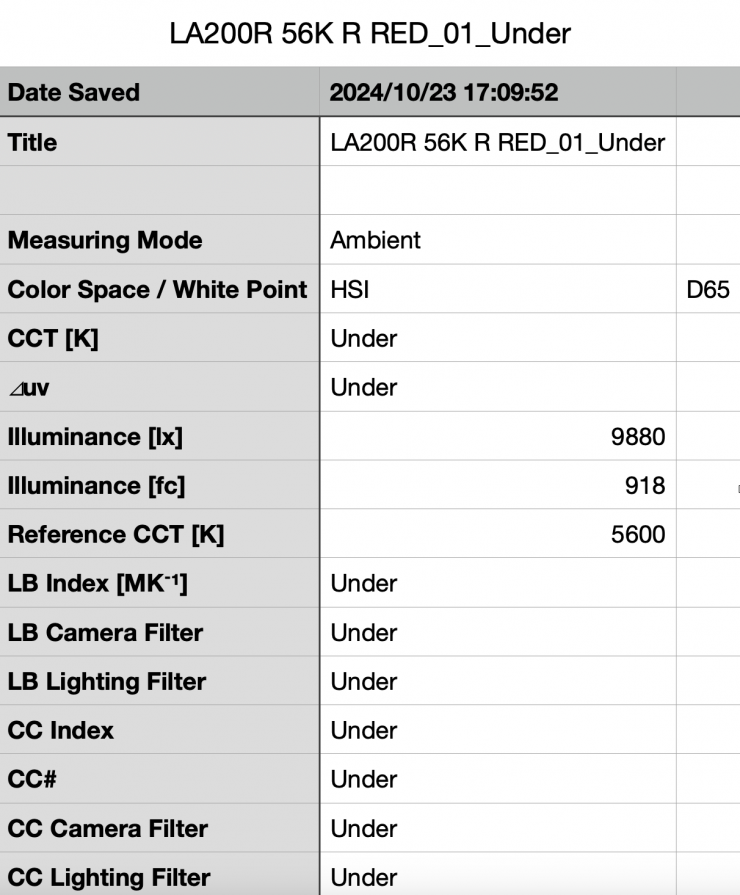
Above you can see that the light recorded an output of 9880 lx / 918 fc @1m / 3.3′.

As far as creating an accurate 0° RED, the LA200R was perfect.
120° – GREEN
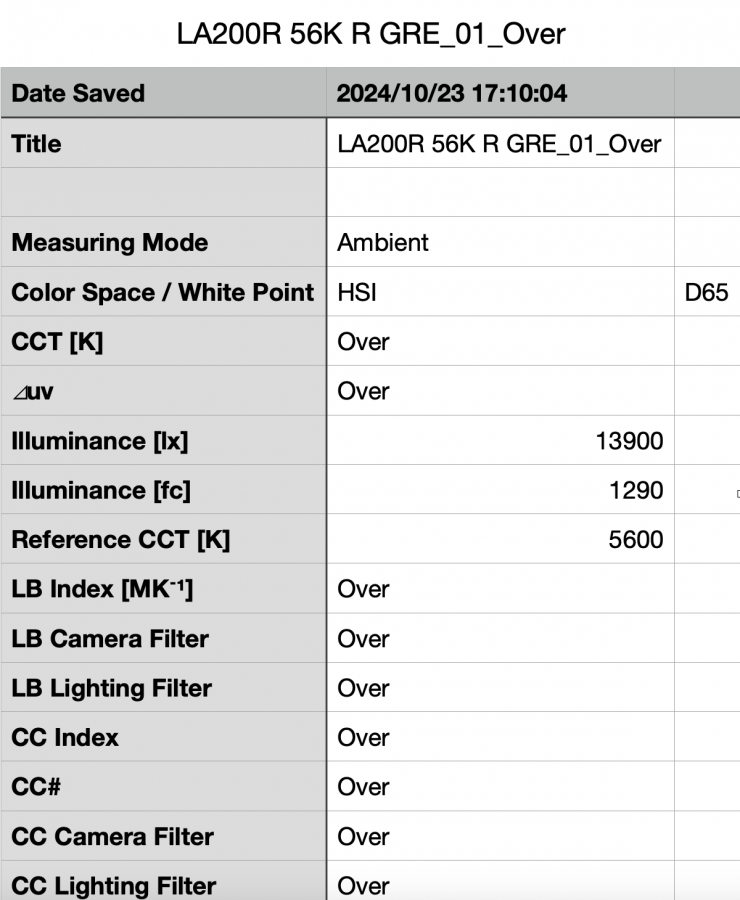
Above you can see that the light recorded an output of 13,900 lx (1290 fc) @1m / 3.3′.

As far as creating an accurate 120° GREEN, the LA200R was perfect with with a 120° reading and 100% saturation.
240° – BLUE
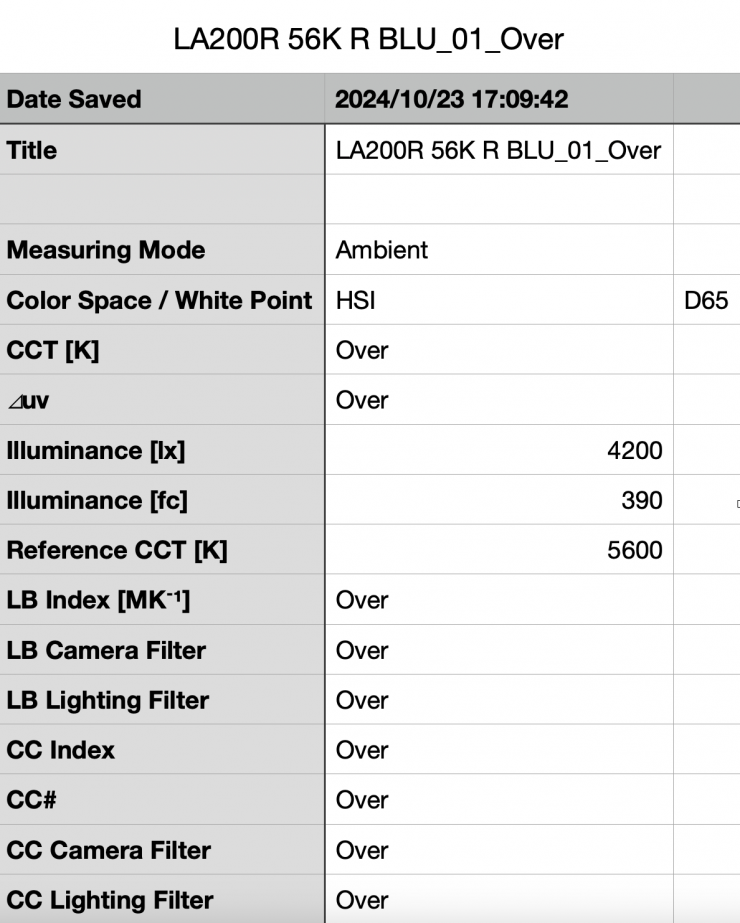
Above you can see that the light recorded an output of 4200lx (390 fc) @1m / 3.3′.

As far as creating an accurate 240° BLUE, the LA200R was perfect with a reading of 240°, with 100% saturation.
60° – YELLOW

Above you can see that the light recorded an output of 8930 lx (829 fc).

As far as creating an accurate 60° Yellow, the LA200R was 14° off with a reading of 74°.
Because the light is RGBWW and not RGBACL it is going to struggle to recreate some fully saturated colors such as yellow accurately.
SSI
SSI (Spectral Similarity Index) was developed by the Sci-Tech Council of the Academy. SSI gives me the ability to set any light as a standard, or use predefined standards (such as CIE D55), and then give other lights an SSI score based on how well they will match standards such as CIE D55. This way I can measure spectral response and compare it directly against an ideal light source. This is actually a much better test than recording CRI scores.
3200K
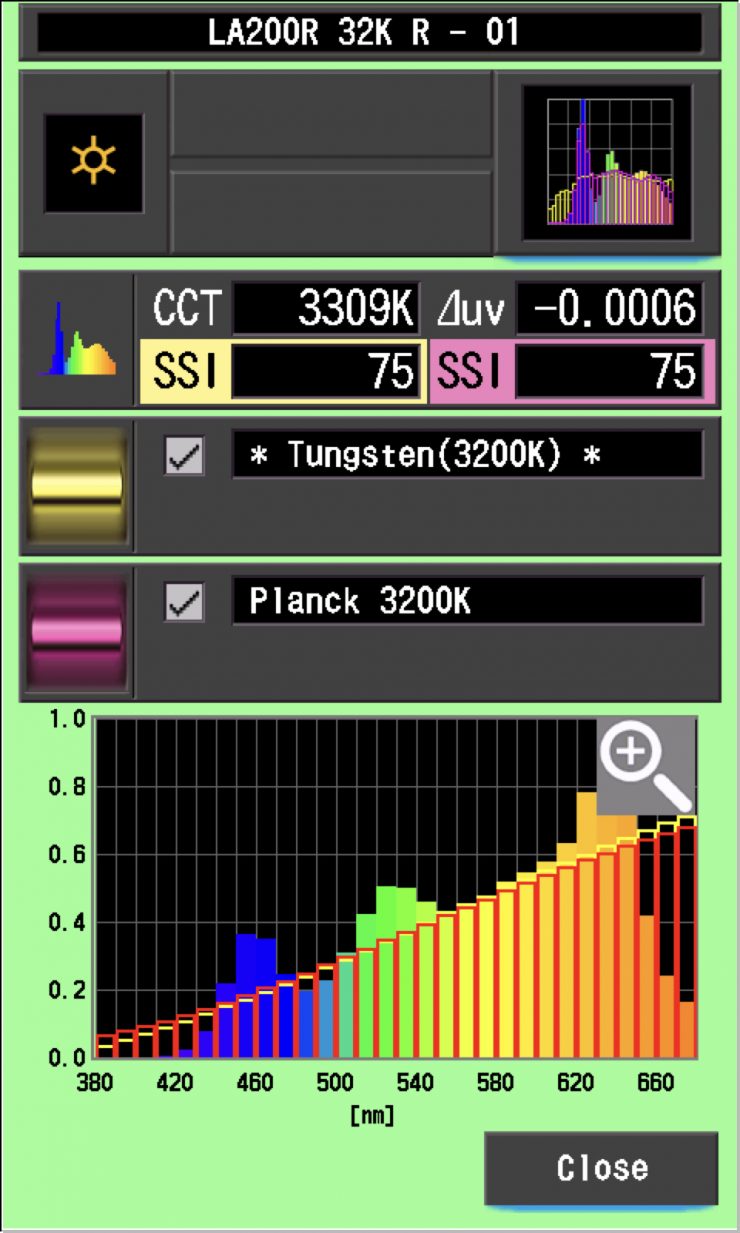
In this graph, the red bars indicate a perfect Planck 3200K source. The gold bars indicate a perfect 3200K Tungsten source. This lets us compare how close to a perfect 3200K lighting source the Godox Litemons LA200R is. Any SSI score in the high 70’s, low ’80s is very good for a 3200K LED light. As you can see, LED lights have a hard time replicating colors below about 450nm.
5600K
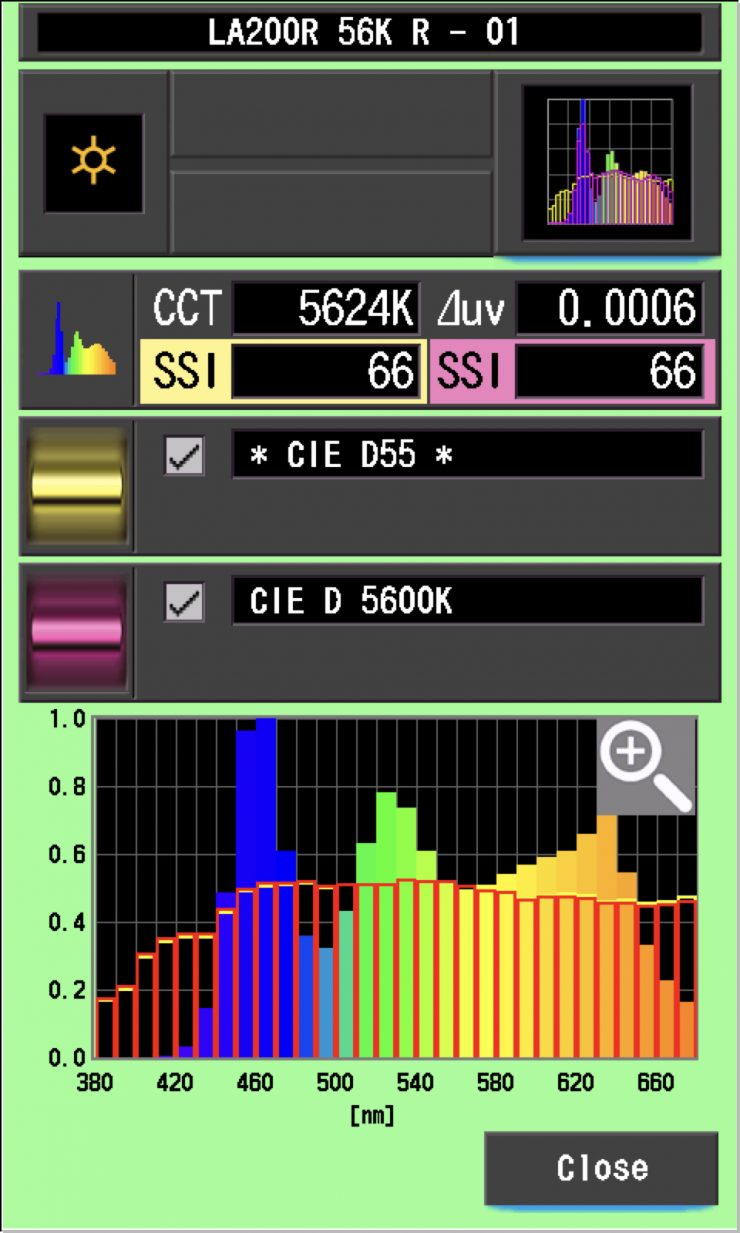
In the graph above the gold bars indicate a perfect CIE D55 source. The red bars indicate a perfect CIE D 5600K source. This lets us compare how close to a perfect 5600K lighting source the LA200R is. A score in the low 70’s is typical for a 5600K LED source. The LA200R had a score that was below that and this is one of the worst results I have seen from a modern-day LED light when used at 5600K. A score of 66 is not good.
The main reason we want to record SSI scores is so we can see how well they match with other lights. As an example, I wanted to see how well the Godox Litemons LA200R matched the ARRI Orbiter and the Prolycht Orion 675 FS. Below you can see the results.
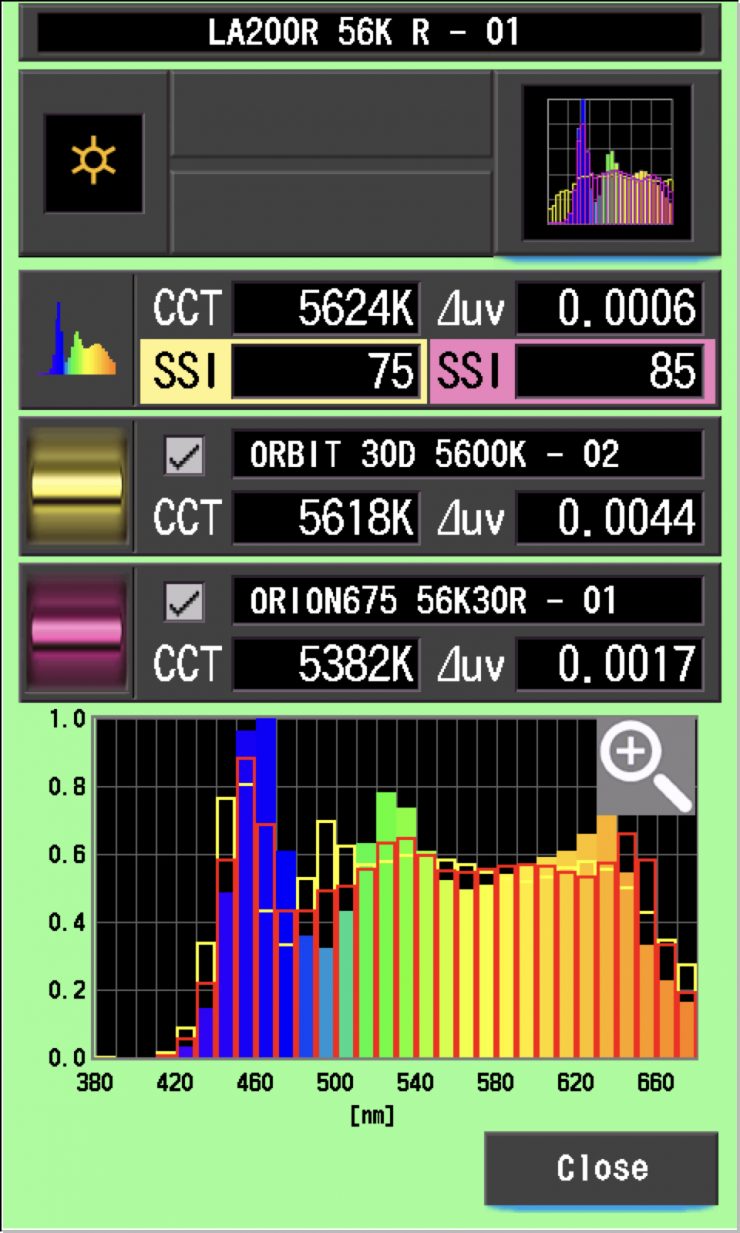
As you can see the Prolycht is a reasonable match to the Godox. However, the Godox doesn’t really match up well with the ARRI.
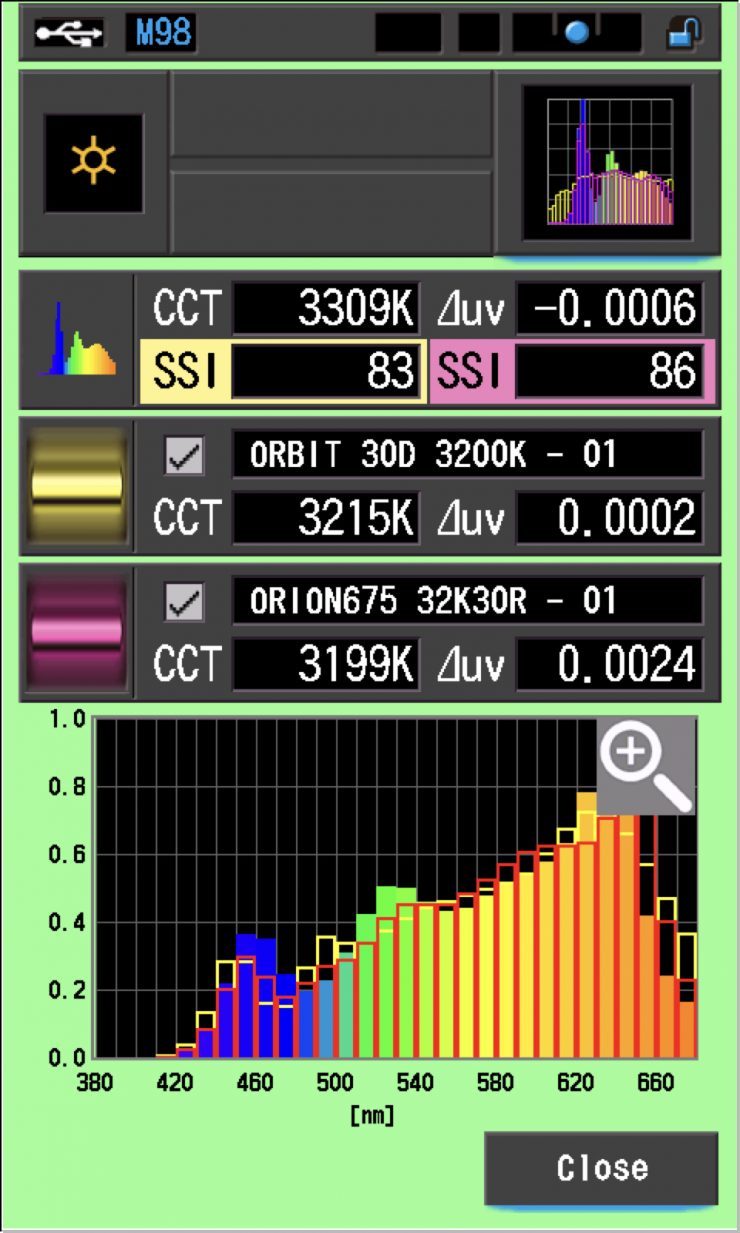
At 3200K, it is a similar story.
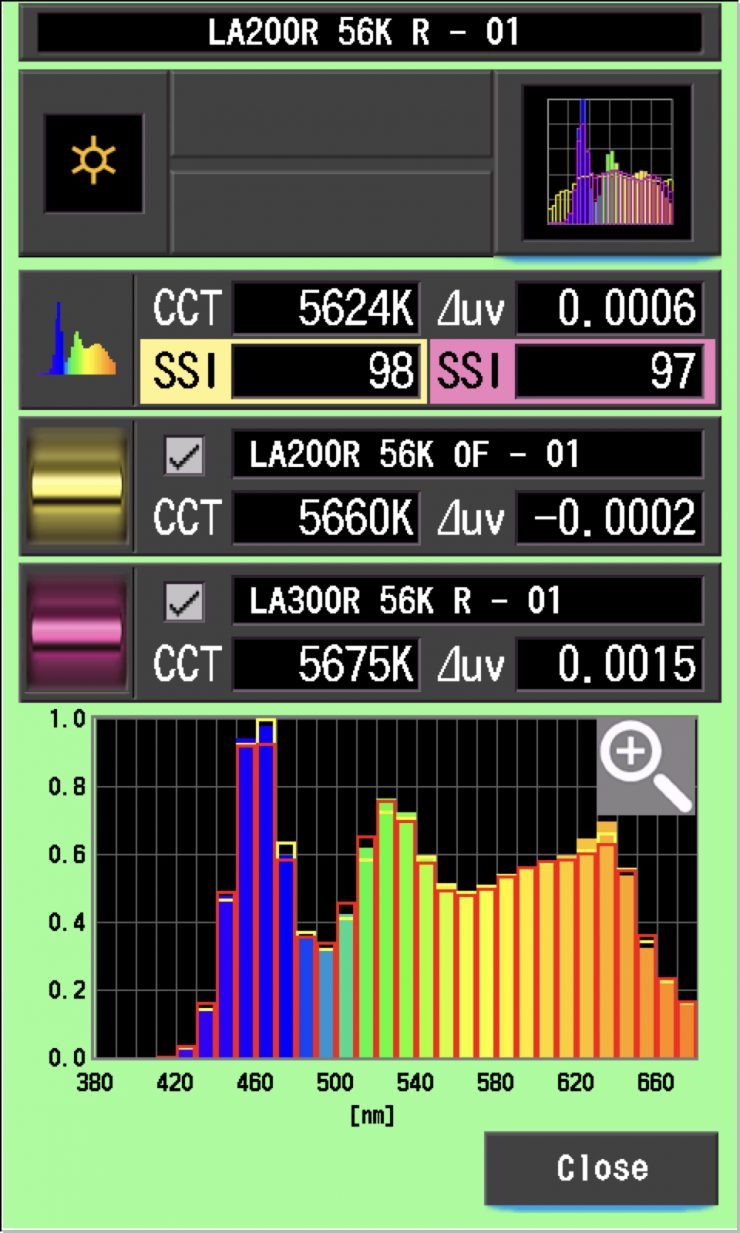
Above you can see how well the light matched against the Litemons LA300R and against itself when used without the reflector. As you can see, the light is almost a perfect match, in both cases.
SSI tests are a great way of telling you what lights you own or use will work well together.
Spectral Distribution
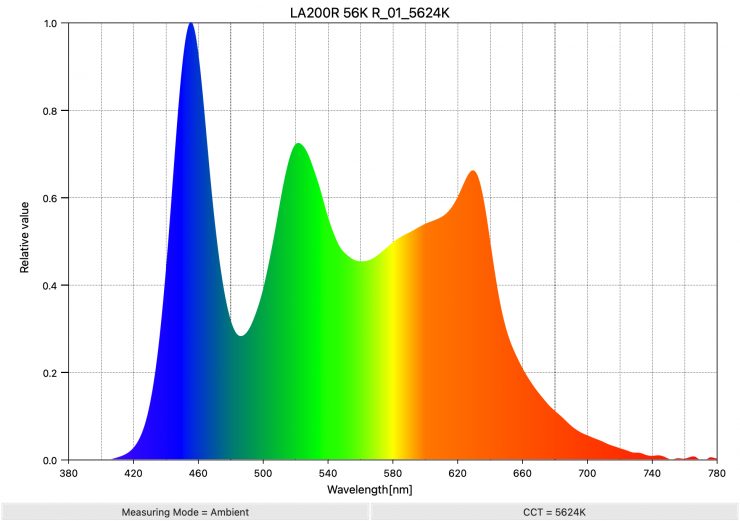
Above you can see the spectral distribution of the Godox Litemons LA200R when it is set at 5600K. The spectral distribution is a bit all over the place and you can see a big green spike.
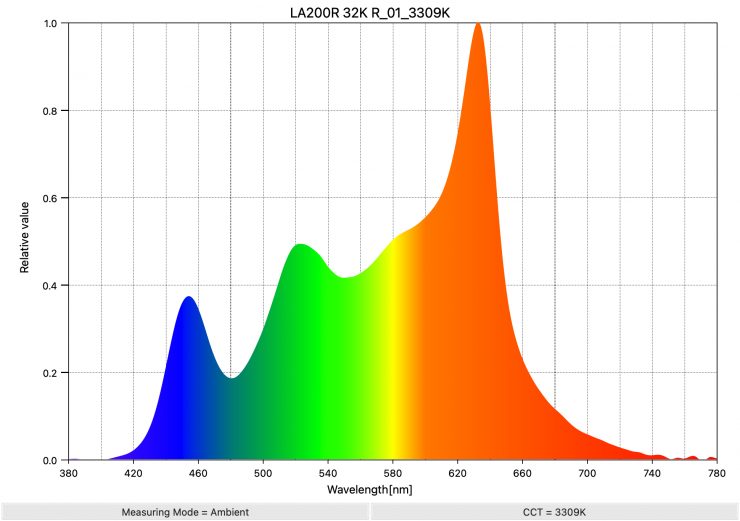
Above you can see the spectral distribution of the Godox when it is set at 3200K. Again, just like at 5600K, the spectral distribution isn’t overly full and there is a green spike.
Real-World Performance & Quality of Light
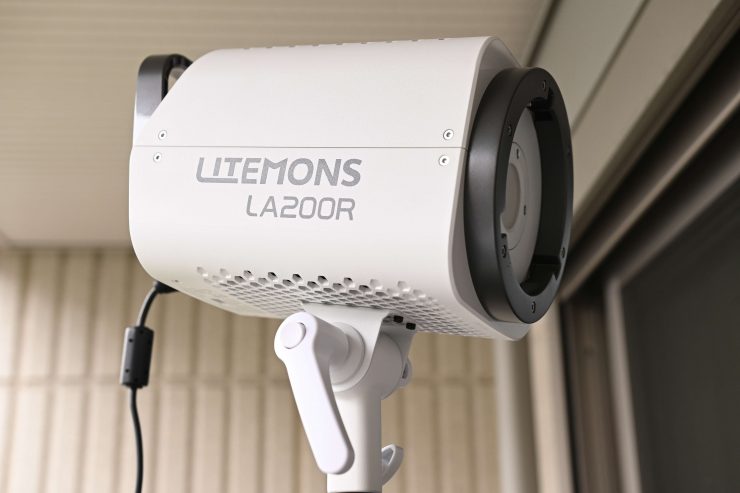
As I always say, photometric scores only tell you part of the story. So let’s find out if the scores from Godox Litemons LA200R translate into good real-world performance.
The photometric data can only give me scientific data and it is much more important for me to see how the light looks and performs.
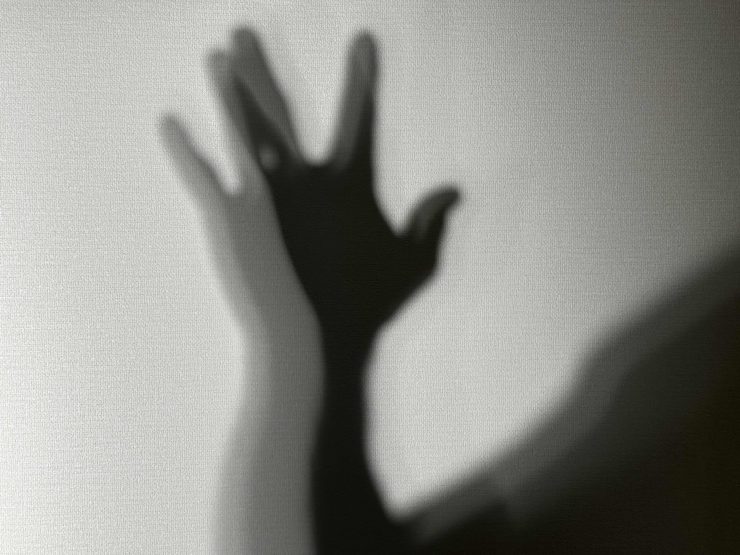

60° Reflector 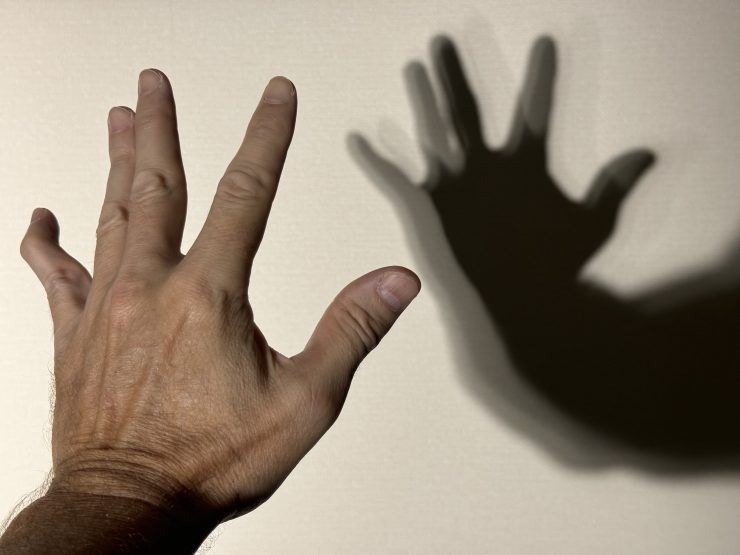
60° Reflector 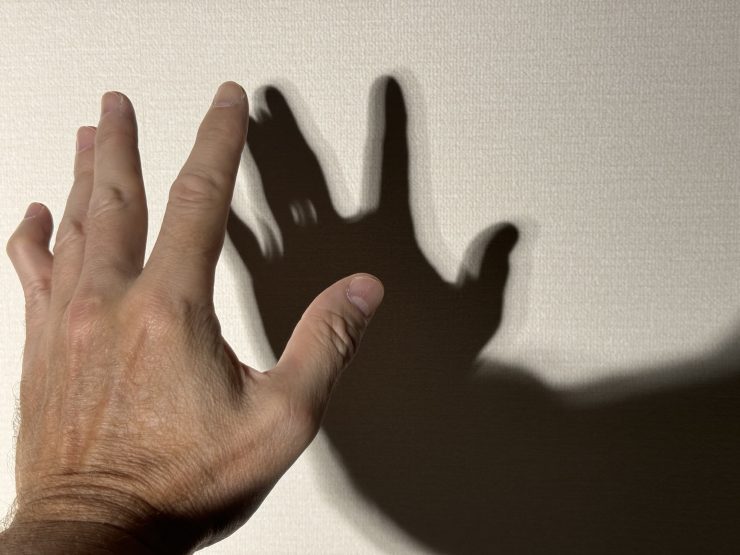
60° Reflector 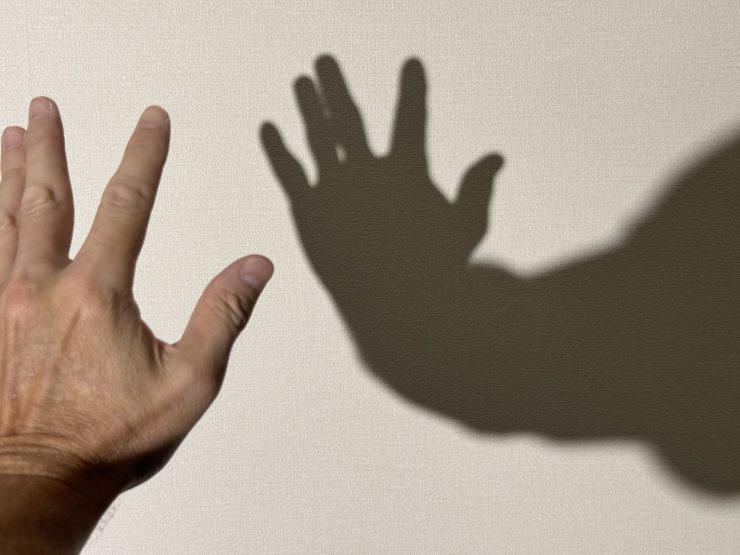
Open Face 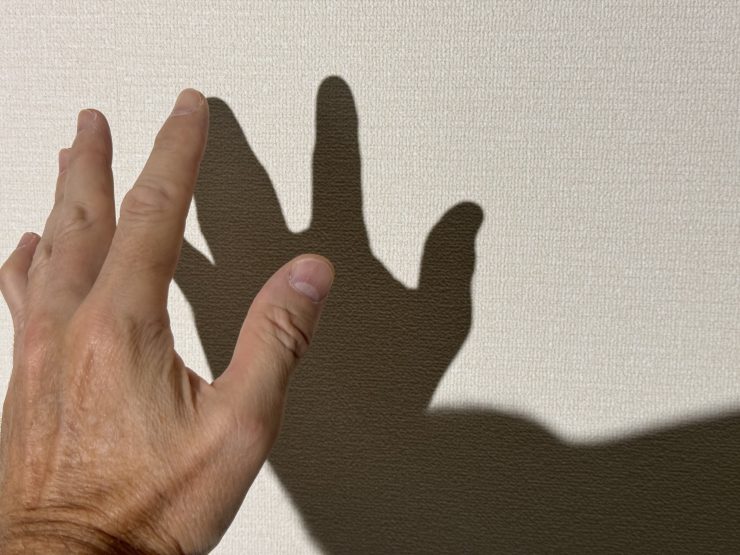
Open Face
As the COB has a form of diffusion on top of it you don’t get the hatched shadows that you will find with some COB lights.
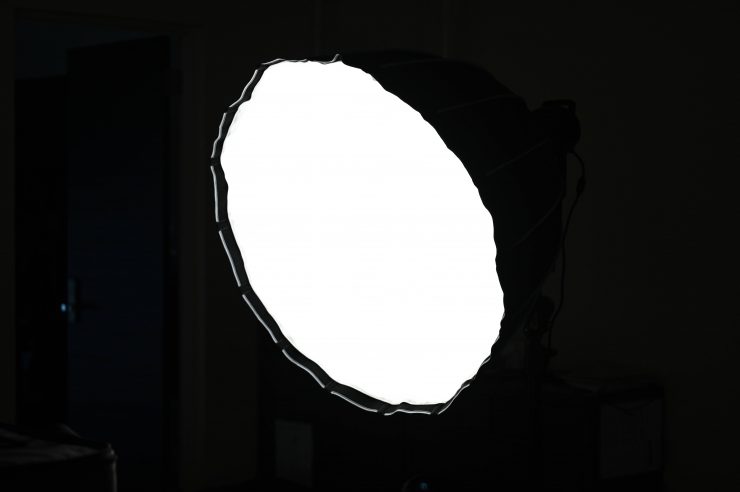
It is very easy to create a soft, flattering light source using the Godox by using modifiers. I found that by using a softbox you could create a very soft lighting source without needing to punch it through a diffusion screen. This makes it a very quick and easy light to use for interview situations or for any scenario where you need soft light. While the light doesn’t fully fill up a big softbox, it still does a decent enough job.

Above you can see what the light looks like with a softbox being used. For these examples, the light was set at 100% intensity.


Reflector 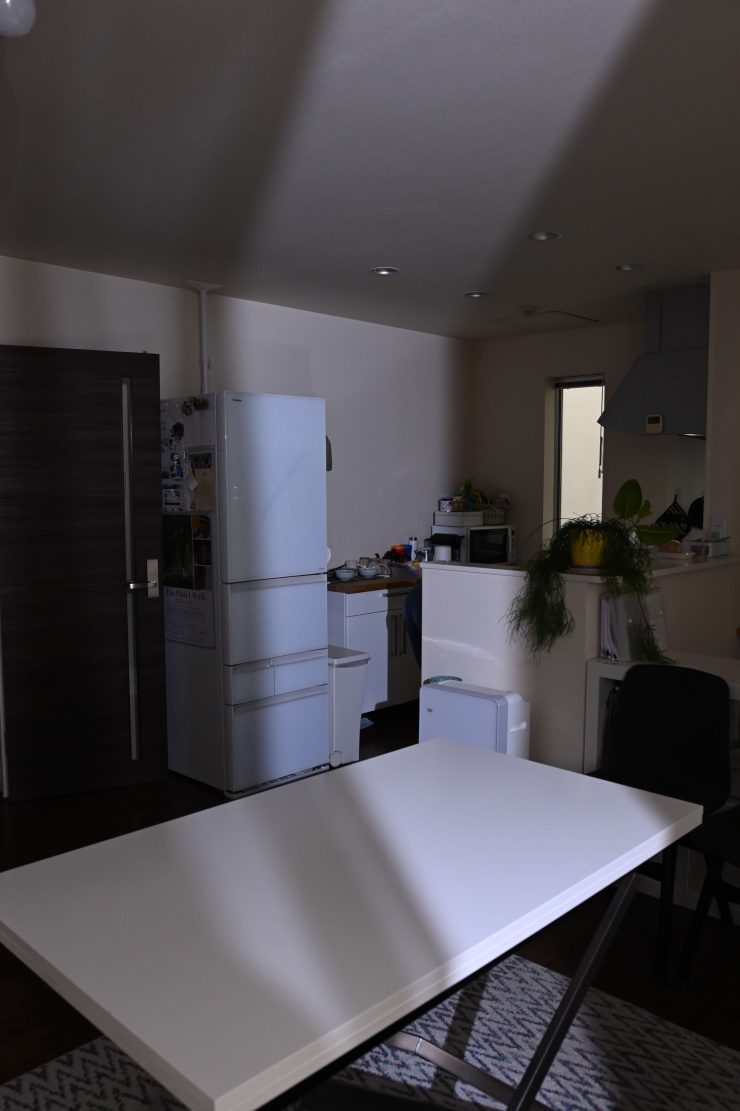
Open Face 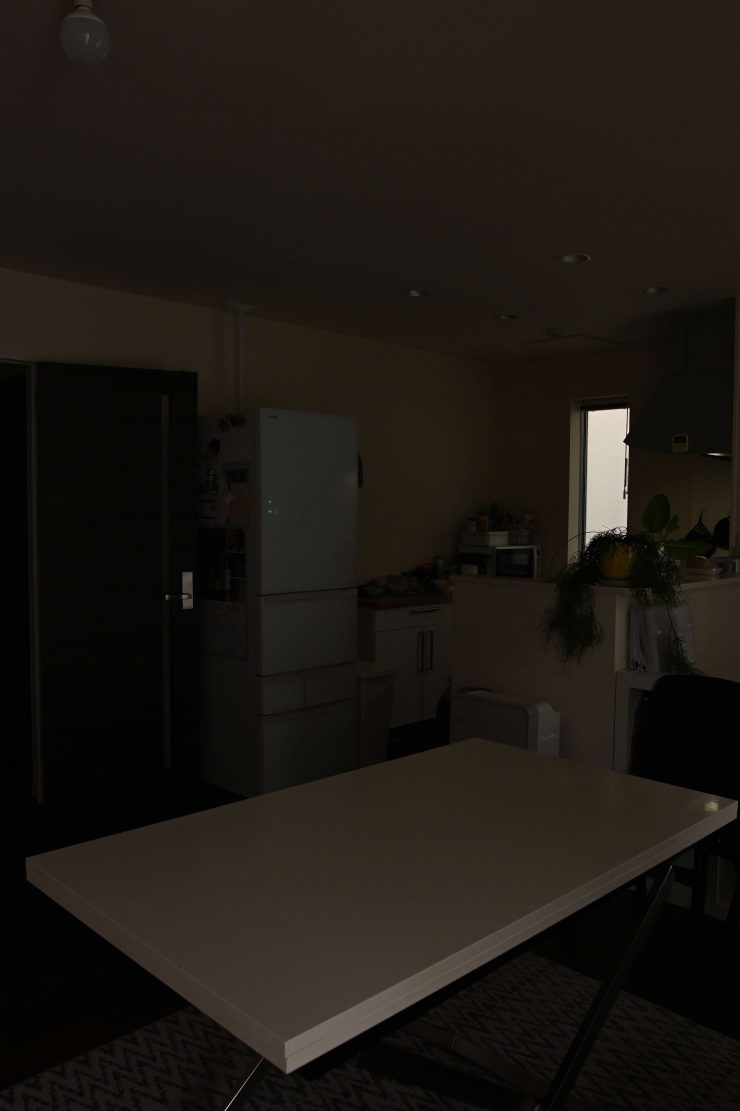
Light Off
Above you can see what the light looks like when it is placed outside and punched through a curtain shear. I have kept the camera settings the same for all of the shots.
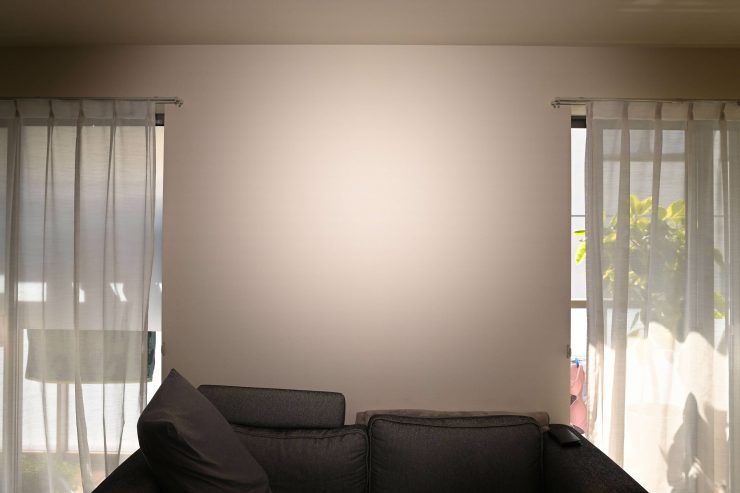
The light does have a hot spot in the middle when using the included reflector that you can see above.
Who is the Godox Litemons LA200R aimed at?

You could use the Godox Litemons LA200R for lots of different applications, but the light is certainly being aimed at budget-conscious shooters who want a good quality full color COB fixture that won’t cost a fortune.
It is priced to appeal to owner-operators who are looking for a jack-of-all-trades lighting solution. The LA200R has the ability to be a hard light source or a soft source. There is a reason that COB lights such as this have become very popular with shooters and that is because of their versatility.
The Godox is likely to appeal to solo shooters and small crews who are looking for a similar light to some of the offerings from amaran and Nanlite.
Accessories
As the Godox Litemons LA200R uses a Bowens mount so you can attach a large range of affordable accessories and modifiers. If you own multiple lights that utilize a Bowens mount you can swap and switch around accessories.
Price & Availability
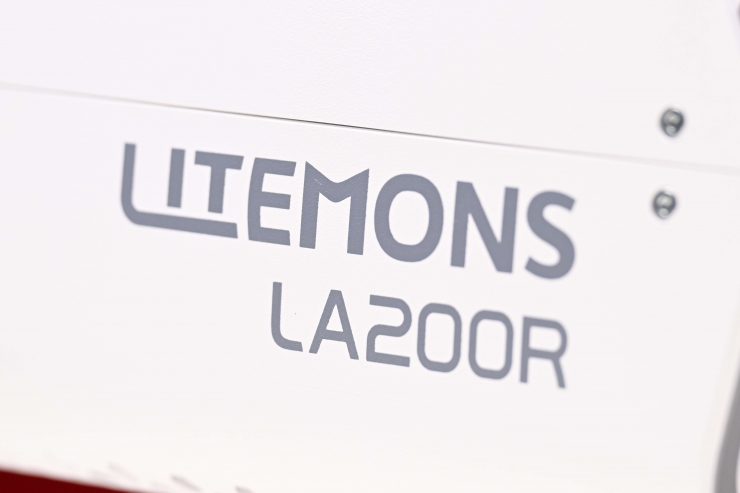
The Godox Litemons LA200R RGB LED Monolight is now available for $419 USD.
You can also purchase it from Amazon here and here.
Below you can see how the price compares to some of the competition:
| PRICE | |
| Godox Litemons LA200R RGB LED Monolight | $419 USD |
| amaran 150c RGB LED Monolight | $359 USD |
| COLBOR CL220R 220W RGB COB LED | $399 USD |
| GVM SD200R RGB & Bi-Color LED | $299 USD |
The Godox Litemons LA200R RGB LED Monolight faces stiff competition from competing fixtures made by amaran, COLBOR, and GVM.
Conclusion
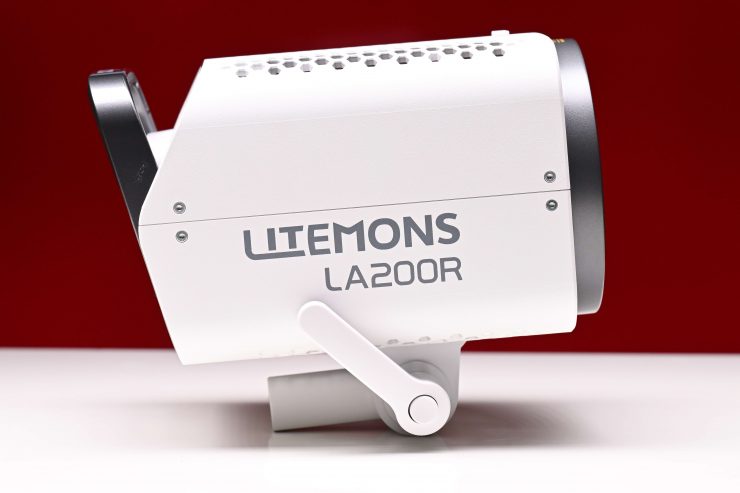
The Godox Litemons LA200R is a decent option if you are looking for an affordable full-color fixture. Its photometric scores were a bit of a mixed bag. The CRI scores were decent enough, but the scores for TLCI and SSI were not great. For a modern-day LED light, I expected better.
The CCT accuracy could be a lot better below 5600K, however, unlike its bigger brother the LA300R, it does maintain CCT accuracy when dimming the light down.
The output is good considering the power draw, and the light is compact and easy to travel with, although it is the same size as the more powerful LA300R.
The interface and operating system are reasonably straightforward and easy to use, as is the app. By utilizing a Bowens Mount you can utilize a large array of lighting modifiers without having to spend a ton of money.
The fan noise is almost non-existent, which means it can easily be used when recording critical audio.
With a lot of modern LED lights, the quality of the LEDs being used is very similar, even across the price spectrum. What separates the lights comes down to build quality, features, and usability.
The LA200R doesn’t stand out in any particular way, and that makes it a hard sell for Godox when it has to compete against more affordable options.
Like what we do and want to support Newsshooter? Consider becoming a Patreon supporter and help us to continue being the best source of news and reviews for professional tools for the independent filmmaker.

